If you’re looking for a nature-immersed getaway adventure on the African continent, Rwanda should be at the top of your list. As you fly into Kigali, you’ll notice that several establishments sit on hills that provide stunning views of the city. Passing by miles of lush-green valleys while driving higher and higher up the hills, one thing becomes certain: Rwanda is a biodiversity and ecotourism gold mine.
I spent two weeks in Rwanda, mainly in the capital city Kigali, but also venturing to the countryside to experience more of Rwanda’s beautiful landscapes and experiences.
In this Rwanda travel guide, I will tell you what you should know about visiting Rwanda to help you plan your trip while recounting my experience in the Land of A Thousand Hills.
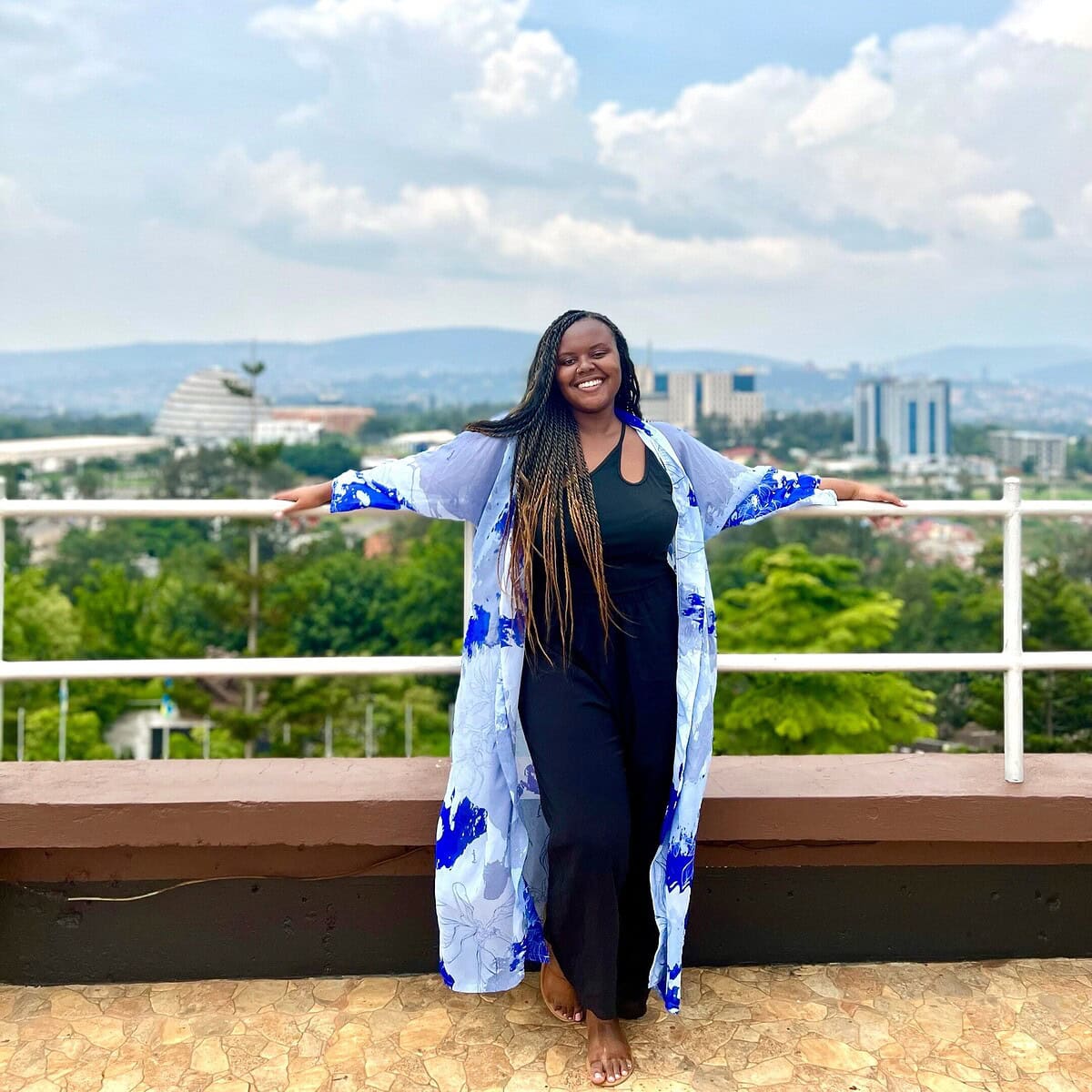
Table of Contents
ToggleOther Blog Posts About Rwanda:
- 33 of the Best Things to do in Rwanda
- 9 Cafes to Visit in Kigali
- The Nest Rugando in Kigali Hotel Review
Helpful Resources for Planning Your Trip to Rwanda:
Getting to Kigali: Flight Details
I’ve been living in Accra for 1.5 years now, so I flew to the Kigali International Airport (KGL) from the Kotoka International Airport (ACC) with Ethiopian Airlines.
My ticket was $513 roundtrip and included a short layover in Addis-Ababa, the capital of Ethiopia.
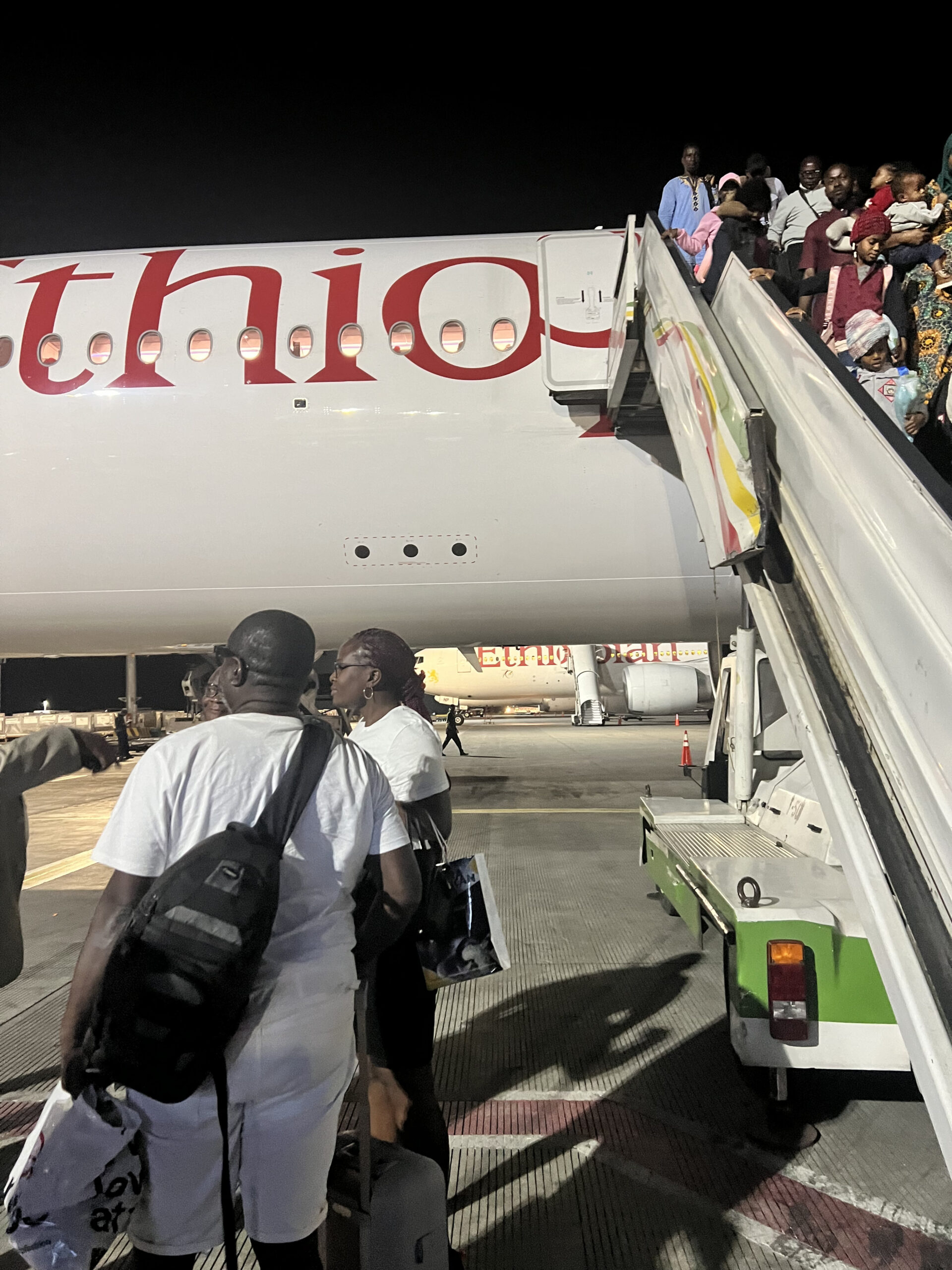
My flight itinerary was as follows:
- Accra to Addis-Ababa: 4 hours
- Layover in Addis-Ababa: 30 minutes
- Addis-Ababa to Kigali: 2 hours
Total Travel Time: 6h 30m
Flying with Ethiopian Airlines
My trip from Accra to Kigali was my first time flying with Ethiopian Airlines. From my research, I’ve noticed that Ethiopian Airlines is an affordable option for travel within Africa compared to many other airline companies which is why I wanted to include it in this Rwanda travel guide. I was seated in economy.
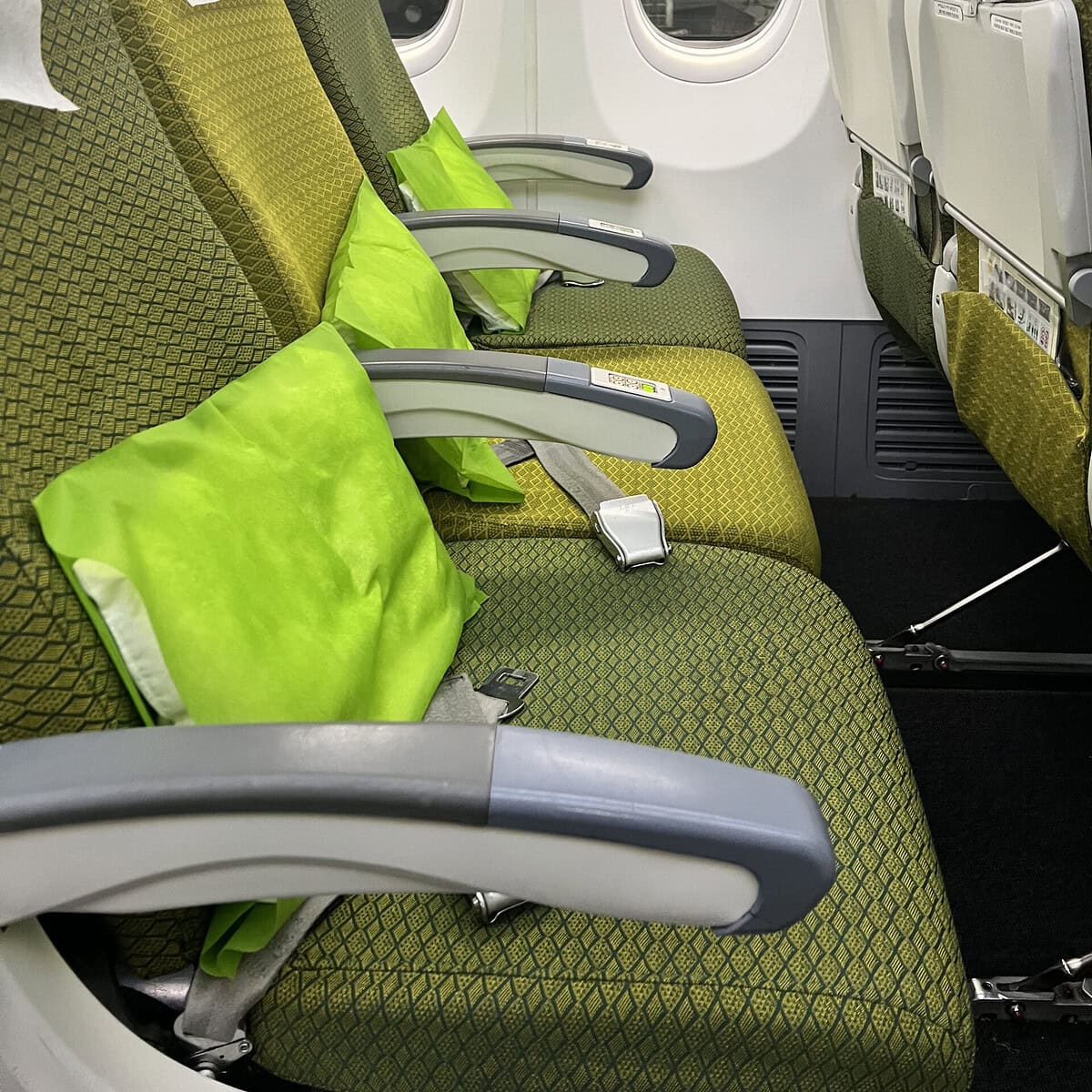
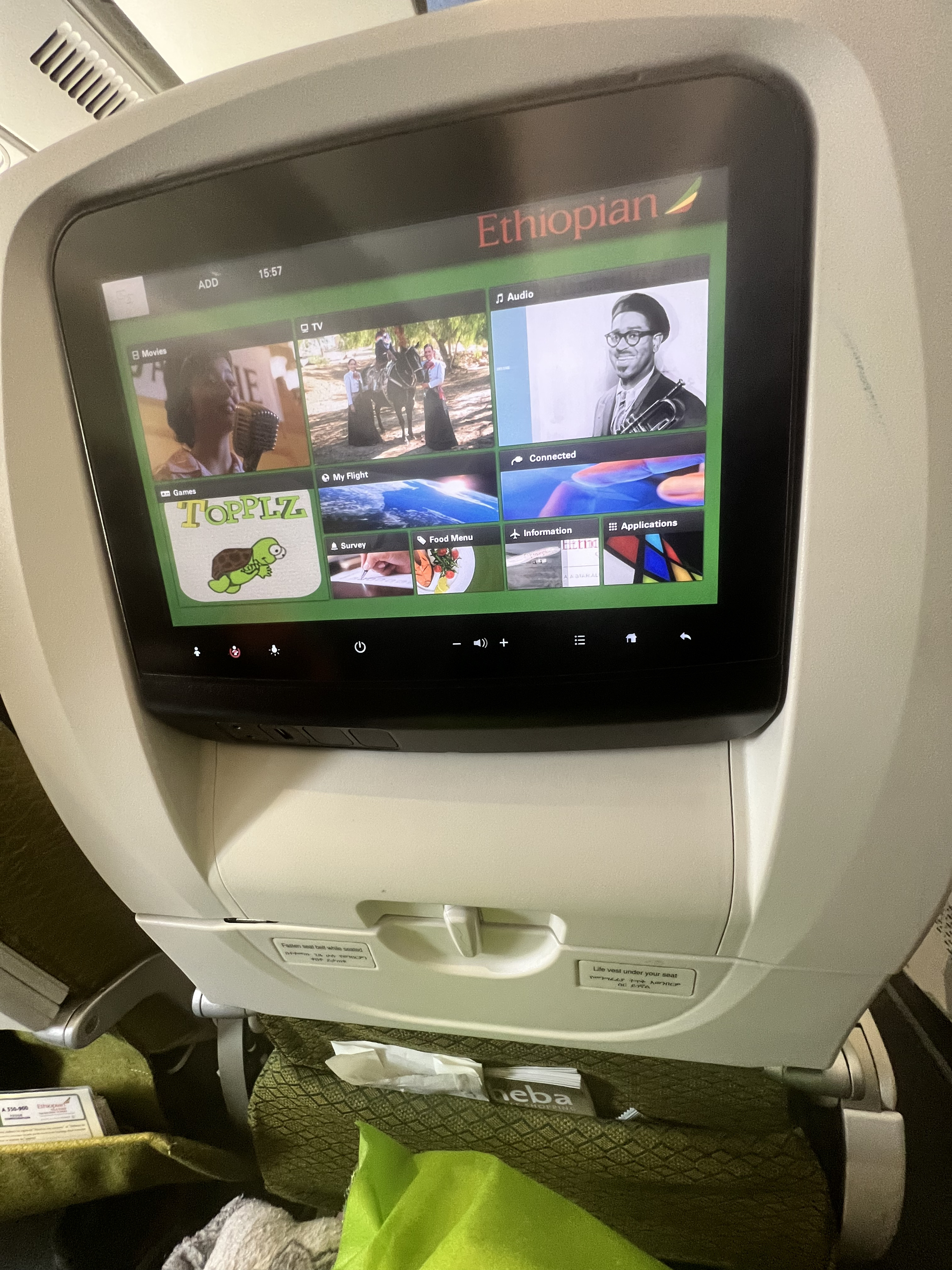
Baggage
I’m including a whole section on baggage for this airline because it’s the biggest weight limit I’ve ever seen offered by an airline.
The airline’s website states that the maximum weight limit in a single bag is 32 kg. This converts to 70 pounds. I was very impressed and shocked to see this as most airlines cap their weight limit at 40 – 60 lbs in my experience.
In addition to this, the airline emailed me 48 hours before my flight with an offer to earn an extra 5kg (10 lbs) on my bags if I checked in for my flight online. This makes a total of 80 lbs.
I had carry-on luggage which the rule was:
| Economy 1pc 7kg and business 2pc/7kg each. Hand luggage should not be treated as checked in baggage.” |
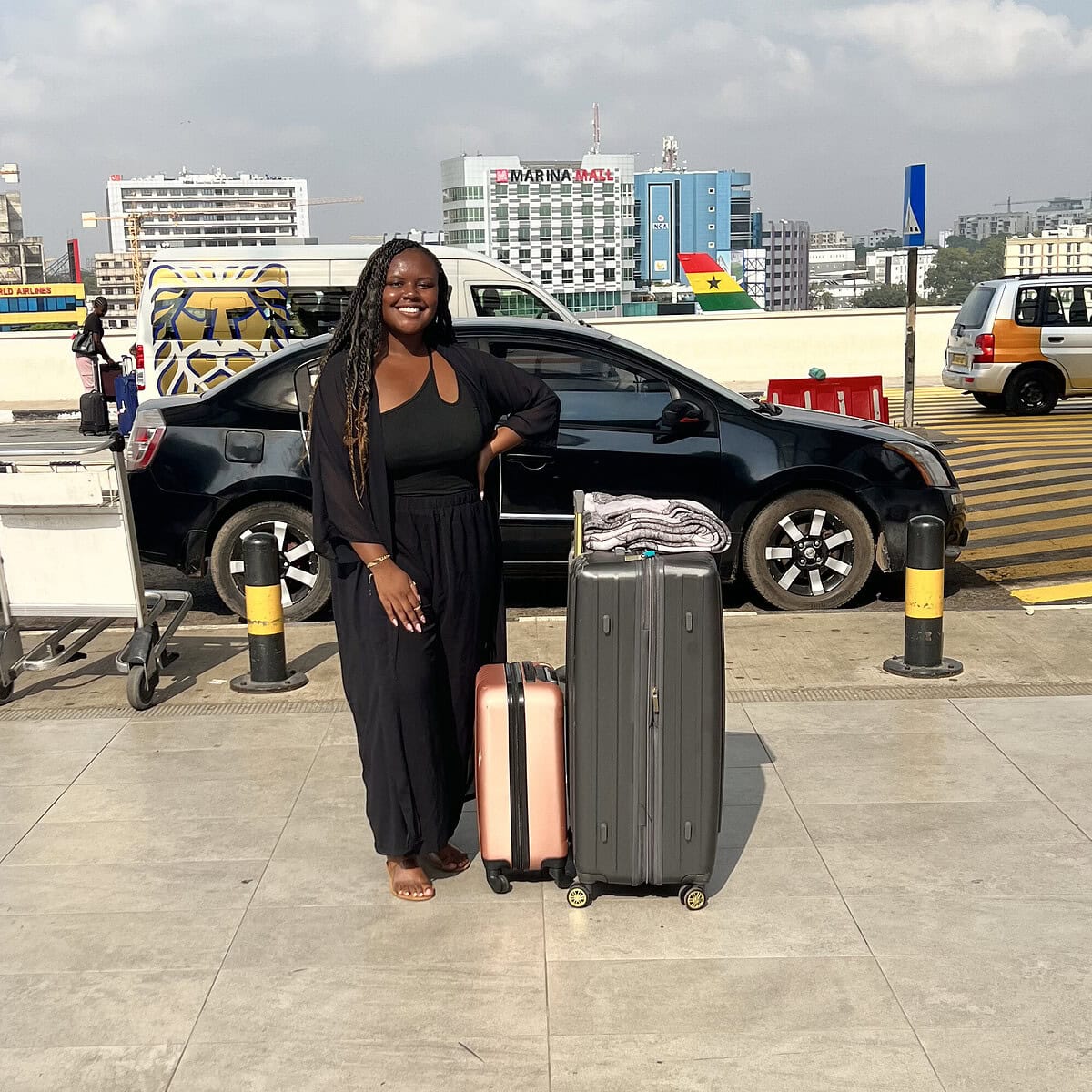
At the check-in counter at the airport in Accra, the agent told me that the limit was 25kg (55 lbs), whereas my luggage was pushing 29kg (63 lbs). She had me transfer clothes from my checked bag to my carry-on bag to get the weight down to 27kg (59 lbs).
I mentioned the bonus 5kg that was offered to me for checking in online that would have covered the amount I was over, but the agent stated that the bonus could only be applied between two checked bags. This was not stated ANYWHERE online, so I was very confused and knew it wasn’t right. However, I’m not one to argue with airport employees before a flight to avoid any issues.
While packing, I was more concerned about my carry-on being over the weight limit since I thought they were generous with the checked baggage weight limit. However, the agent said she was not concerned with the weight of the carry-on.
This was a bit disappointing, but I think a part of me knew it was too good to be true. However, if it is advertised, I do think it should be honored, or employees at the airport should be made aware.
I reached out to the Ethiopian Airlines customer service line and was told that it should have been honored the first time, so I guess it just depends on how the check-in agents feel!
Returning to Accra two weeks later, however, I had no issues. My bag was over 25kg, and the agent had zero issues with this.
In-Flight Meals
Ethiopian Airlines did provide meals for both segments of my journey to Rwanda. The meal consisted of the following:
- The option of fish or chicken with plain white rice and red sauce
- Cream cheese and salted crackers
- Moon shortbread cookies
- Cold rice
- A water bottle
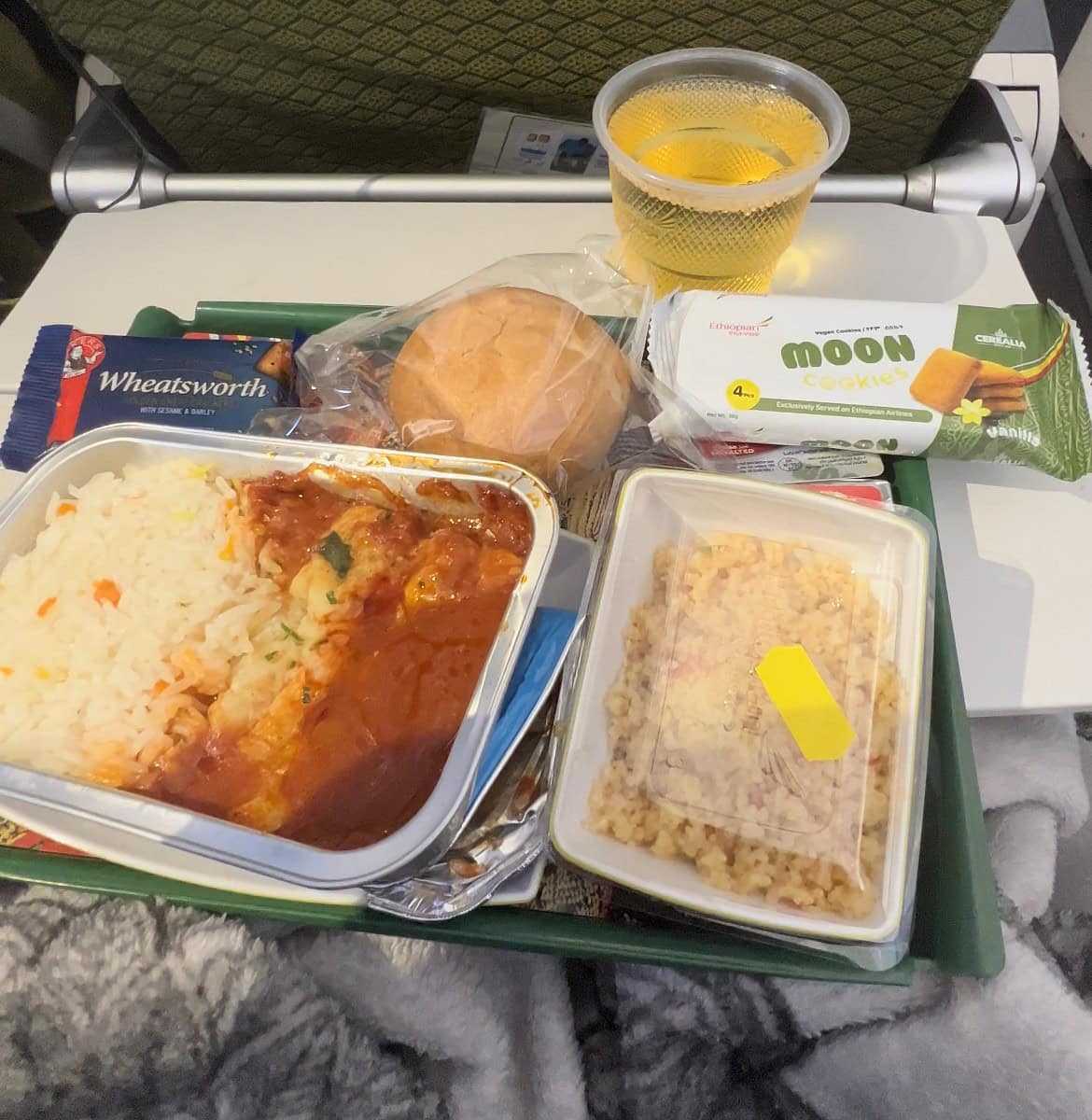
It was the same meal for both flights, but I am extremely impressed that a full meal was offered on the 2-hour flight. I was running off airplane food that day, which was helpful! The service on both flights was great as well!
Onboard Entertainment
There was a selection of movies, TV shows, and music being offered, but I honestly didn’t care for any of the ones offered. This was my first time not watching a movie on a mid-length flight, but the option is there if you’re up for it.
Airport
To get to Kigali, you will fly into the Kigali International Airport (KGL). Kigali is the capital of Rwanda and is a great place to start exploring Rwanda. The airport is about 7 miles from the city center and seems to be a short drive to major hotels, or at most about a 30-minute drive away from local accommodation options in Kigali.
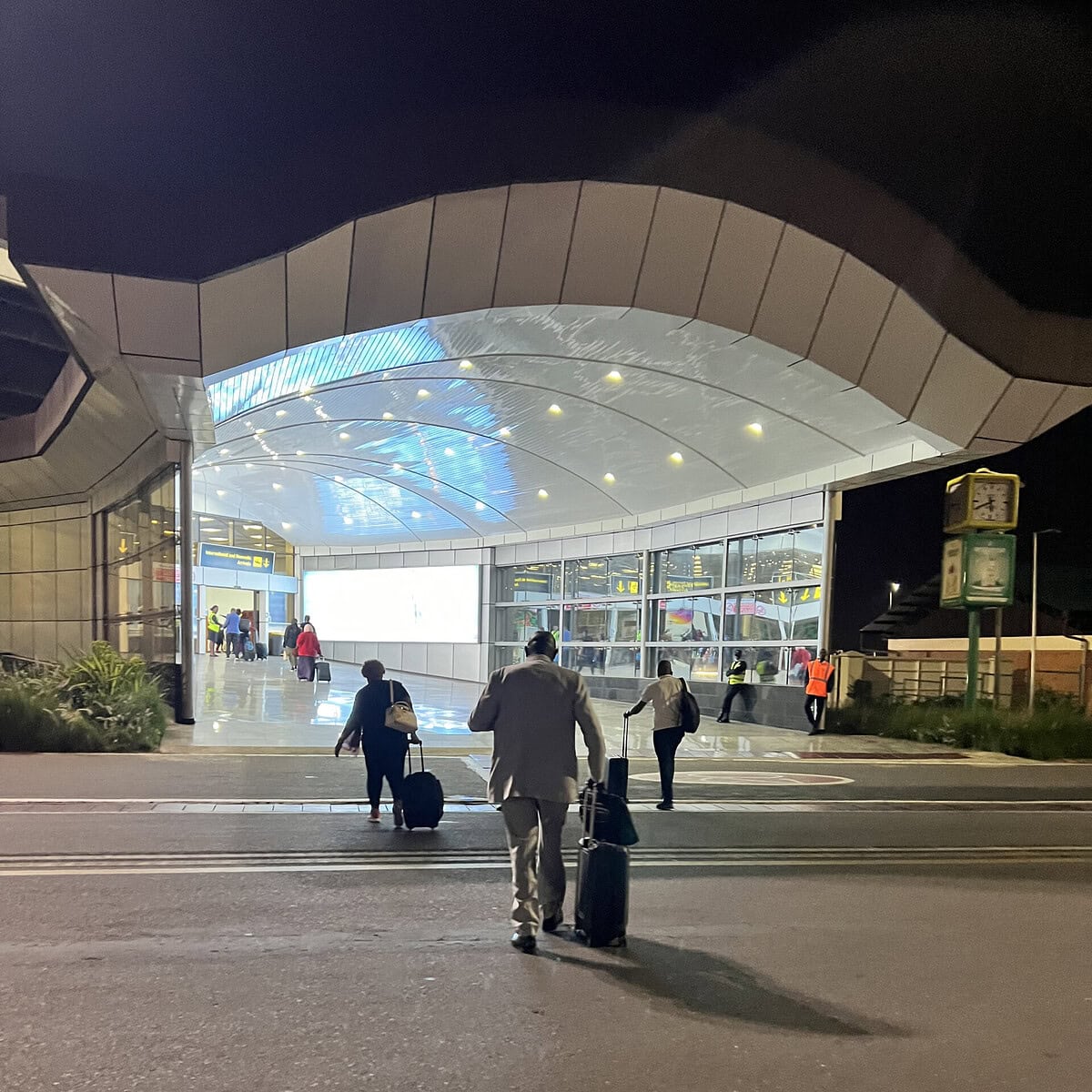
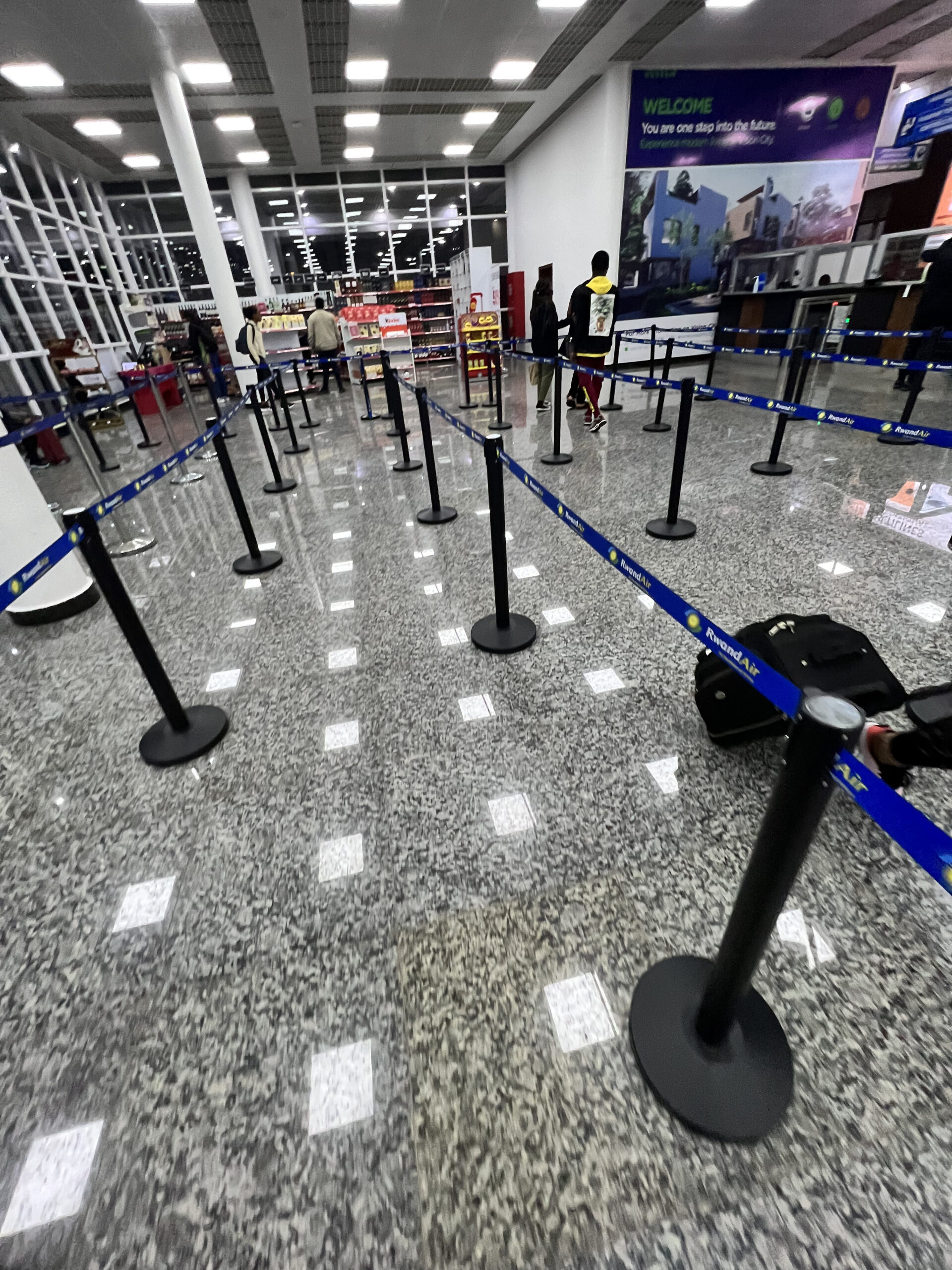
Upon arrival, the Kigali airport is easy to navigate. It’s a pretty small airport, so once I got off the plane, I was directed to the passport control area, where Rwandan citizens and international visitors receive their entry stamps.
Entry Requirements
As a United States passport holder at the time I visited Rwanda (December 2022), the entry requirements for me were:
- U.S. passport must be valid for six months after entry into Rwanda.
- One blank page in passport
- Yellow Fever vaccination
- Obtaining a visa on arrival
I was asked by a boarding agent before checking into my flight while in Accra for my COVID vaccination card.
My yellow fever vaccination card was never asked for prior to boarding and when I arrived in Kigali. However, being that I traveled from Accra, which has a somewhat strict yellow fever entry requirement, that may have played a factor in not being asked, but I am not 100% certain.
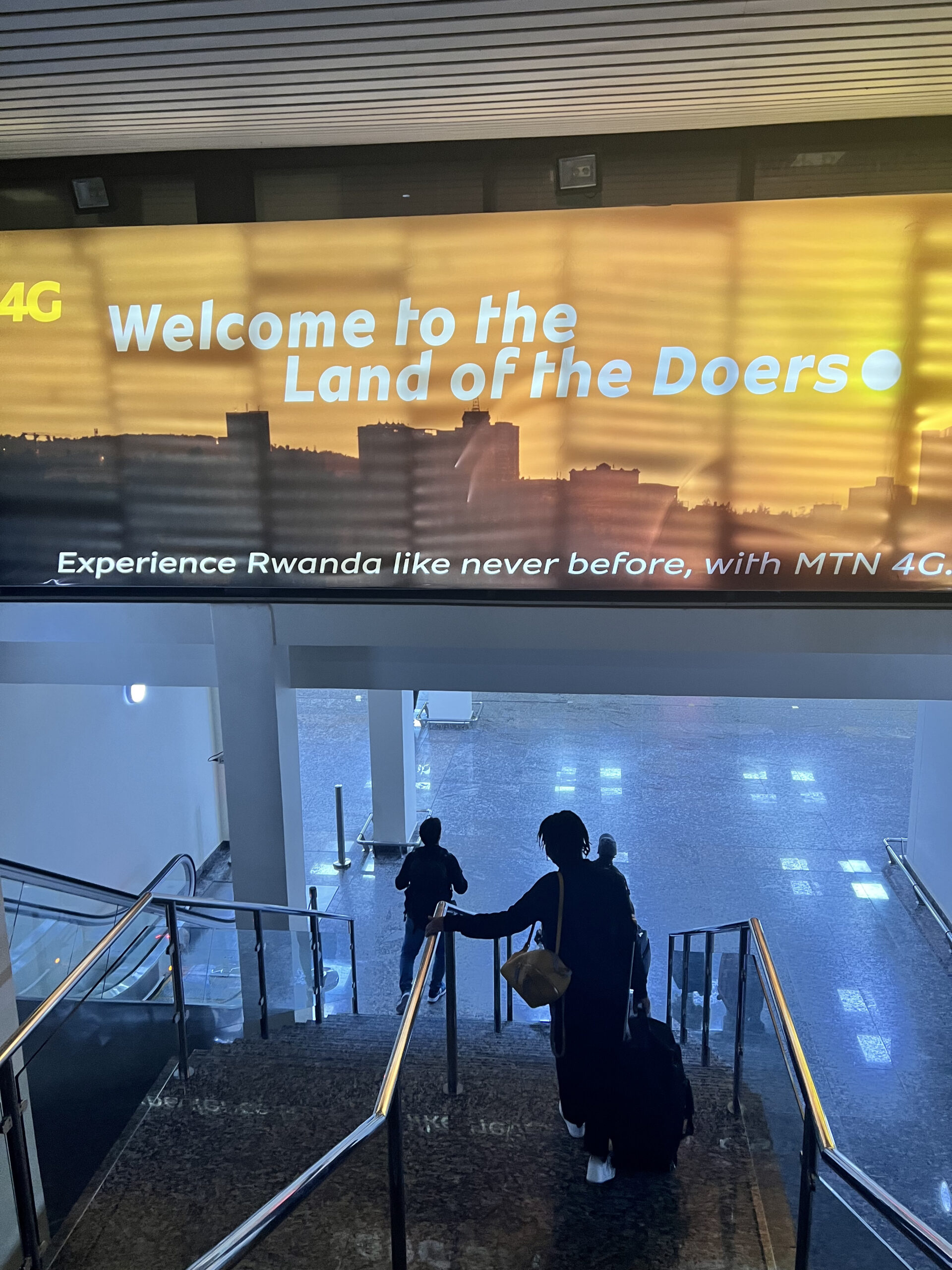
Can I get a visa on arrival in Kigali?
Yes, depending on your nationality! When reading about Rwanda’s entry requirements, I saw that several nationalities are granted a visa on arrival.
With a U.S. passport, you get a visa on arrival in Kigali.
You are granted a 30-day tourism visa. It is $50 for a single entry and $70 for multiple entries. You can pay with a credit card, but I would also have cash on you in case the POS systems are down. I believe I saw an ATM near the passport control area, so if anything, you may be able to use an ATM, but I would have dollars already on you when you arrive, in case.
Where is Rwanda located?
Rwanda is located in East Central Africa. The country borders Burundi, Uganda, the Democratic Republic of Congo, and Tanzania.
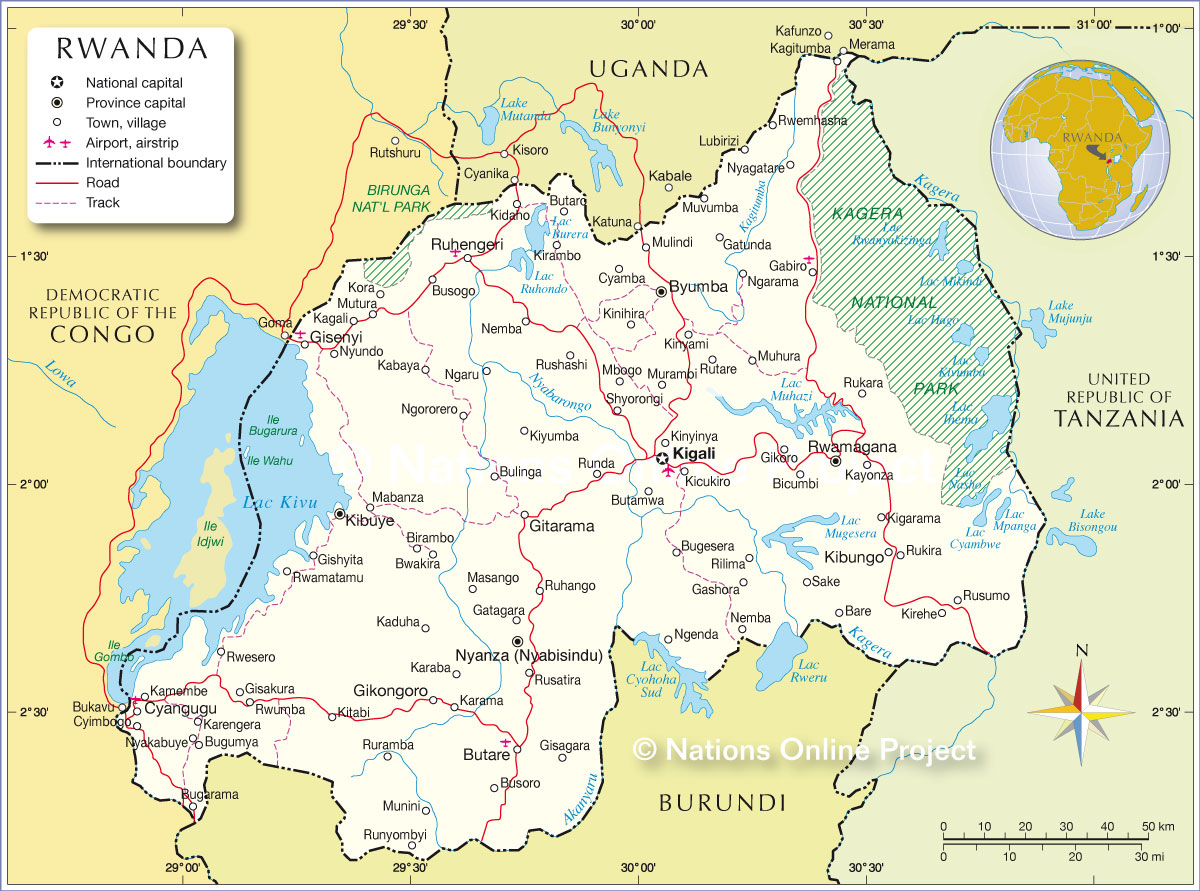
Brief History of Rwanda vs Rwanda Today
Rwanda was colonized by both Germans and Belgians. Germans first arrived in 1895-1916. During World War I, the country was occupied by Belgian troops. Eventually, due to colonial influence and the divisions caused by Europeans in the country, tensions rose, and this led to the Rwandan genocide.
When you think of Rwanda, the Rwandan genocide is probably what comes to mind first. In 1994 over about 100 days, over 1 million Rwandans were killed because of the ethnic group they belonged to.
Colonizers used ethnic groups to divide the people of Rwanda. Things like ID cards specifying which groups people were part of that were not previously a thing and defining people in groups based on the number of cattle owned were implemented.
What makes this interesting is that the identification between the groups was socio-economic, which could change with personal circumstances, but under colonial rule, was eventually made racial with the introduction of the identity card in 1932.
People were categorized into three ethnic groups: Tutsi, Hutu, and Twa.
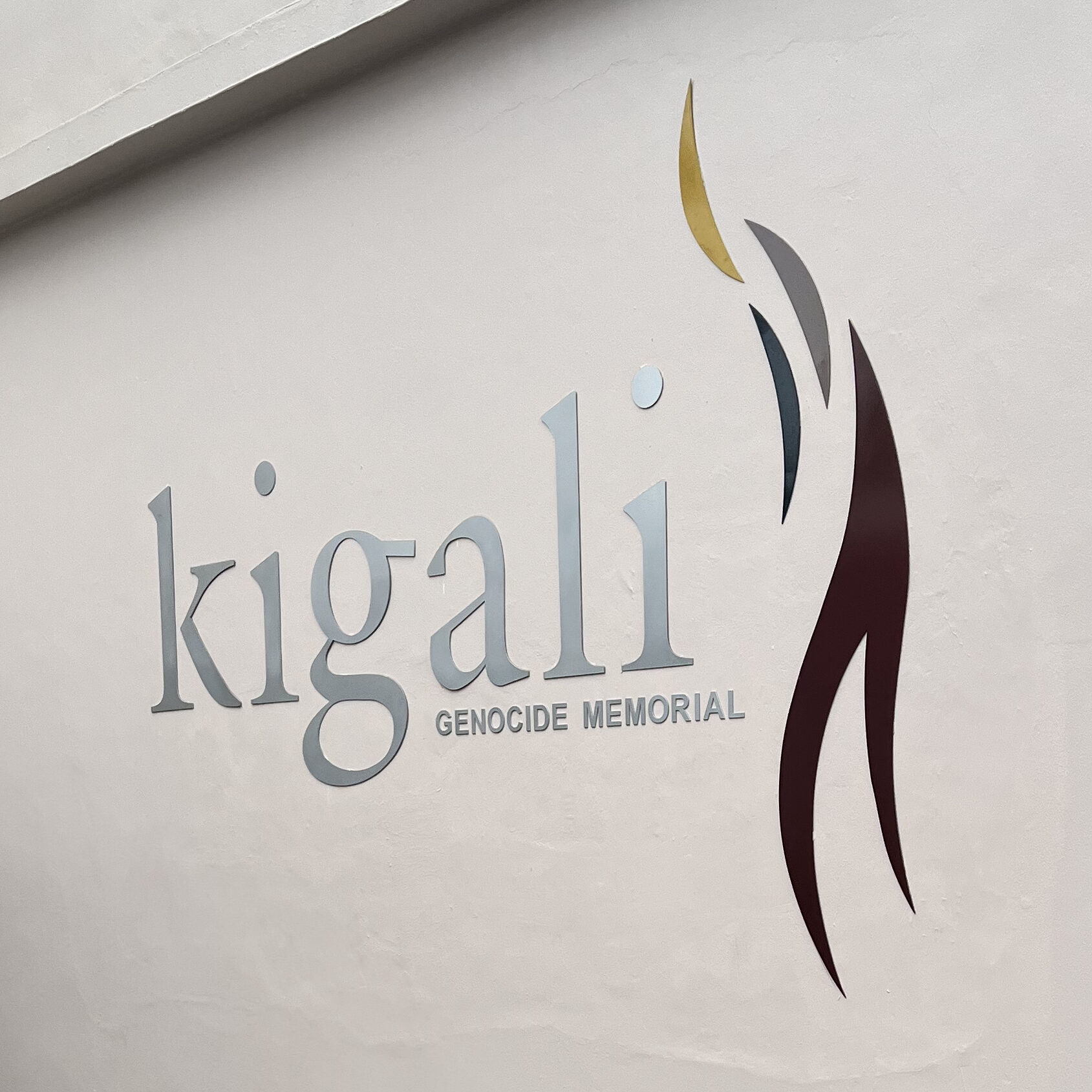
Due to the divisions, the Tutsis became known as a superior group.
Propaganda was a huge part of this as the media was used to convince people to kill their own neighbors, family members, etc. Hutus who refused to take part were also killed. Children watched their family members be killed.
While many may still have a tainted image of Rwanda ingrained in their minds after the unfortunate genocide that occurred in 1994, Rwanda has done a phenomenal job at rebranding the country. The topic of the genocide is what so many bring up at the mere mention of the country, but Rwanda has so much to offer to its guests.
During my visit, I was able to make surface-level connections between Rwanda’s past and initiatives that have been taken by the government today to ensure that past events are not repeated.
There is a large emphasis on safety, security, and community that I felt in Rwanda. On every corner, you could spot an armed security officer at all hours. The genocide targeted people in a specific ethnic group, so today in Rwanda, it is highly discouraged (and just not done, at least not publically) to try to “sort” people into a group. Rwandans today like to think of themselves as one, unified.
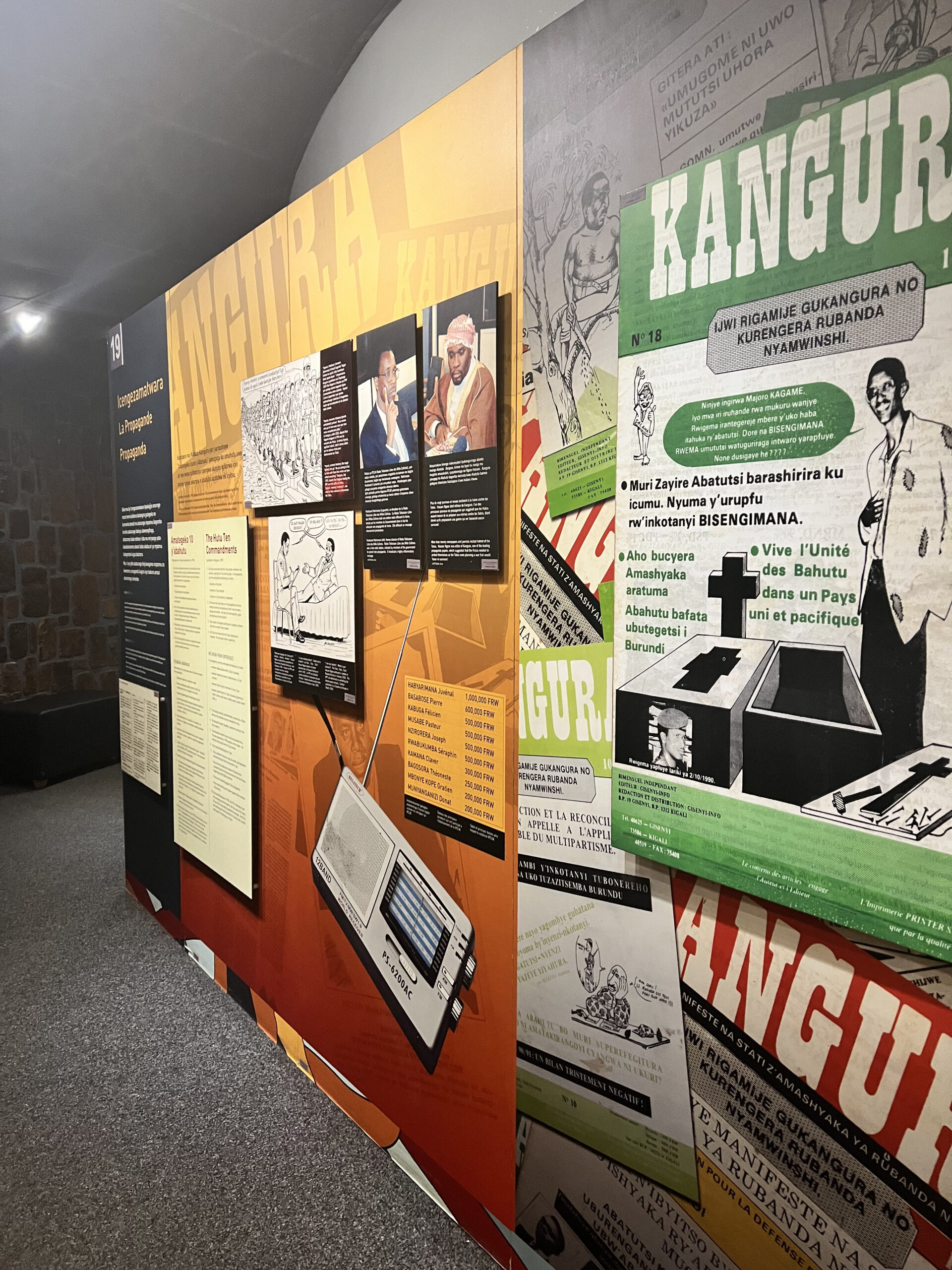
There are many community initiatives I saw throughout the country. For example, every last Saturday of the month is a nationwide holiday called Umuganda, where citizens come together to clean their neighborhoods and build public buildings like schools for the advancement of the country.
I also learned about community water structures where those who don’t have direct access to water can take a bucket and fetch water from these small “centers.” I thought this was amazing, and it shows how the government really cares and is working to implement changes throughout the country and not forgetting about those in the lower classes.
Today Rwanda is considered one of the cleanest, if not the cleanest African country today. The Rwandans I came across were extremely prideful and proud to tell visitors about their country.
Rwanda is now in a position to inspire its African neighbors and is a beautiful case study of how a country with great leadership can turn a tragedy into triumph.
This was a very brief recount. Read more about Rwanda’s history here.
Languages Spoken in Rwanda
In Rwanda, the main languages spoken are Kinyarwanda, French, Swahili, and English.
Based on my research before coming to Rwanda, it seemed to me like English was a dominant language of the four, alongside Kinyarwanda. I thought it would be that English was more widespread and spoken commonly while Rwandans still, of course, spoke Kinyarwanda.
However, I quickly learned that Kinyarwanda is the dominant language, and many people did not know English. I don’t say this from an entitled perspective, but more of being surprised as I wasn’t expecting to have to navigate a language barrier (although I somewhat like traveling with language barriers!).
Part of my research when traveling includes reading other blogs and sometimes watching travel vlogs, and it was never indicated by other bloggers that this was the case!
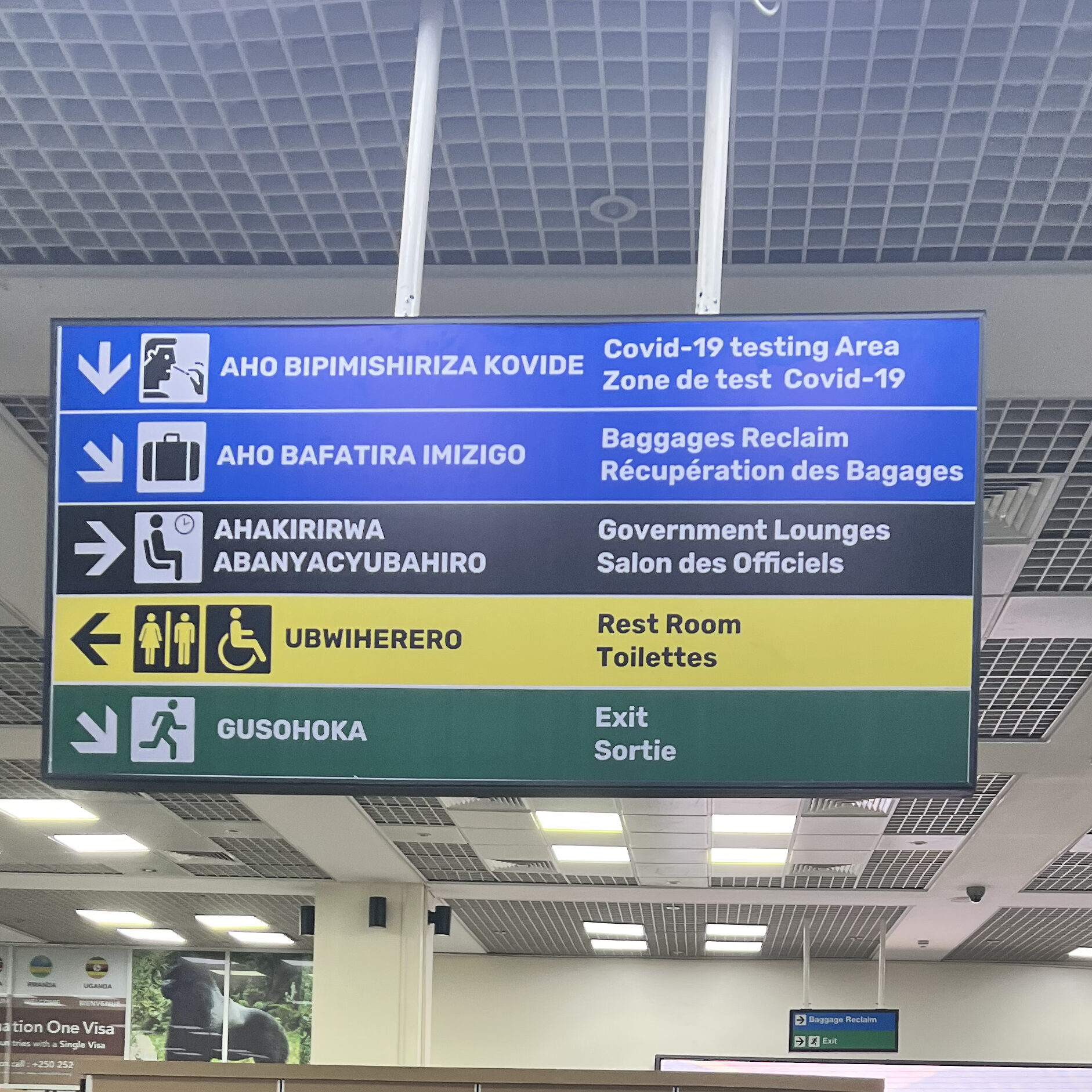
In popular places, like tourist attractions and well-known restaurants, you will definitely find people who speak English. The language barrier will be present when you are hailing motorbikes, engaging with locals on the street/in passing, etc.
However, you can get your message across with Google Translate and good old-fashioned universal hand signals!
The language barrier was honestly easy to navigate. As I mentioned, I like experiencing language barriers when I travel because they force me to be more engaged in my local surroundings.
Instead of moving fast and knowing how to communicate exactly what I want and where to go, I have to slow down and make sure that those around me also understand so that we are all on the same page and can work towards the common mission at hand.
Most of the time when I travel, my worry with language barriers is that it can lead to unsafe situations, but in Rwanda, I never felt like my safety was at risk, so it was just an element added to the adventure!
FUN FACT: “Kigali” in Kinyarwanda is pronounced “CHEE-GA-LEE”. So if you’re asking to go to Kigali Convention Center it will help you to say “CHEE-GA-LEE” Convention Center so drivers can understand you even better!
The Currency in Rwanda
The currency used in Rwanda is the Rwandan Franc (RWF). The exchange rate at the time of my visit (late Dec 2022 – early Jan 2023) was 1 Rwandan Franc = 0.00093 U.S. Dollar.
The currency was pretty easy to navigate as the general way to convert to dollars was 1,000 RWF = ~1 USD, 12,000 RWF = ~$12 USD, etc.
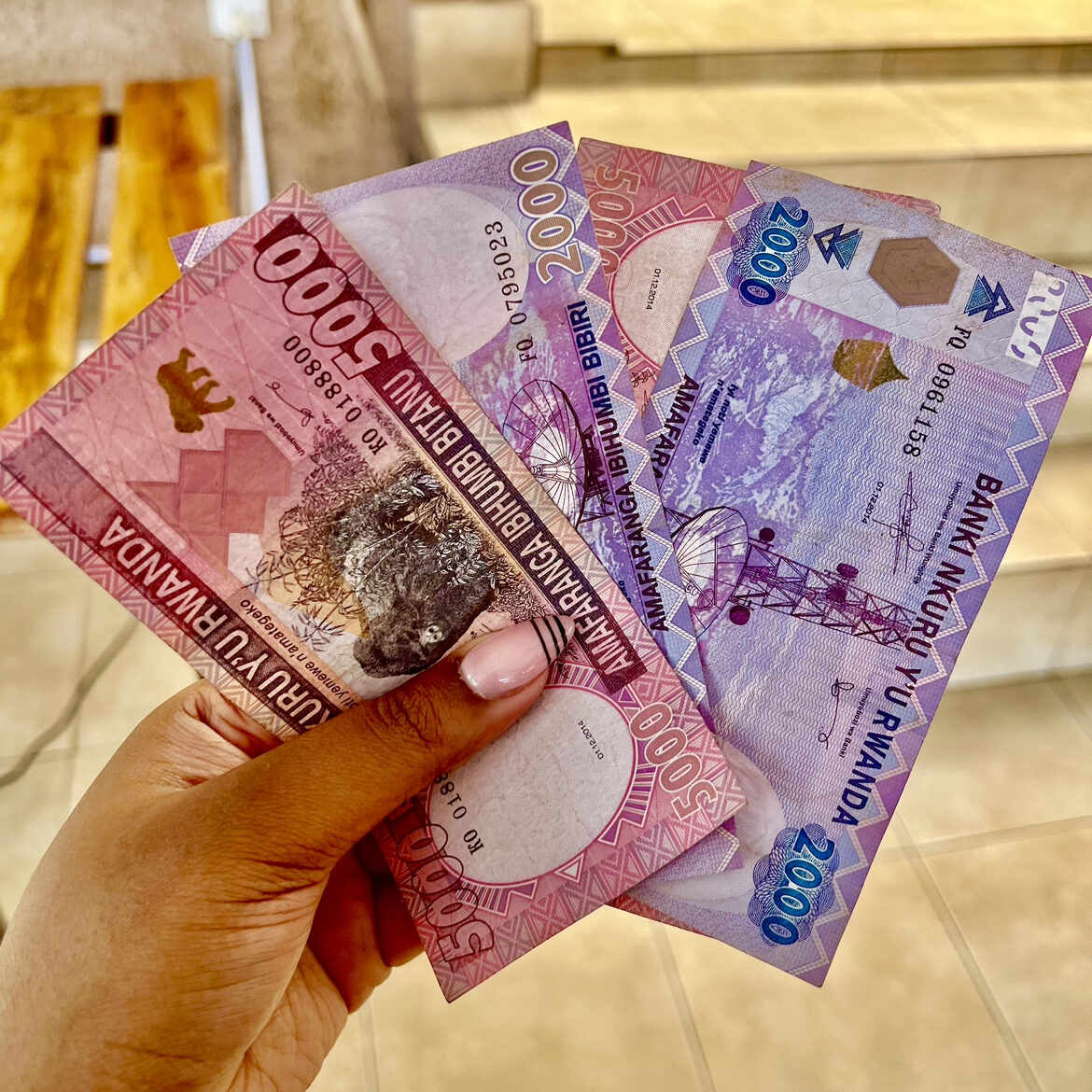
How to Get Cash in Rwanda
I used an ATM from when I arrived in Kigali to the end and had no issues. It was always easy to withdraw money. The Bank of Kigali is considered the most trusted bank, but I used any ATM that would give me some Francs and was on my way.
How Much Money Should I Bring to Rwanda?
I always get this question, and it is one that is subjective depending on your travel style. I am a mix between budgets, but I always go off budget on my trips because I like to experience everything while I am there.
If you are traveling solo, I would budget $1,500 in spending money with the expectation that you may not spend it all. My budget was $1,000 (which is a bit high), but I ended up going over budget by $500 due to how expensive the tours were for me as a solo traveler, which I did not expect.
I always say the more money you bring, the more you can do.
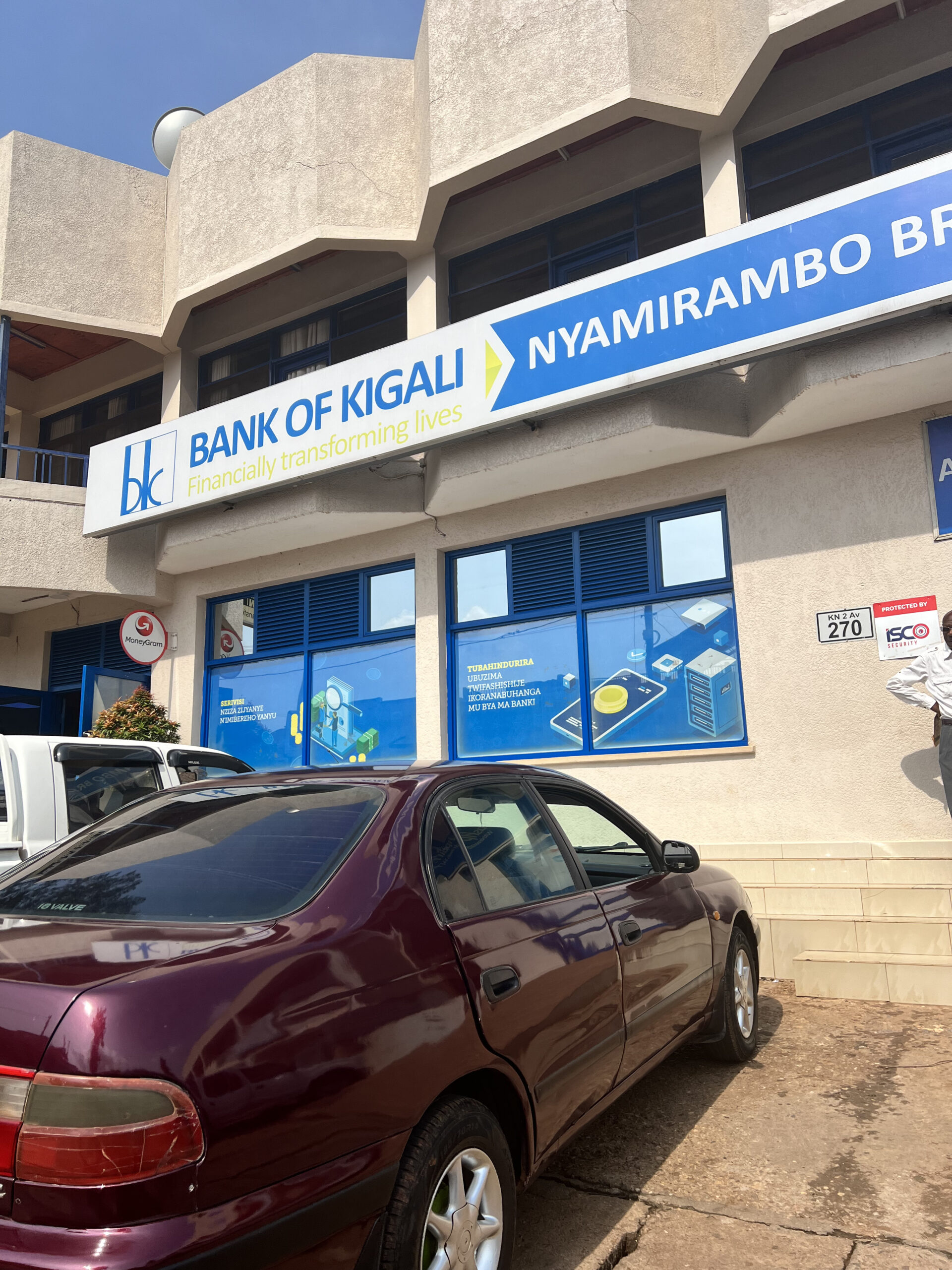
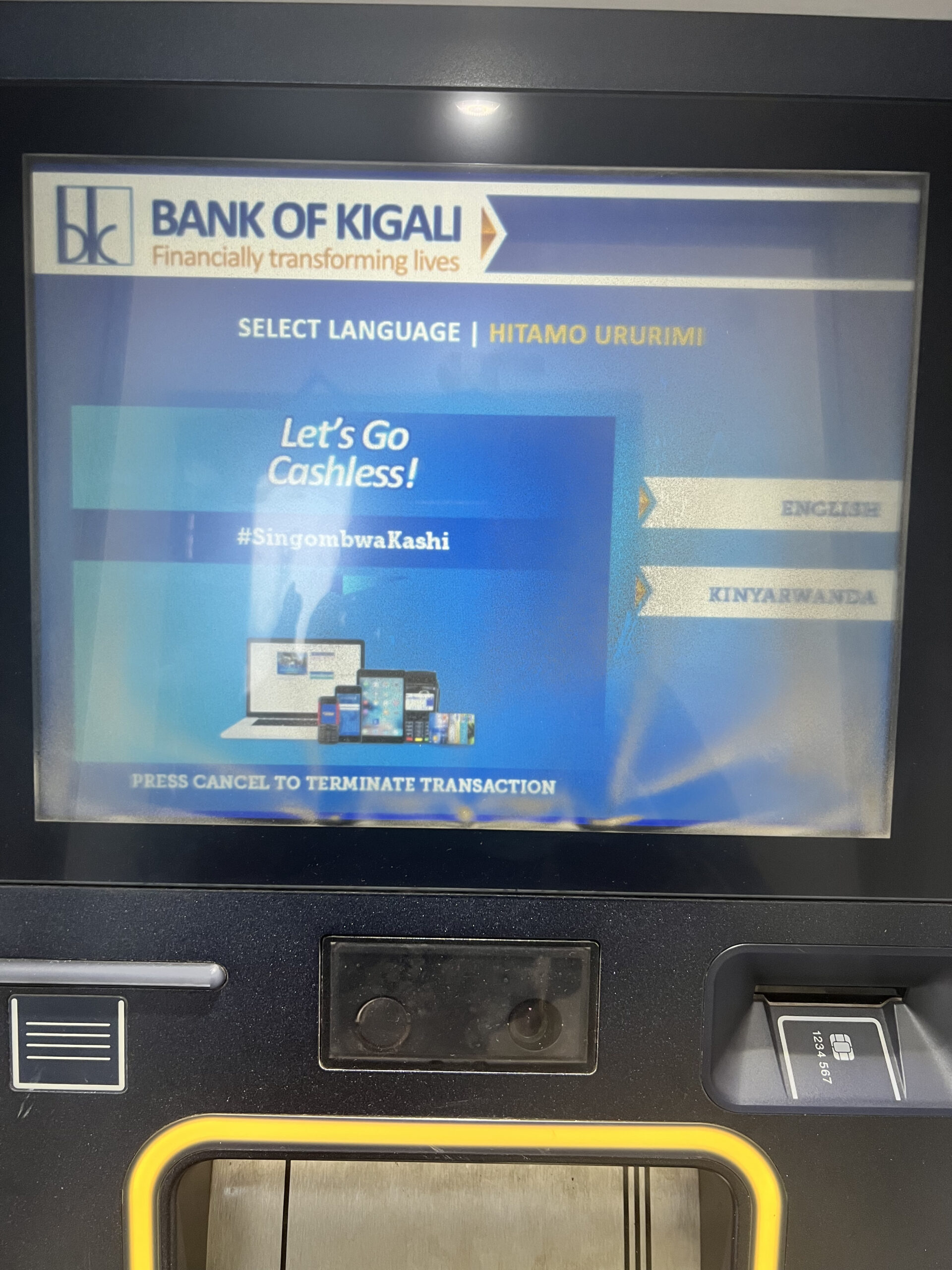
Time Zone
Rwanda operates on Central Africa Time (CAT), UTC +2
Kigali is 7 hours ahead of Florida and New York(EST), 10 hours ahead of California (PST), and 2 hours ahead of Accra (UCT), to put it into perspective for the top locations my readers are from!
You’ll want to check the time difference from your country of residence.
The Weather in Kigali
I visited Kigali towards the end of December to early January and experienced three types of weather during my stay.
In the morning and daytime, it was sunny and hot. It would rain at least once during the day, then overnight. At nighttime, it was cold.
I did not anticipate the weather being cold and did my research before coming, but I was surprised, to say the least!
This being said, I would pack some light warm clothing when coming to Kigali around this time period. I made the mistake of not bringing any jackets and long sleeves when I visited Kigali and definitely paid for that in the end.
Safety in Kigali
As you’ve probably heard, Rwanda has an amazing reputation for being one of the safest African countries.
I landed in Kigali around midnight and saw people of all ages, both young and older, walking the streets with no worry. Crime is said to be very low in Rwanda, and the people here seem very content with life in Kigali safety-wise.
There are security guards everywhere around the country, both on the road and at public establishments. The policemen or guards stopped my drivers often to check the car and make sure they were driving licensed, but it was usually a quick stop.
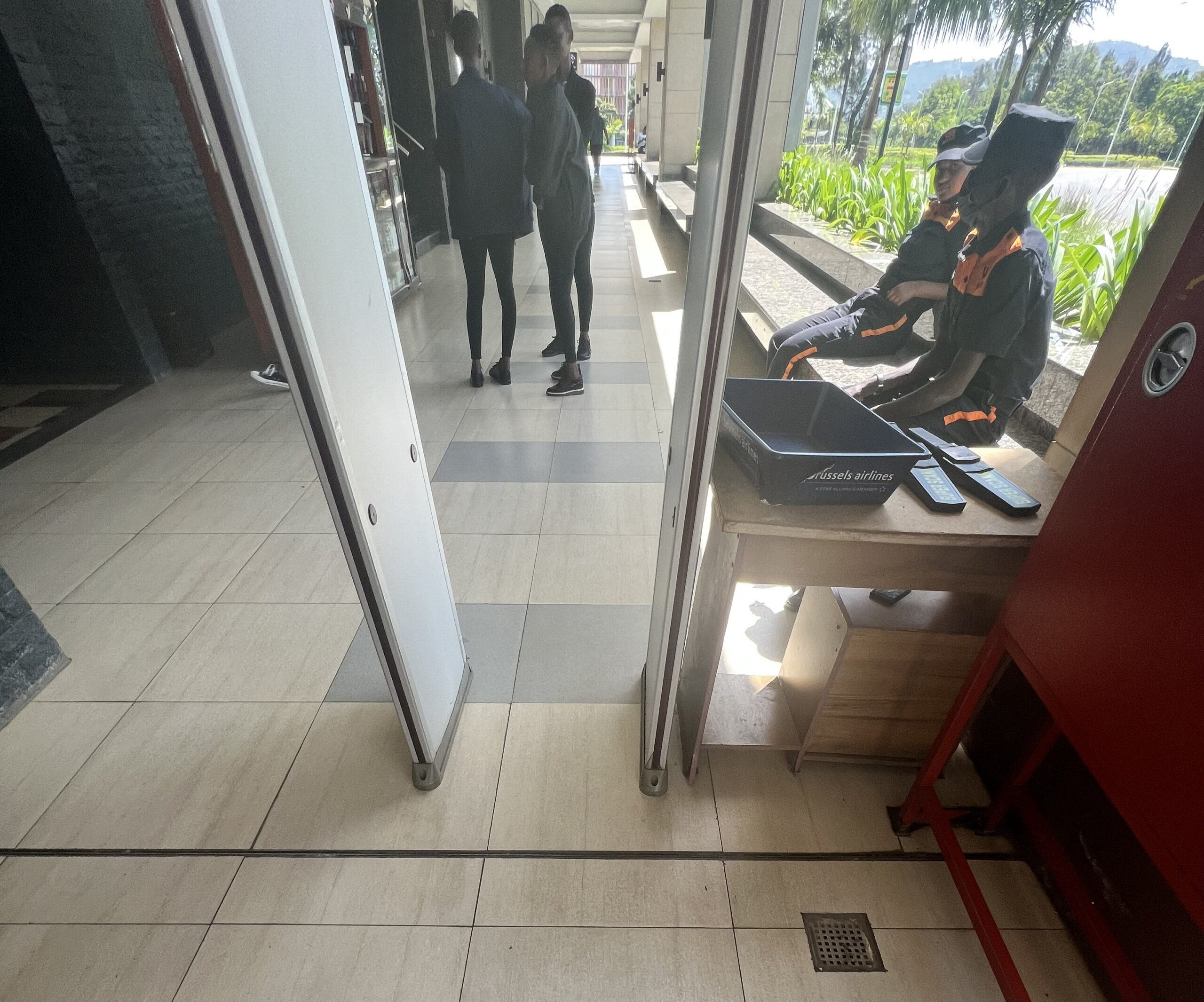
The only safety issue/warning I received was being careful of my phone in traffic and rolling my windows up. However, this was something I picked up on living in Ghana, so it didn’t come as a surprise.
Other than that, I felt comfortable walking random streets alone and never feared for my life at any moment in Rwanda.
Laws and Customs You Should Know About in Rwanda
No Plastic Bags Allowed
Plastic bags are banned in Rwanda in an effort to protect the environment. Your bag will most likely be taken if it is seen at the airport.
There is a holiday the last Saturday of every month that may disrupt the normal schedules of businesses
The last Saturday of each month is Umuganda, which is a national day of community service. Most businesses, shops, and sometimes motorbikes and transportation services close down from 7am to 11am.
Car-Free Mornings
On the first and third Sundays of the month, the city of Kigali has a car-free morning from 7am to 10am to promote exercise, healthy living and reduce car emissions.
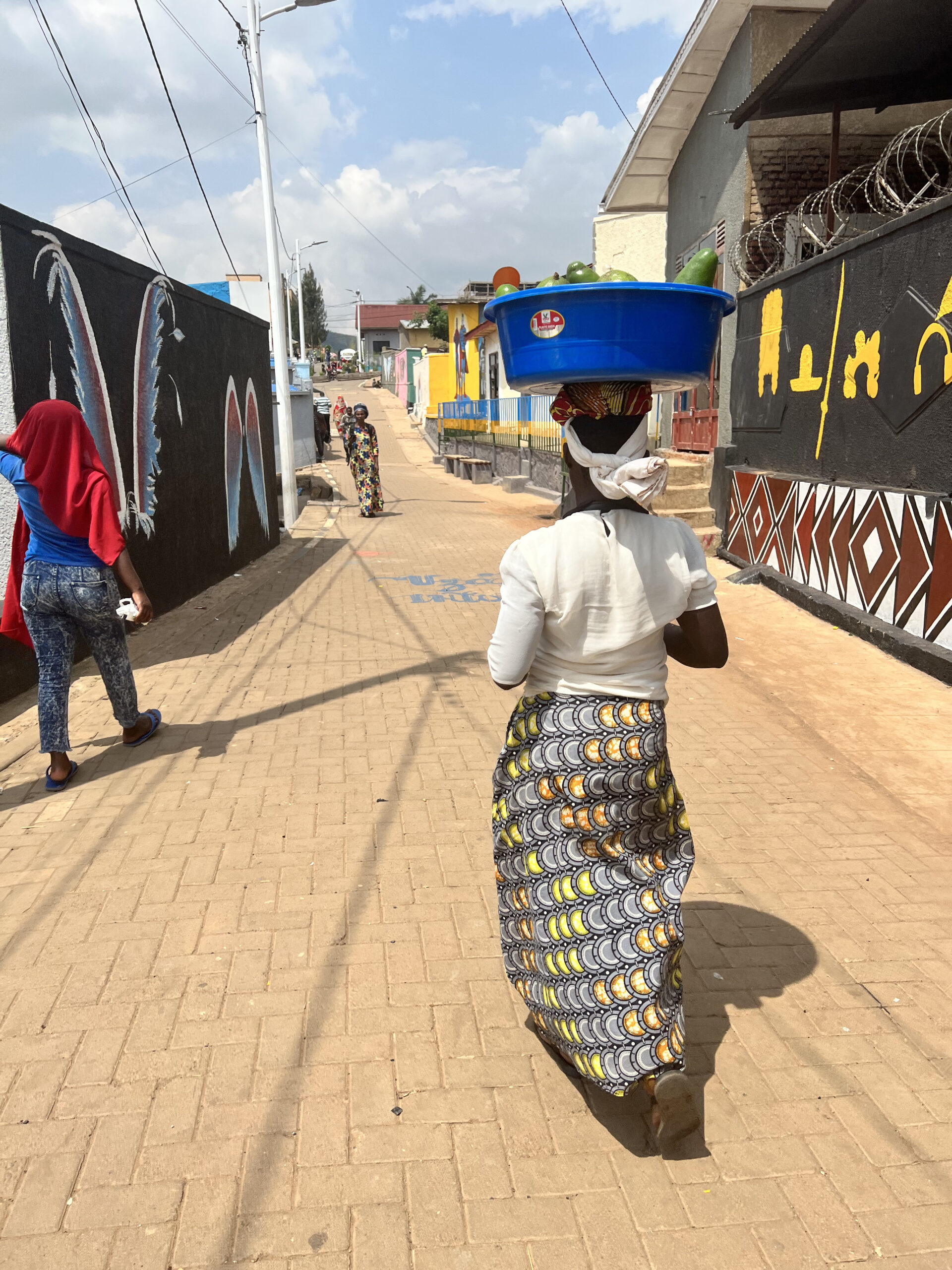
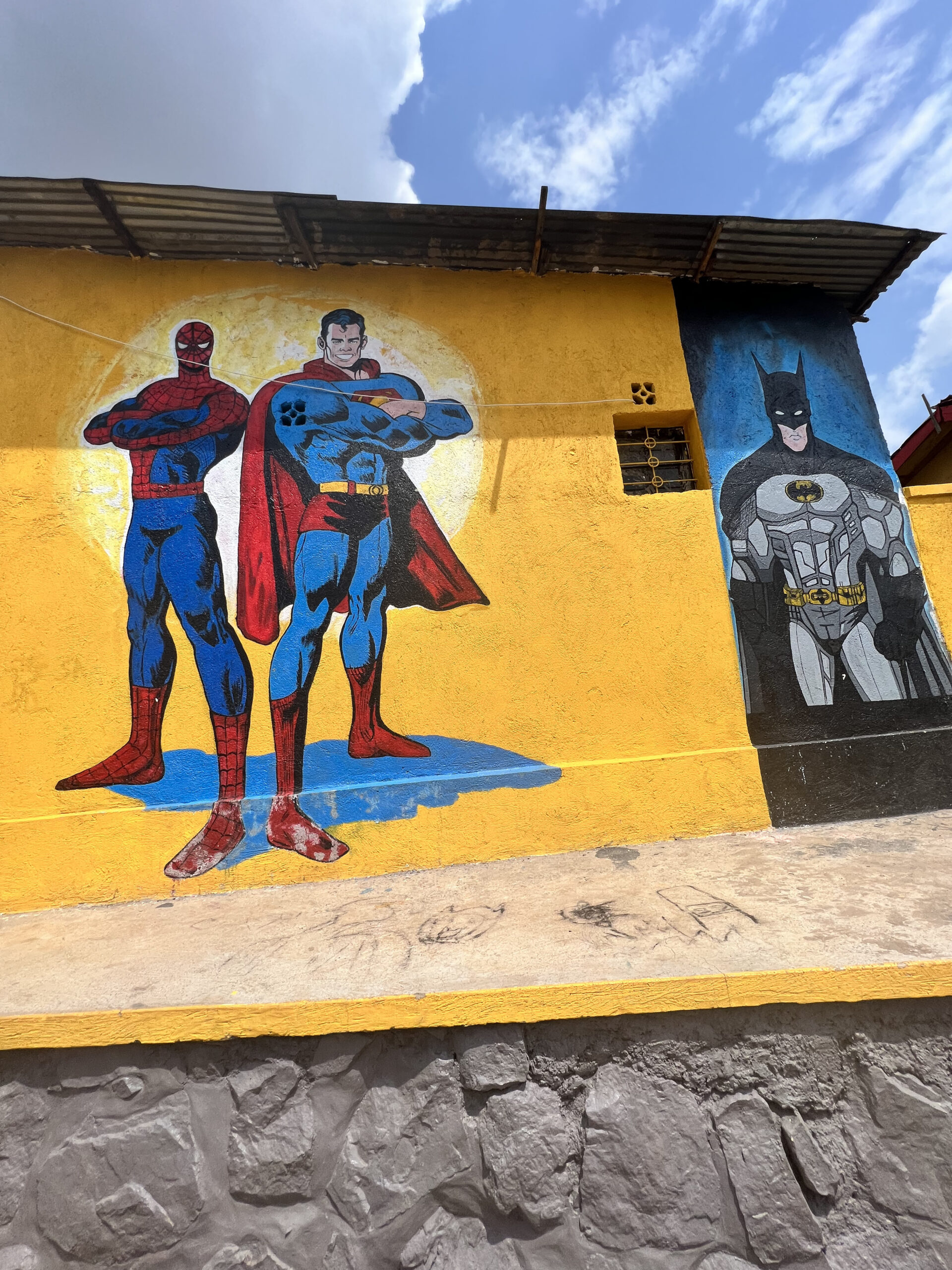
Rwanda’s Stance on the LGBTQIA+ Community
LGBTQIA+ is not illegal in Rwanda. According to the conversations I’ve had with people, the LGBTQIA+ community in Rwanda is small, but it is looked down on by many. However, some people do think that LGBTQIA+ marriage will be legal in Rwanda in the future.
Local Terms to Know
Like I mentioned earlier, there are some phrases you will want to know in Kinyarwanda that will make your life easier in Rwanda:
The phrases or words that have a dash before them are to indicate that they are responses to the word or phrase in the row above it.
| Kinyarwanda Phrases | English Translation |
| Muraho! | Hello! |
| – Yego | – Yes |
| Amakuru? | How are you? (What’s new?) |
| – Ni meza | – I am fine (It’s good.) |
| Bite? | Hi! How’s it going? (informal) – You would not use this with elders. |
| – Ni byiza | – It’s going well. |
| Mwaramutse! | Good morning! |
| Mwiriwe! | Good afternoon! |
| Murakoze! | Thank you! |
| Witwa nde? | What’s your name? |
| – Nitwa… | – My name is… |
| Muzungu | White person |
| Murabeho! | Goodbye! |
| Muryoherwe! | Enjoy your meal/drink! |
Getting A SIM Card in Kigali
I landed at the Kigali International Airport at 12:20am and did not see any SIM card booths available. A recent traveler mentioned they saw an MTN store at the airport, so that may be an option. Unfortunately, I can’t 100% verify this for myself since I feel like landing at 12am may have had something to do with not seeing any booths!
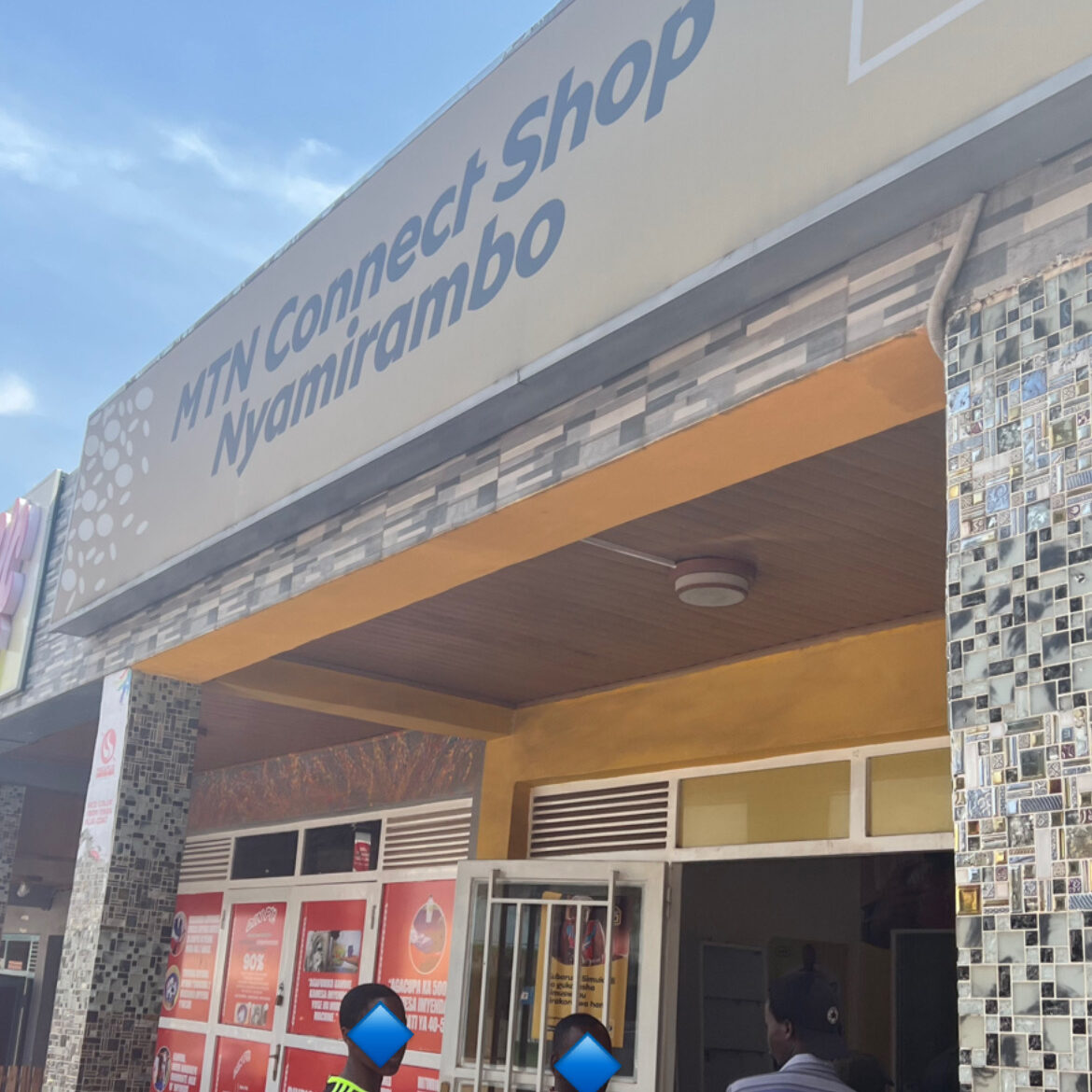
I reached my hotel at 2am, so later that day, around 10am, I set off to find an MTN office nearby where I was able to get a SIM card for 500 Rwandan Francs ($0.47).
You will need your passport as an international visitor to receive a SIM card. Your stamp entry will be checked, and details will be logged into the system.
It takes about 10 minutes for the SIM card to register, so if you can wait, you should be able to load your phone with credits for phone calls and data. I bought 5000 ($4.71) worth of data and 1000 ($0.94) of credit for calls. I was told that could last me a month, but in my experience with buying credit from living in Ghana, I know how fast I run through data, so I expect to be buying more.
The process of getting a SIM card in Rwanda was very easy and smooth. There was a long line when I arrived and the one employee helping everyone was fast and efficient!
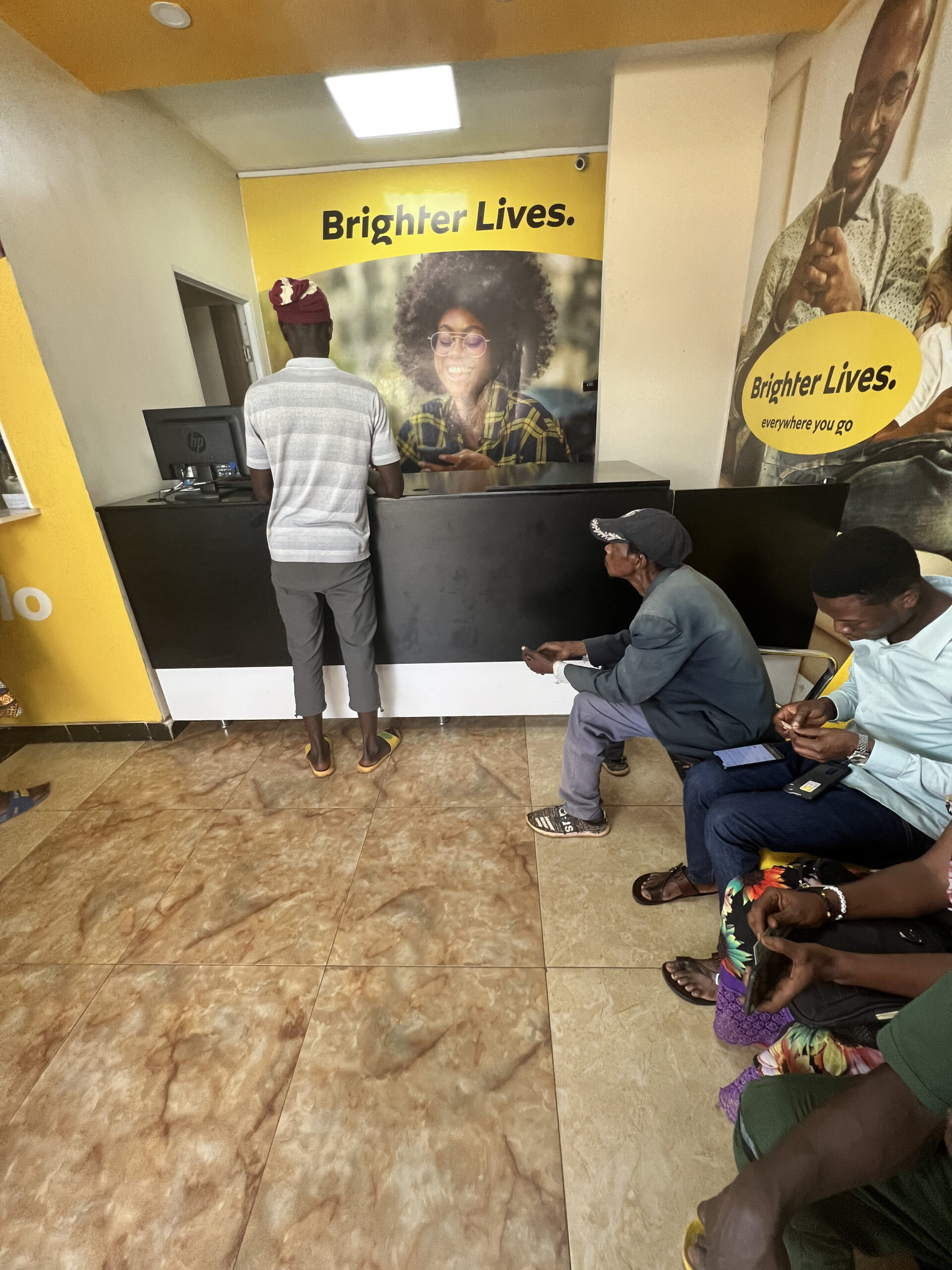
WiFi in Rwanda
As a blogger, freelance writer, and virtual assistant, I always like to include a section in my travel guides on WiFi. The WiFi in Rwanda was great and gave me no issues most of the time. I had a few connection problems at the hotel, but I received a router in my room, and aside from a few disconnects randomly, the WiFi was very fast and consistent.
The data network I purchased for my phone never gave me any problems as well. Whether I was in the city or driving for 3 hours to the countryside, I stayed connected. Coming from Accra, where I am in a constant fight with WiFi, it was nice not having to worry about this for a couple of weeks.
Getting Around in Kigali
Motor-Taxis in Rwanda
Motor taxis or bikes are the primary way of getting around in Kigali. Motor taxi drivers can be spotted on every street and are easy to hail for a ride to your desired destination.
Most of the drivers wear red vests and helmets branded with the Airtel Tigo logo and drive red motorcycles, so they are easy to spot. When you want to take a ride, you can just waive or hold up a finger to indicate that you need a ride, and they will stop and pull over to pick you up.
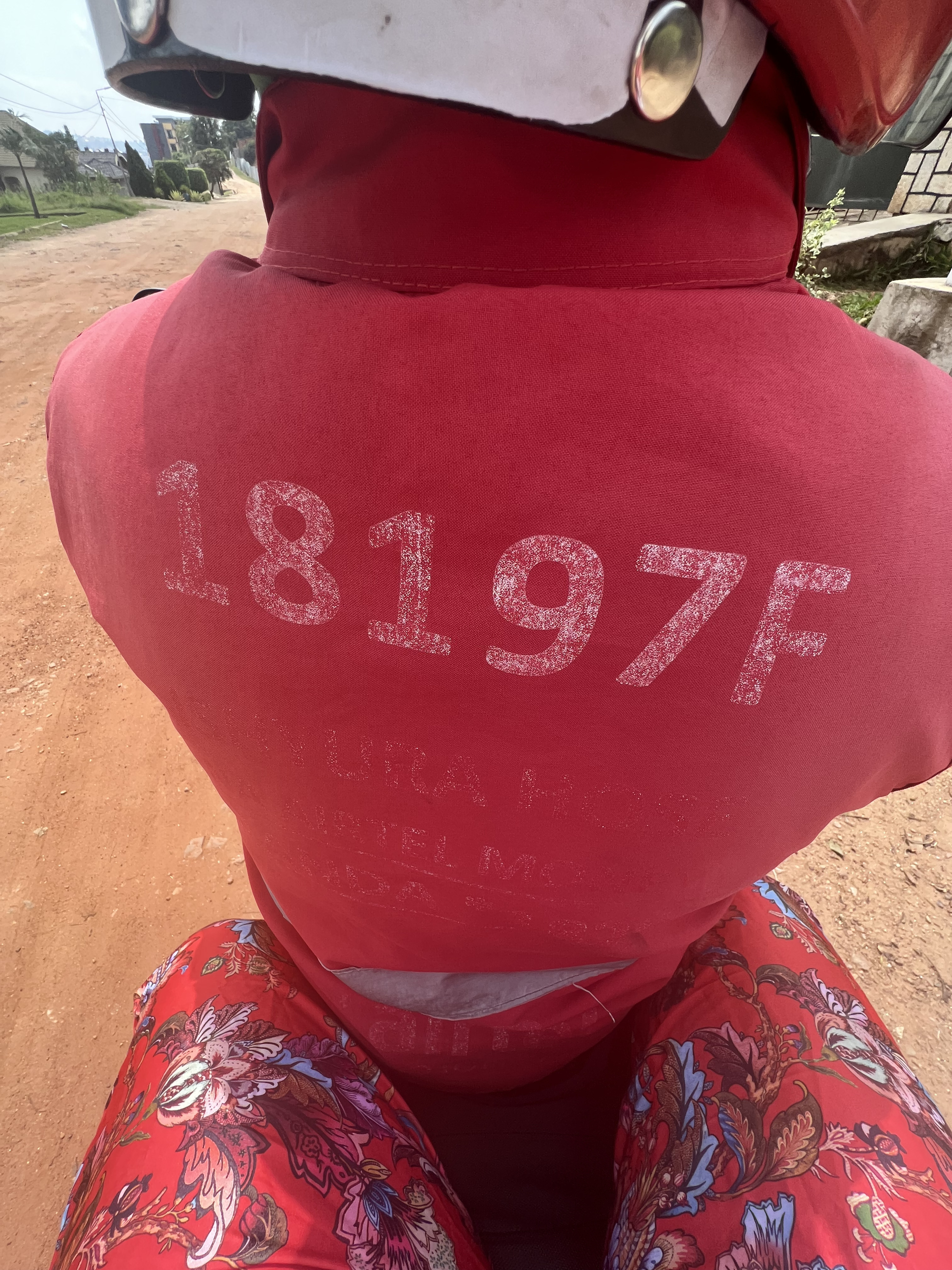
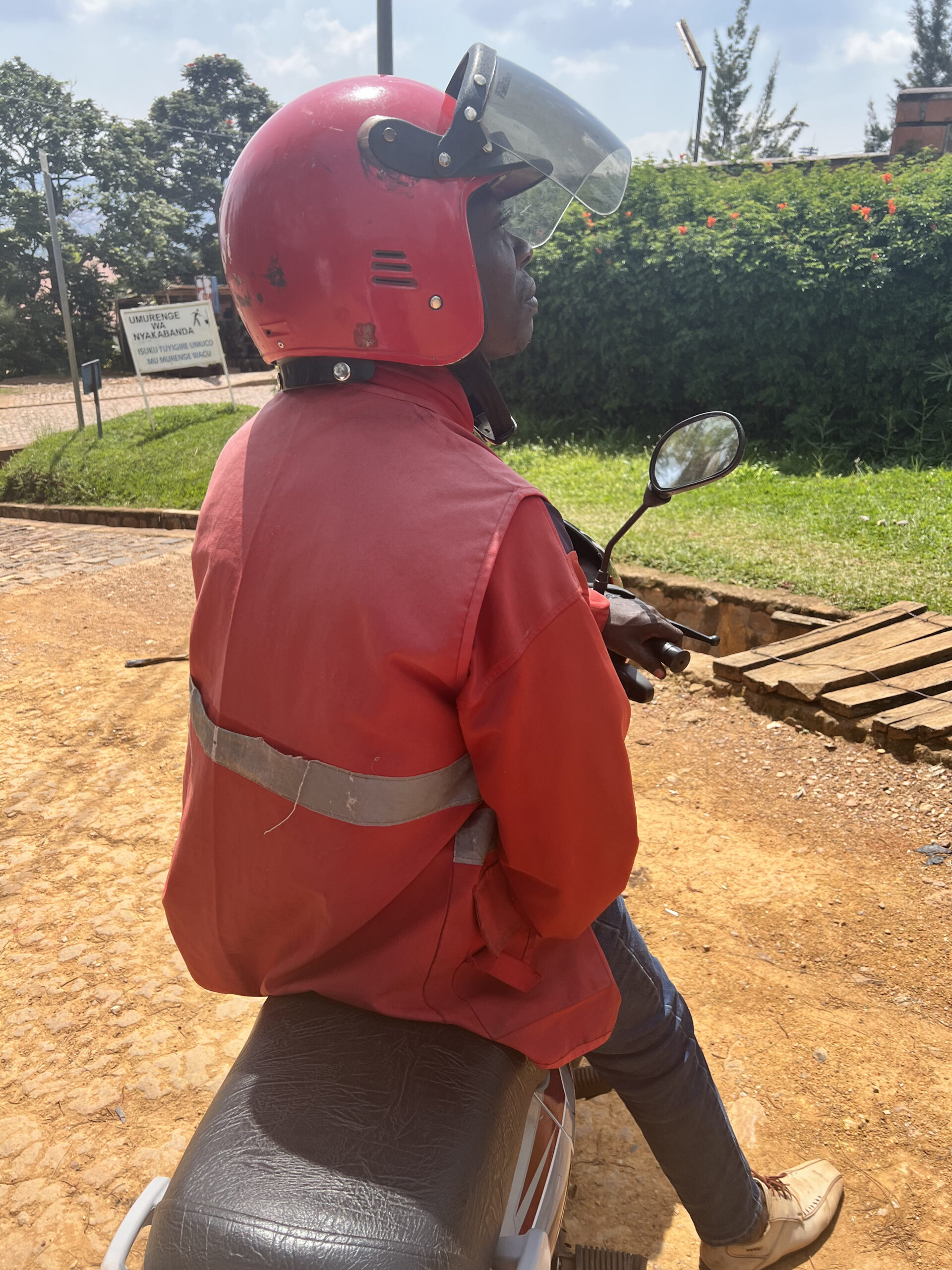
Many of the drivers I came across did not speak English or knew very few words, so there was a language barrier (which is okay, of course, it just caught me off, guard!). Thankfully, it is still easy to ride a moto-taxi in Kigali, regardless of any barriers.
I would look up my desired location on Google and show the name and pictures, or use Google Translate to communicate with drivers and get to different places. When my drivers did not know where I was going, I used Google Maps to direct them on where to go!
However, an even easier way, so you don’t have to have your phone out the entire time you are on a ride extended over their shoulder, is to call the establishment and ask if someone can explain how to get there to your driver. Again, if you’re going to a cafe or any touristy place, there will be someone who speaks English, so you’ll be fine.
Taking motorbikes is one of the cheapest forms of transportation, with rides being as low as $0.47 at times and $2 on the more expensive end for rides that are 20+ minutes.
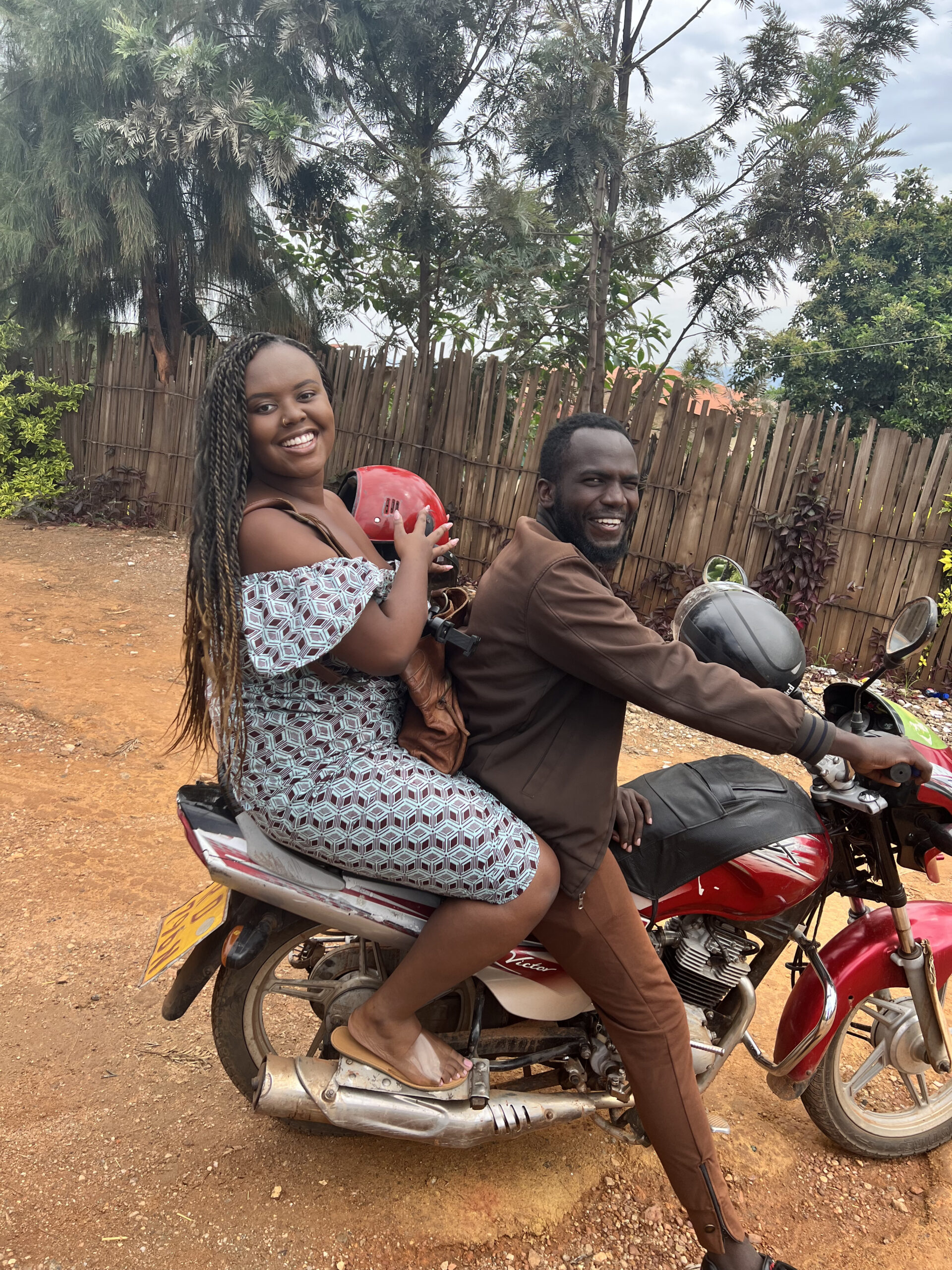
Yego Cabs in Rwanda
You’ll want to download the Yego Rwanda app, which will allow you to order a cab (or a moto). I only used this app once when I wanted to get a cab when it was raining.
The drivers do cancel a lot or sometimes do not come at all through this app, I find. They usually call you to ask where you are and will most likely be speaking Kinyarwanda, so I couldn’t communicate with most of them unless I was near a local to help me. I learned some words in Kinyarwanda, but they were very basic and not enough to communicate my physical location.
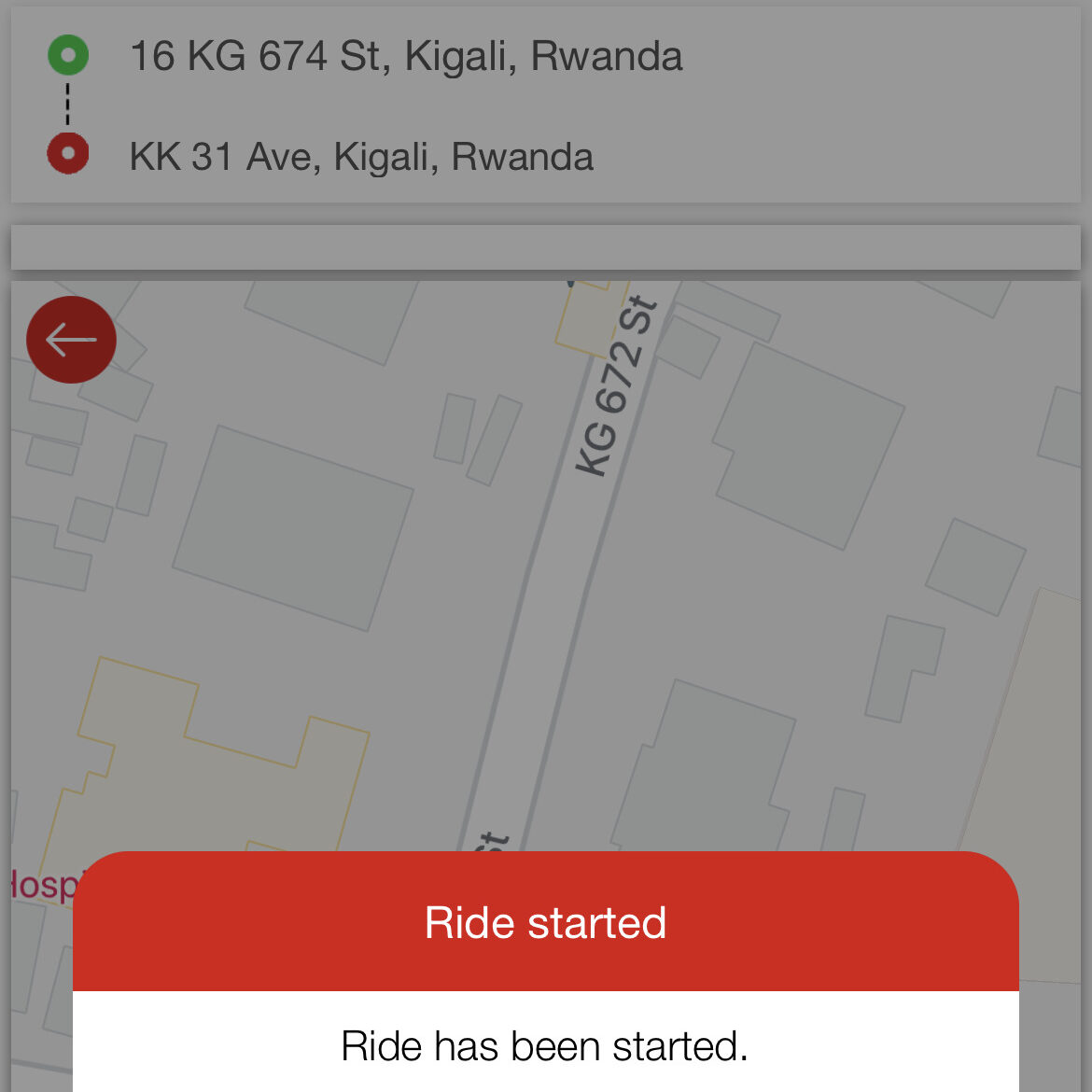
You can try to speak English with them to see if they speak it as well. I lucked out in the one case where I was able to get a driver when I was alone. Otherwise, you can ask someone nearby, like a security guard, to speak to them for you.
The downside to using cabs in Kigali is that they run on a meter, so if the driver gets lost (like in my case), the price keeps going up.
Cabs are way more expensive than motorbikes, as you can imagine. A ride that would cost 1, 500 ($1.41) with a motorbike would cost 6,500 ($6.19) with a cab, even sometimes $10+. Also, it really is just easier to hop on the back of a motorbike 99% of the time to avoid long wait times.
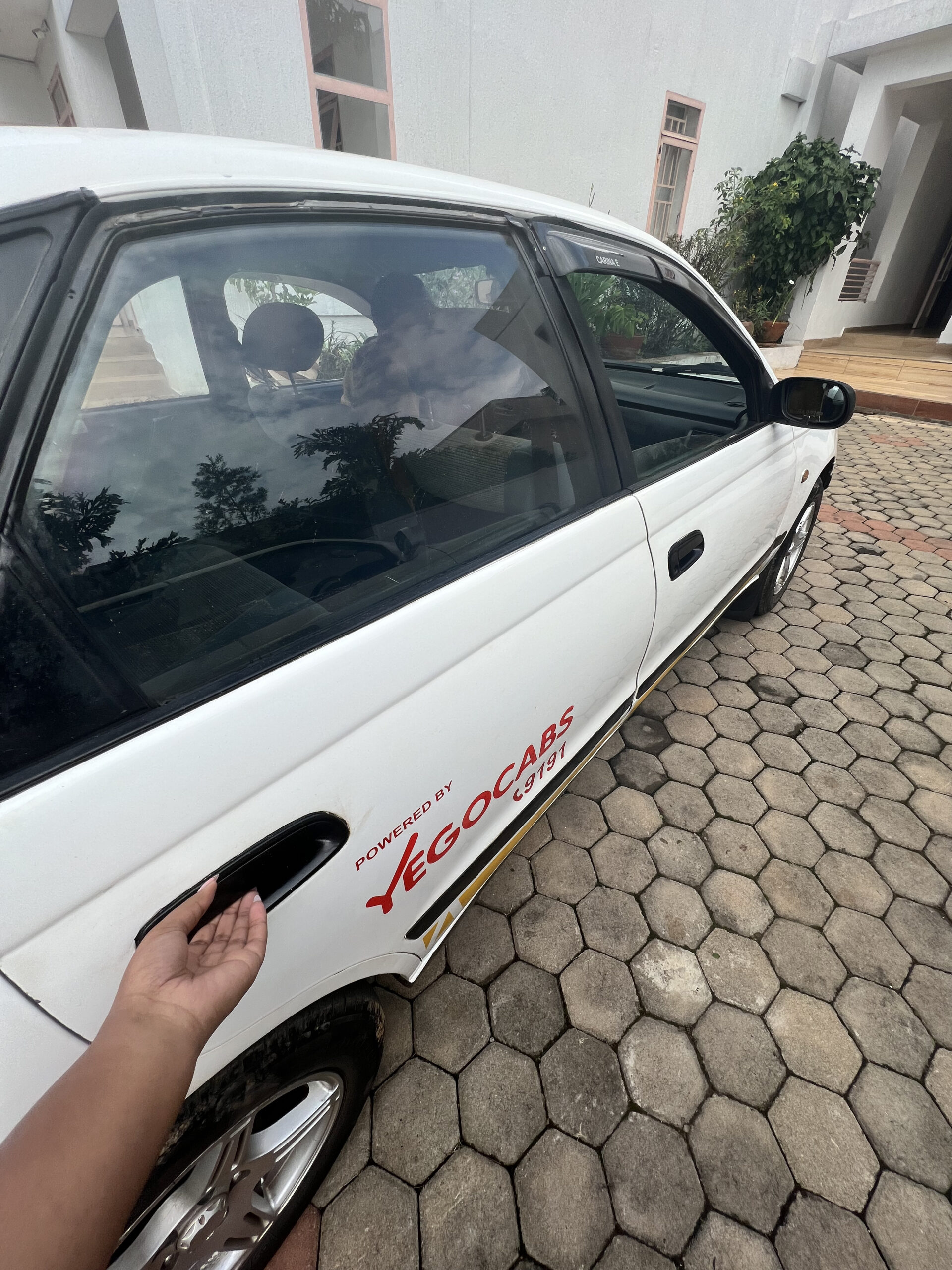
Twegerane: Mini Buses in Rwanda
There are mini-buses in Rwanda called “twegerane” that are a local and cheap way to get around. These buses can be about $0.20 for about 3 miles, according to a local I spoke to. They aren’t the preferred method of transportation in Rwanda since they can take longer to get from Point A to Point B, but it is an option!
I believe I only saw a few of these around in Kigali, but once I ventured out of the city, they became more visible.
Bicycle-Taxis in Rwanda
These are more of a thing in the countryside of Rwanda. I haven’t seen them in Kigali. There is usually a man riding a bicycle with a padded seat behind him where a passenger can sit and take a ride up and down the hills.
I was told that a ride could cost about $0.50 for about a 3-mile ride. I was in shock when I first saw bicycle taxis being that the hills in Rwanda are no joke! It has to take a lot of strength to be bicycling someone in that environment.
However, because they can be spotted near the countryside, I figure that it makes for an additional source of income for the bikers. On the drive I noticed that there were really no places for people who were walking to stop if it was raining, use the bathroom, etc., for about 1 hour, so it does help them get to their destination faster.
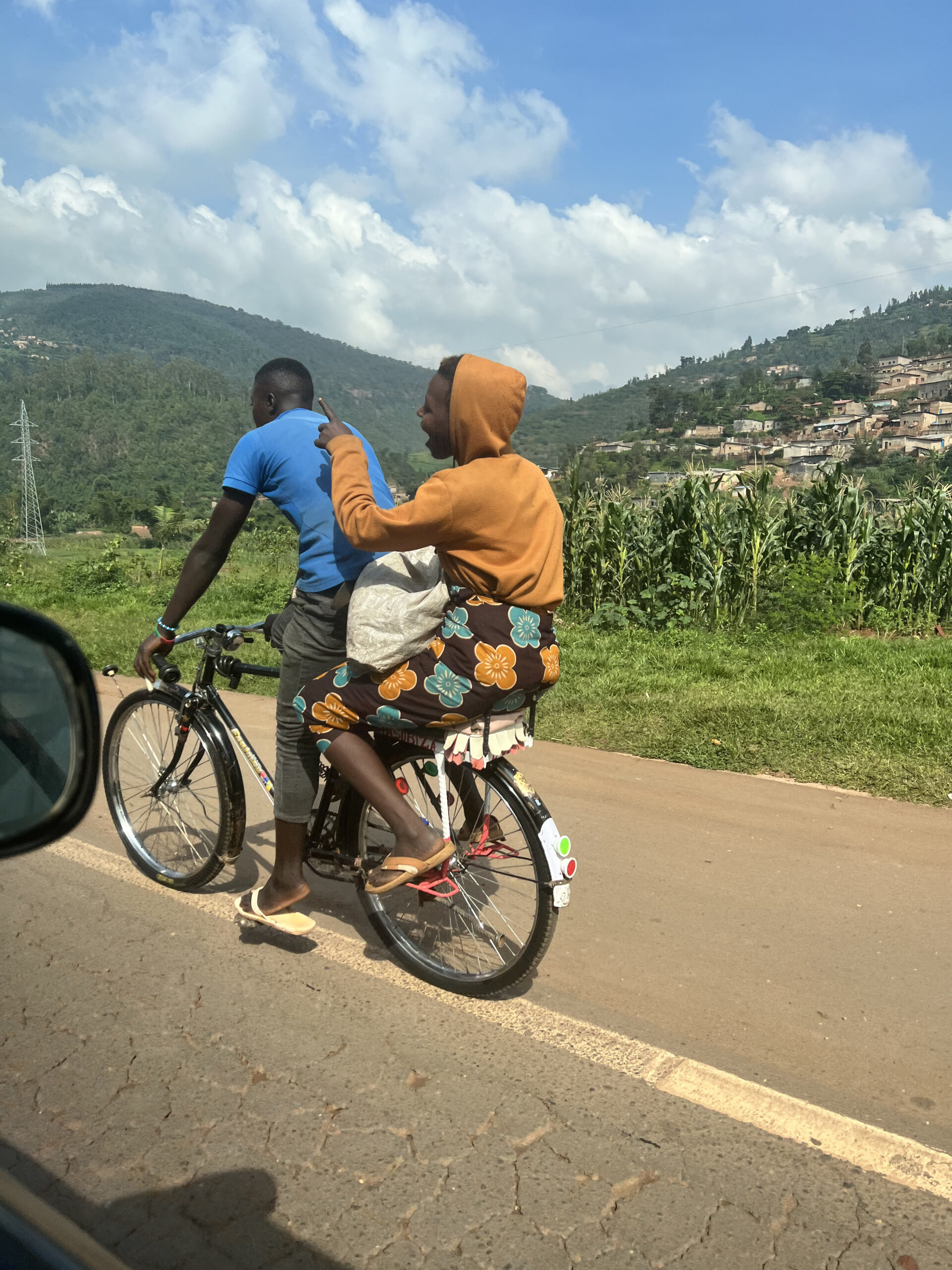
Kigali Bus Services (KBS) in Kigali
KBS in Kigali is a modern bus system that operates throughout the city. The buses are similar to many public buses in the United States.
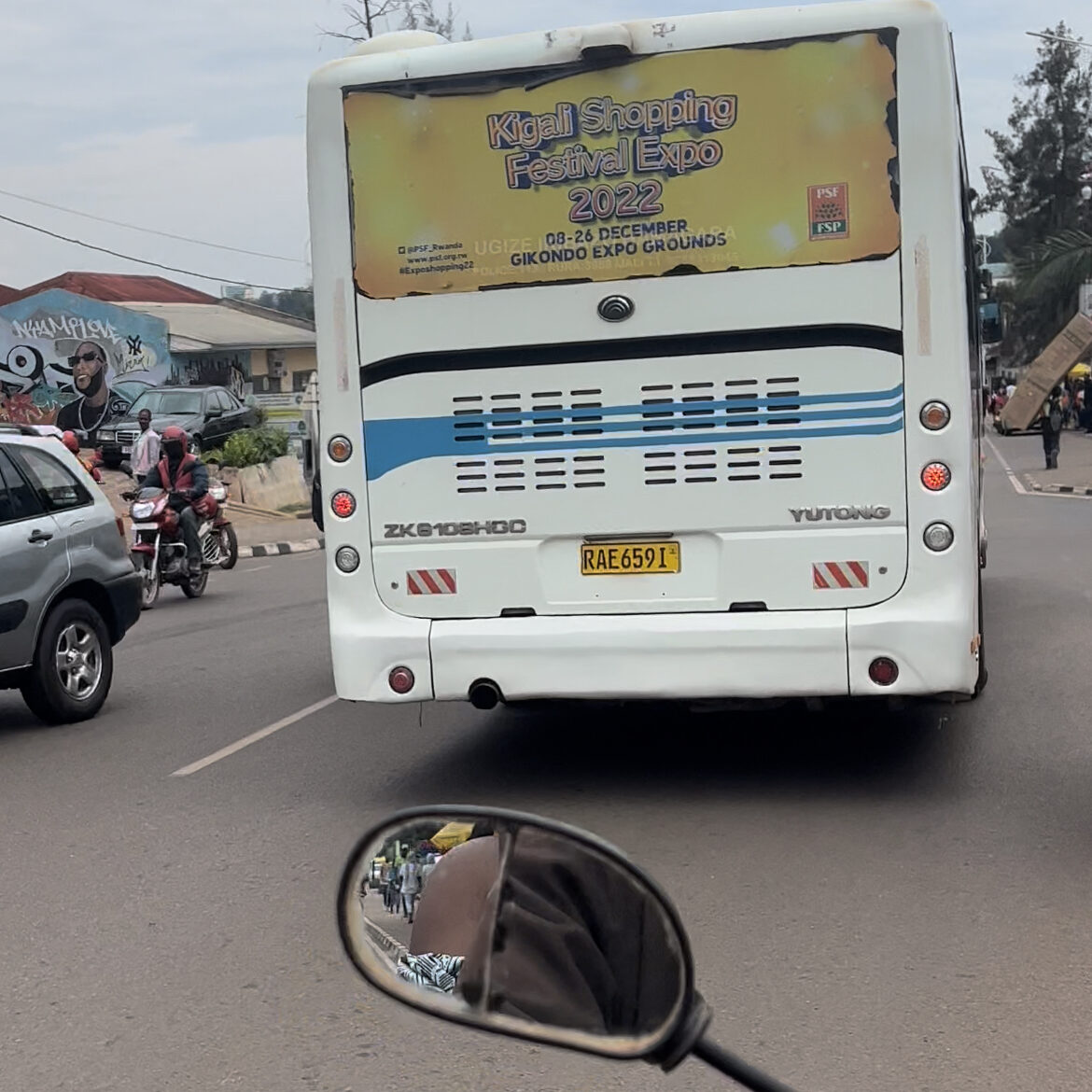
To use KBS, you need a “Tap&Go” Smart Card that you can buy and load credit on from an agent. You’ll give the agent cash, and they will load the card for you. You can visit a bus station, and there will be plenty of agents that work for the company that can help. You can’t ride the bus without one, so it is a must!
I really wanted to ride the KBS bus during my time in Kigali but didn’t get a chance to. Being able to take advantage of KBS depends on where you stay in Kigali. There are bus stations located in various neighborhoods around Kigali where you can board a bus. If you are far from one, then there isn’t really a point in taking it because you can catch a motorbike faster.
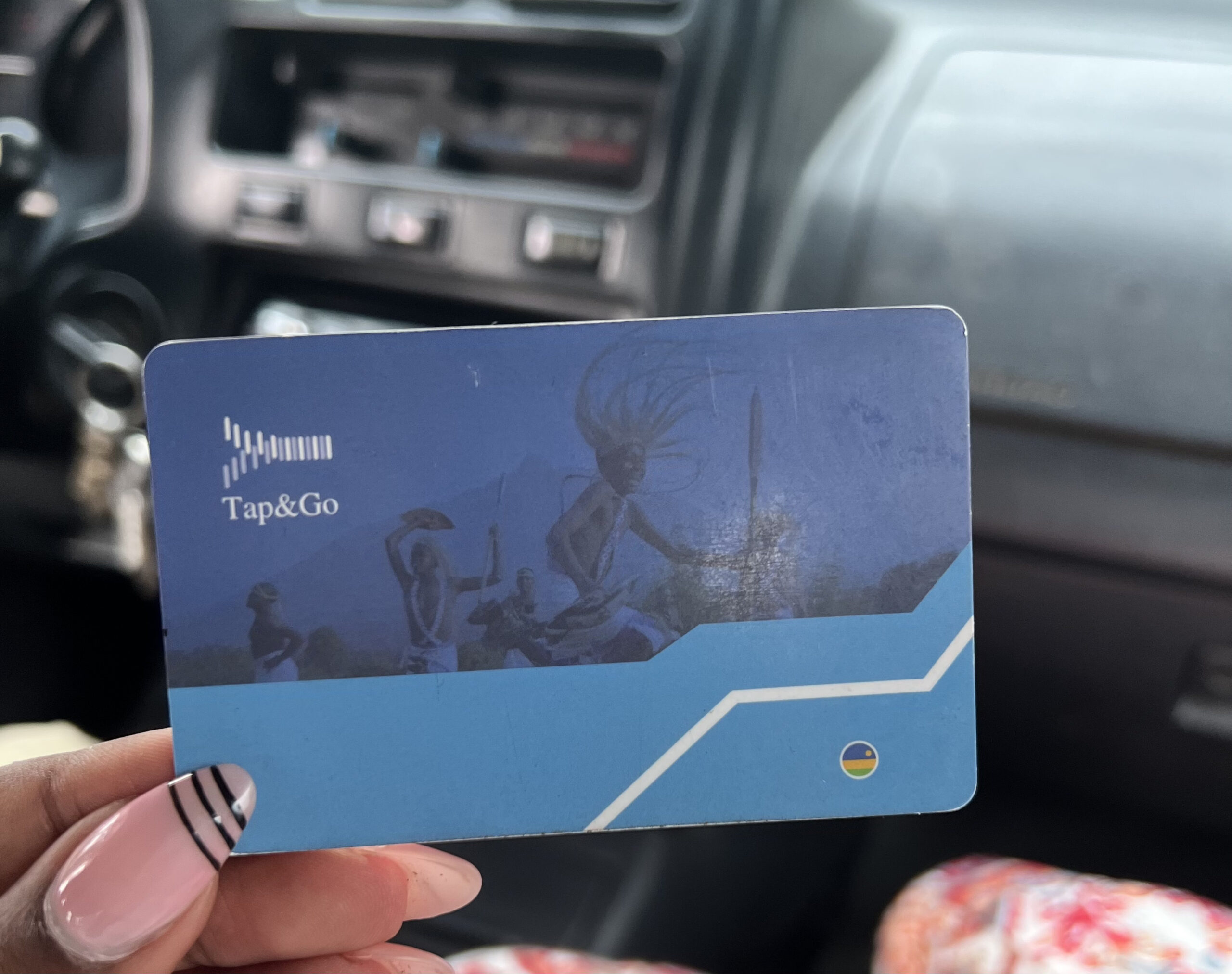
Riding the bus can also take you more time to get to your destination.
Driving in Kigali
I did not drive in Kigali so I can’t speak to the process of renting a car, etc. but I wanted to share some information that may be useful to you if you are planning to drive. In Kigali I was surprised to find that people pay for public parking. It is about 100 RWF ($0.094) per hour.
Drivers can pay on the spot or have a certain amount of days to pay. If drivers don’t pay on the due date they can get a ticket or be fined later on. There are guards who control this process and once you return back to your vehicle after going into a building like a bank, will tell you your total cost.
If you don’t want to pay at the moment, they will take your information down for later. As a tourist I’m not sure how the tracking would work but it sounds like it’s easier to just pay on the spot!
Rwanda is also very “hilly” so if you are not confident in your driving abilities in these type of settings while dodging motorbike drivers at the same time, driving in Kigali may not be best for you!
Taxi Cabs in Rwanda
While you can use the Yego app to call a cab, as listed previously, you can also hail a taxi cab the old-fashioned way while on the street.
Taxis can get pricey in Rwanda. Many of them use a meter, and the price goes up as time passes. Sometimes the drivers may not know your location, so time is wasted, and you are paying a higher price than intended.
This happened to me while traveling in Kigali. A 5000 taxi ride turned into 8.500 when the driver got lost. I decided to get out of the taxi and take a motorbike the rest of the way (after paying).
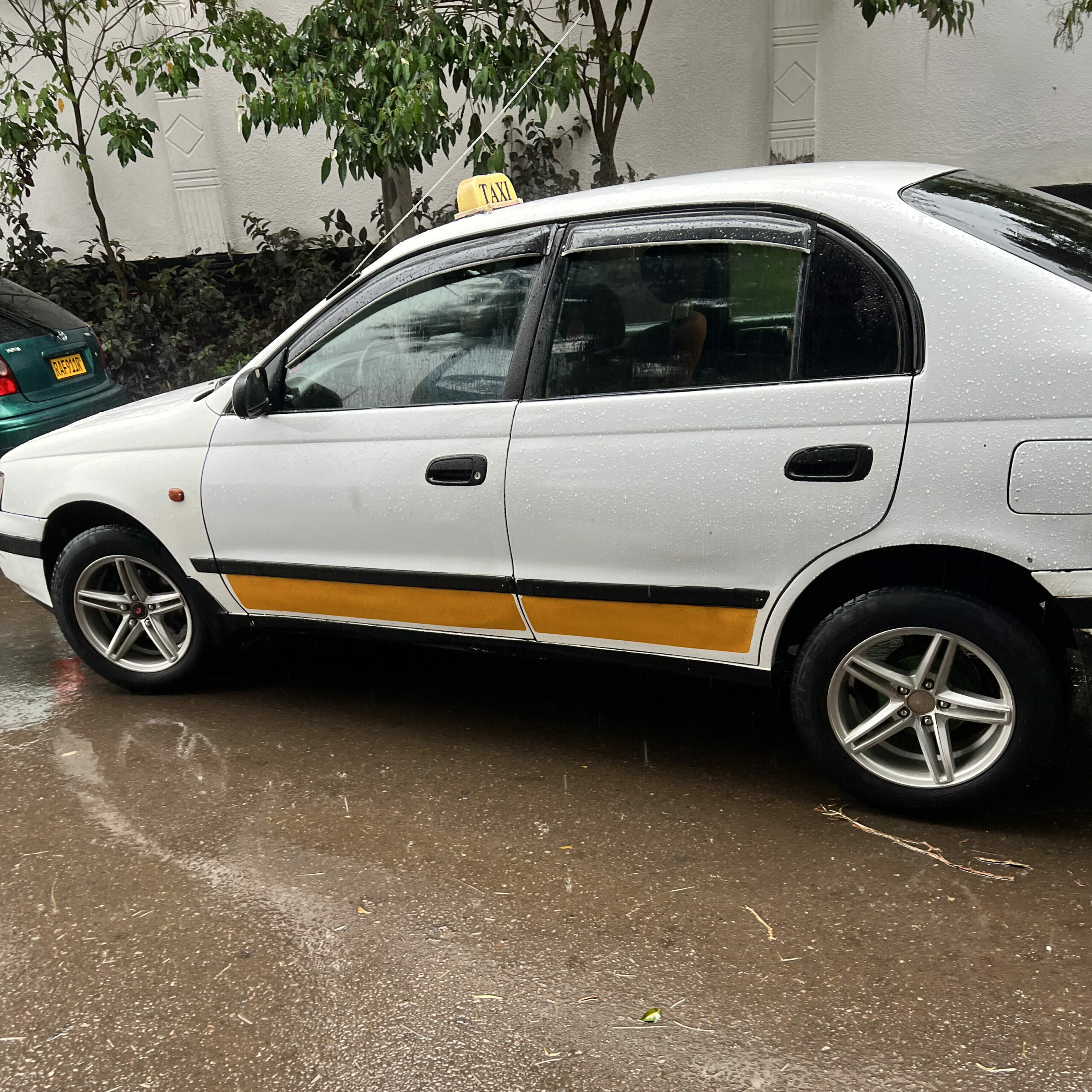
Where to Stay in Kigali
Kigali Baobab Hotel – Nyamirambo
I spent my first week in Kigali cozied up in the Kigali Baobab Hotel. I found this hotel on Booking.com after my apartment Airbnb canceled on me, and honestly wasn’t sure what to expect. I was going to spend a lot of money on Airbnb, then realized it wasn’t smart, so I opted for a budget hotel.
I’m happy to share that The Kigali Baobab Hotel is the best budget hotel I have ever stayed at. I received 5-star customer service the entire time and felt extremely comfortable during my stay, thanks to the great hospitality I received.
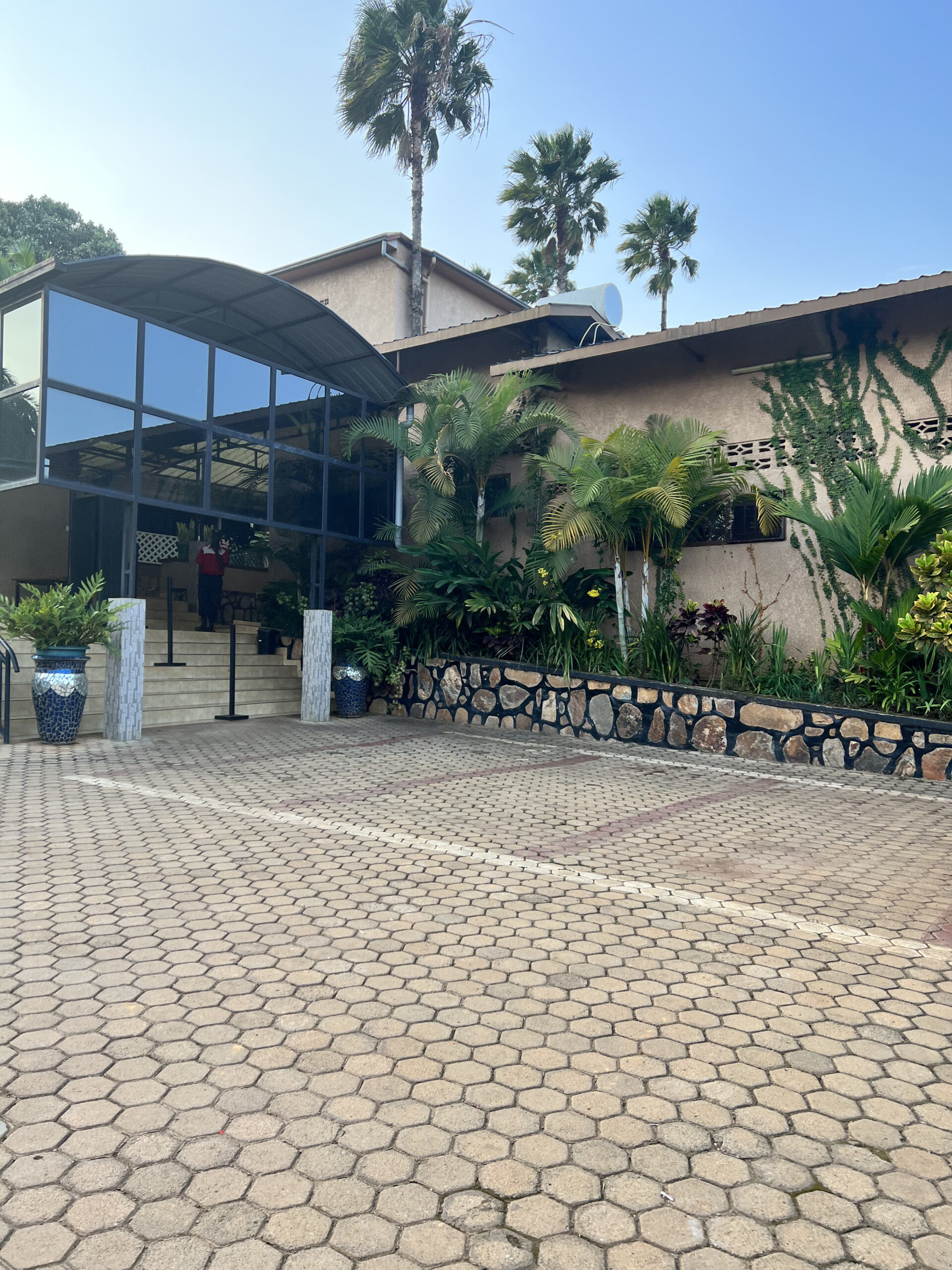
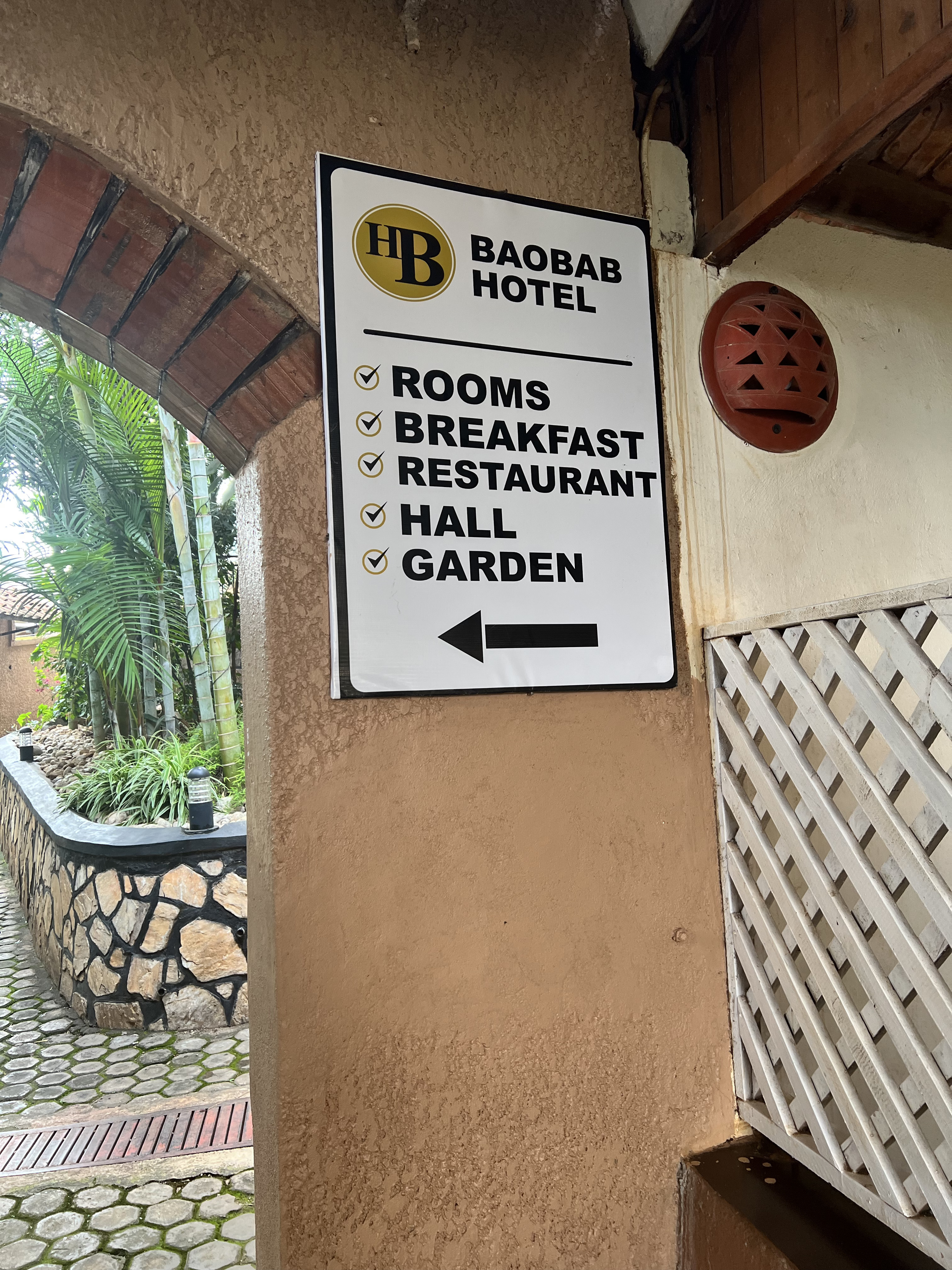
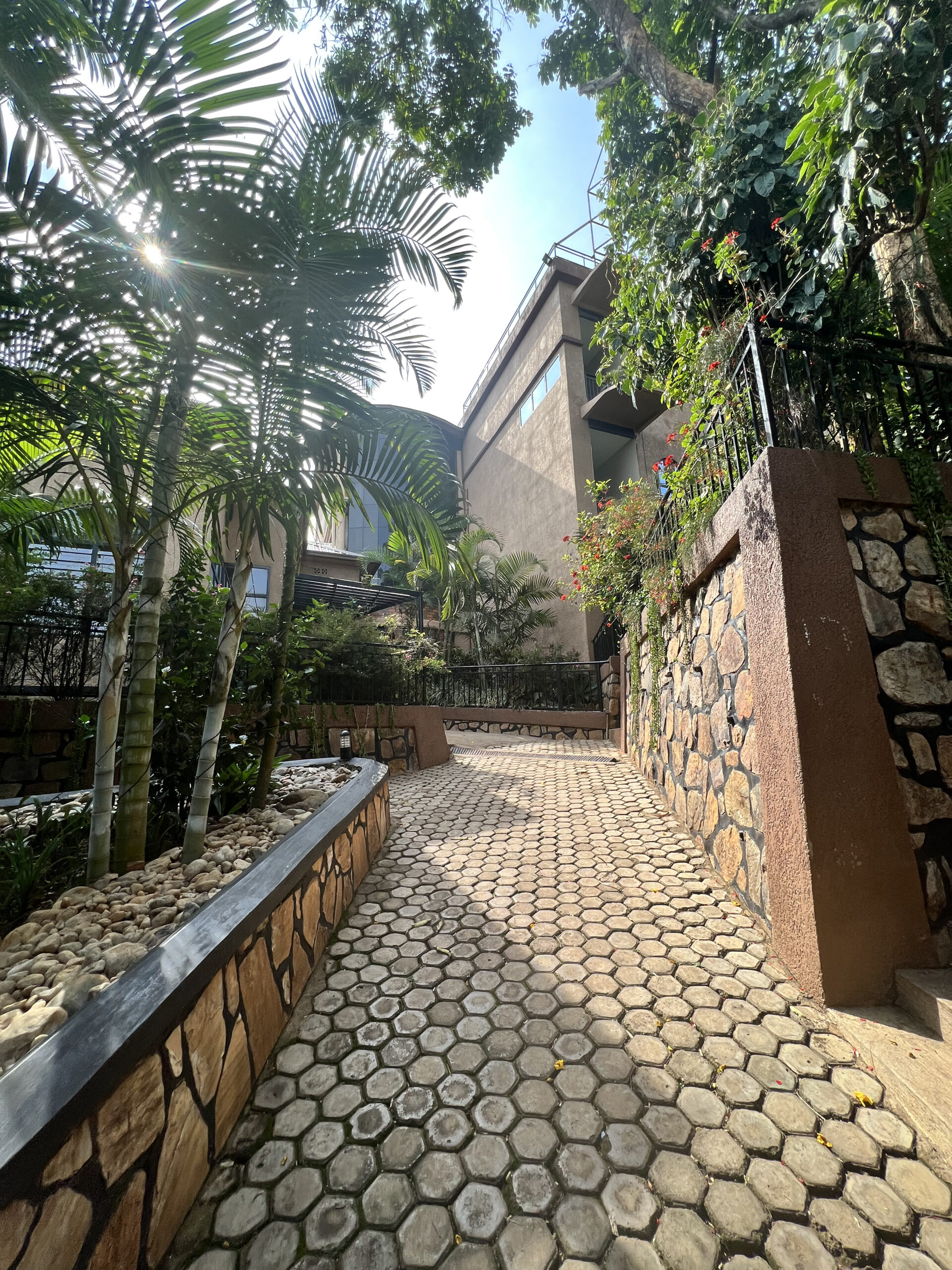
Here’s a brief breakdown of certain aspects of the hotel:
Type of Rooms Available
The Kigali Baobab Hotel has a variety of rooms offered on different levels of the hotel. I suggest clicking the link above to see all of the rooms, but here are a few pictures:
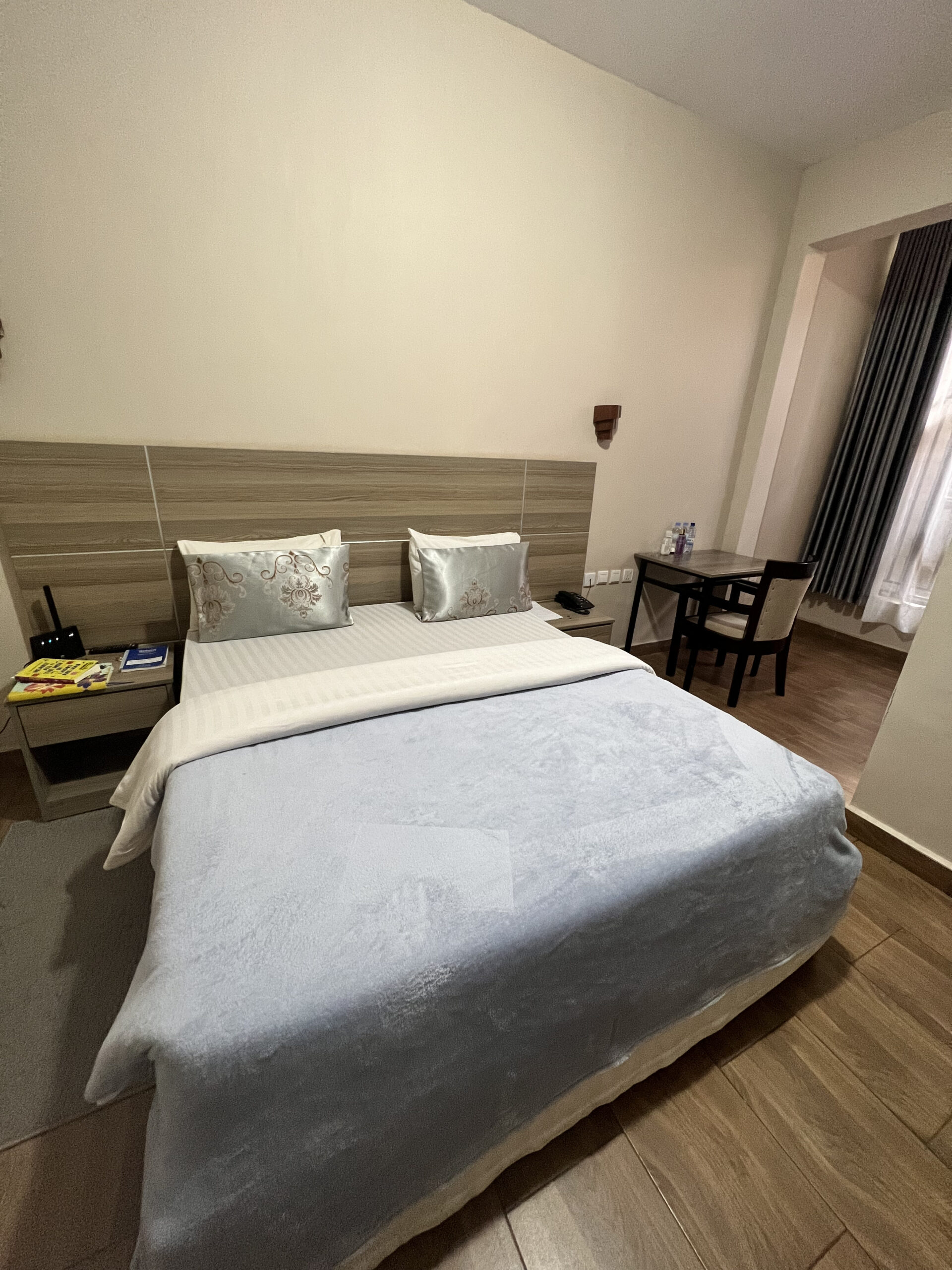
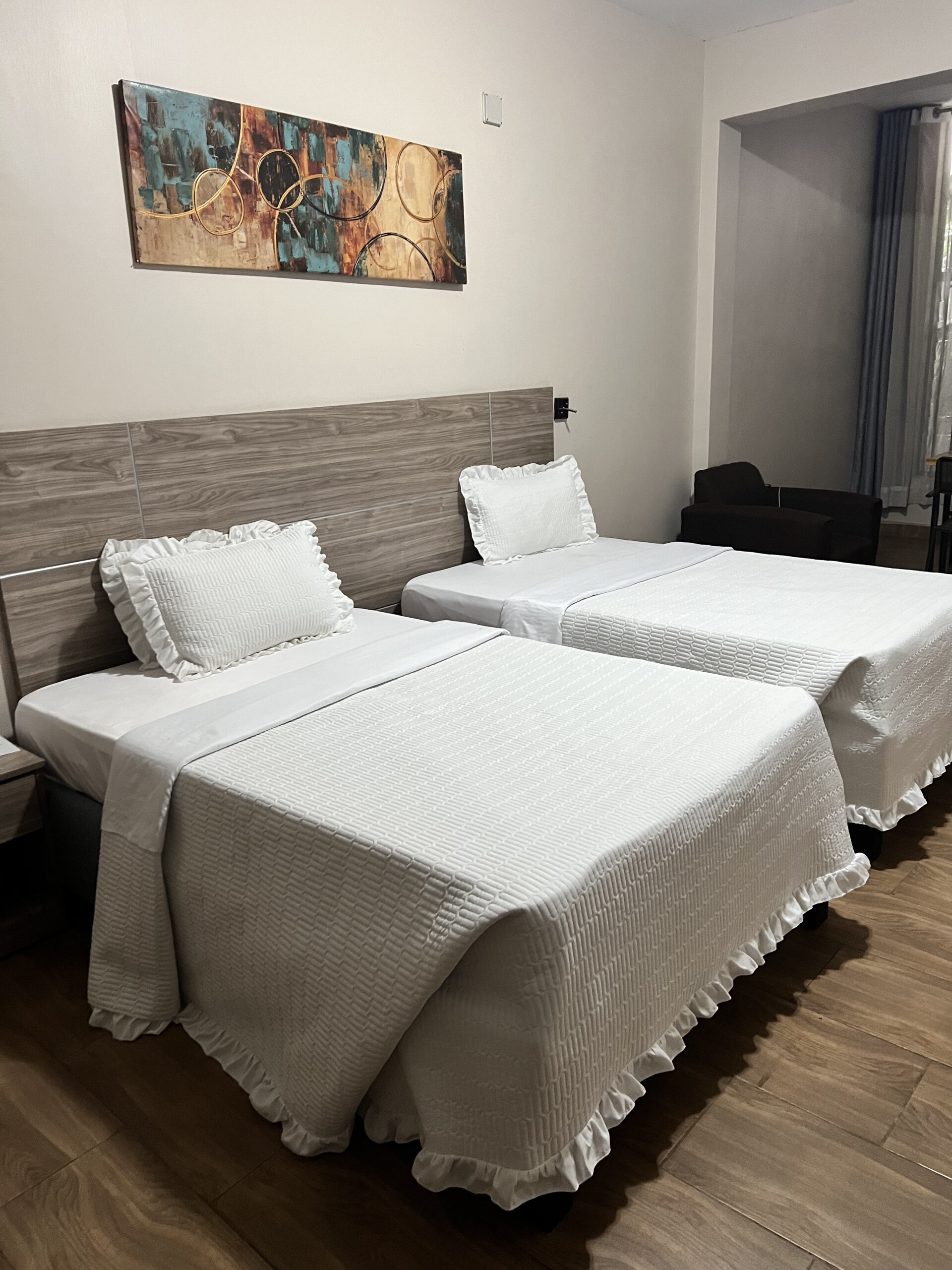
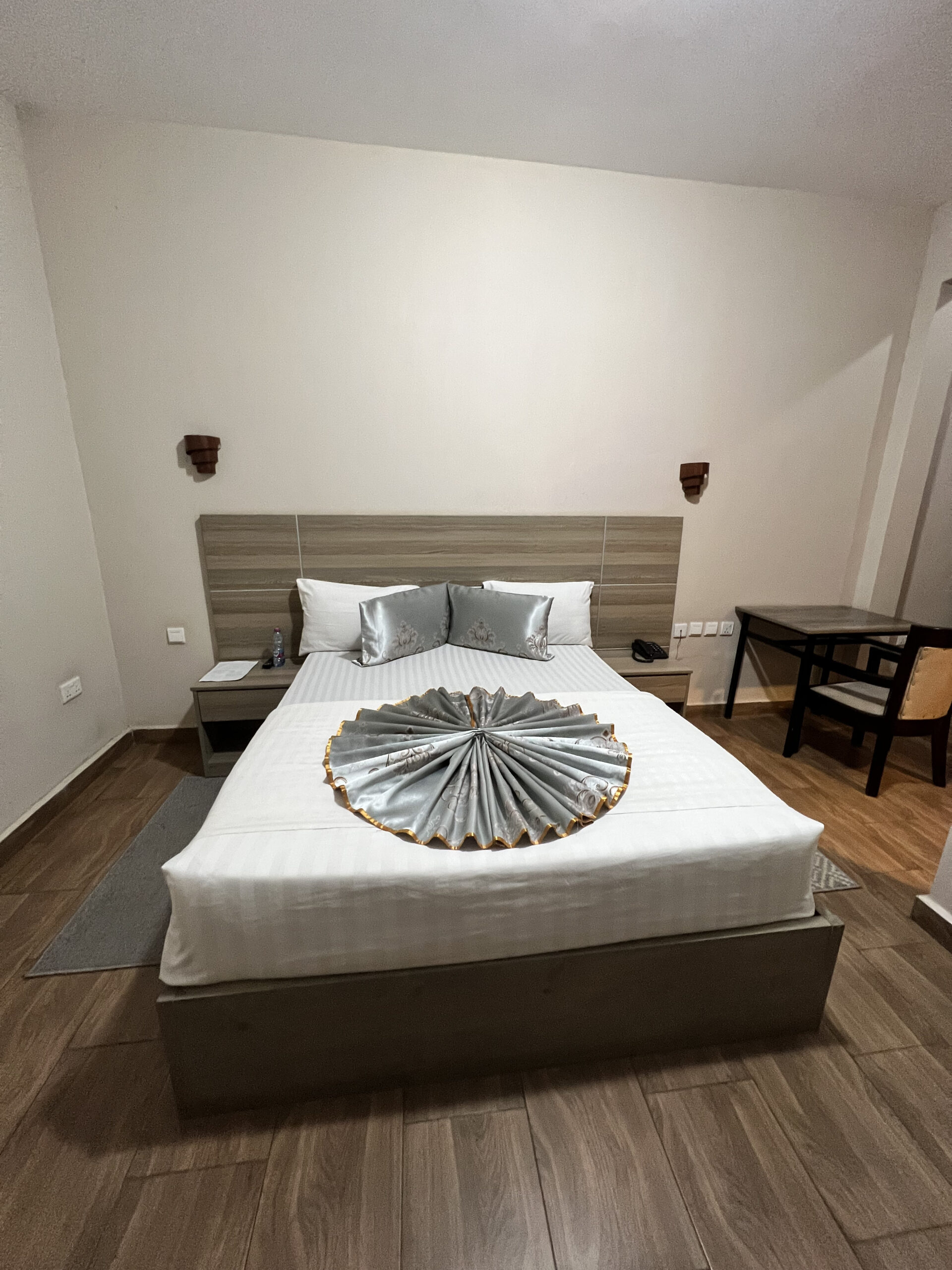
The Room I Stayed In
The room I was upgraded to below is the Deluxe Double Room. I originally had the room above to the far left, but was upgraded to another room due to a water leak seeping through the walls. I received a discount rate of $31 because of the water issue, but the regular price is $41/night.
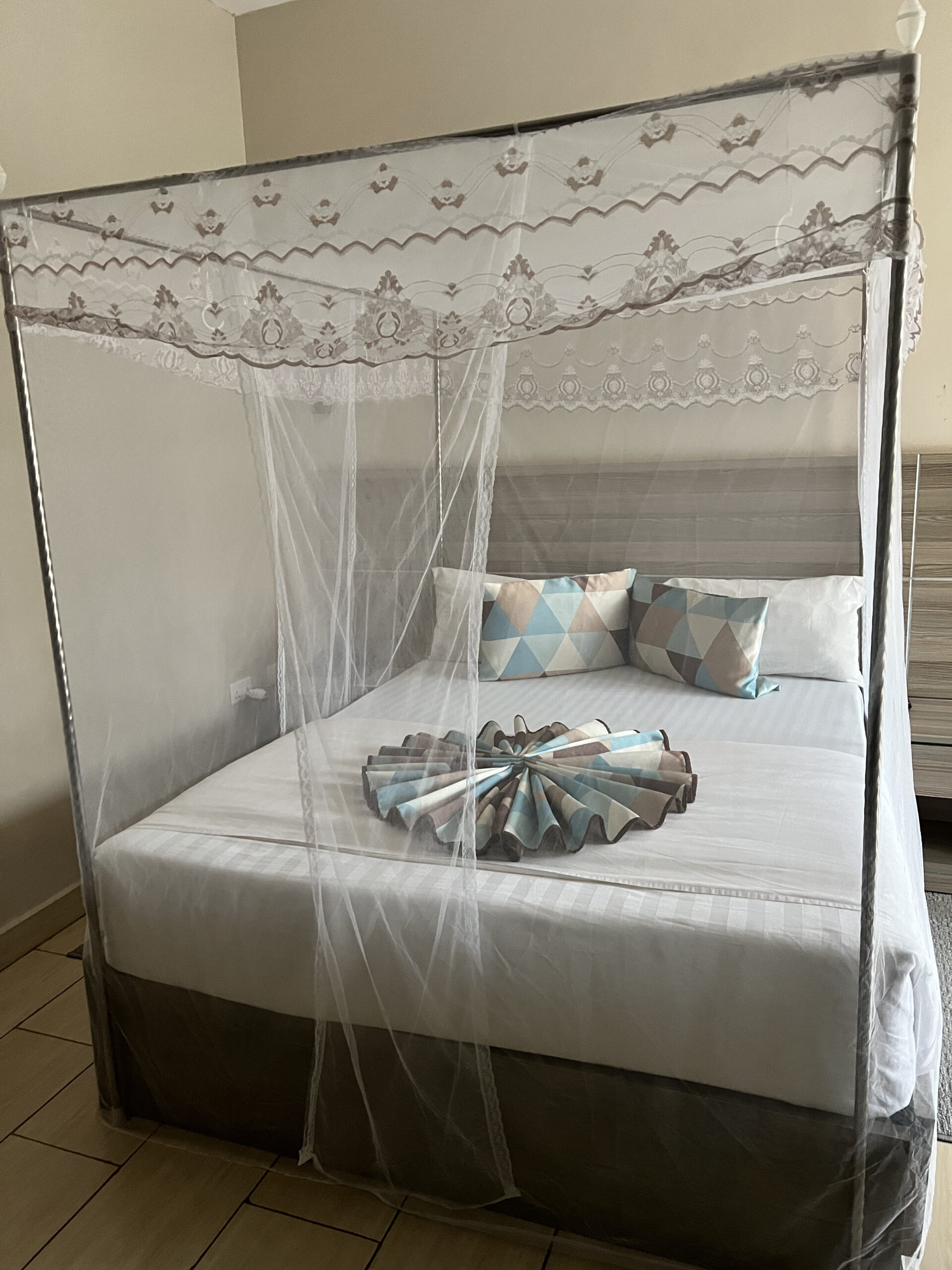
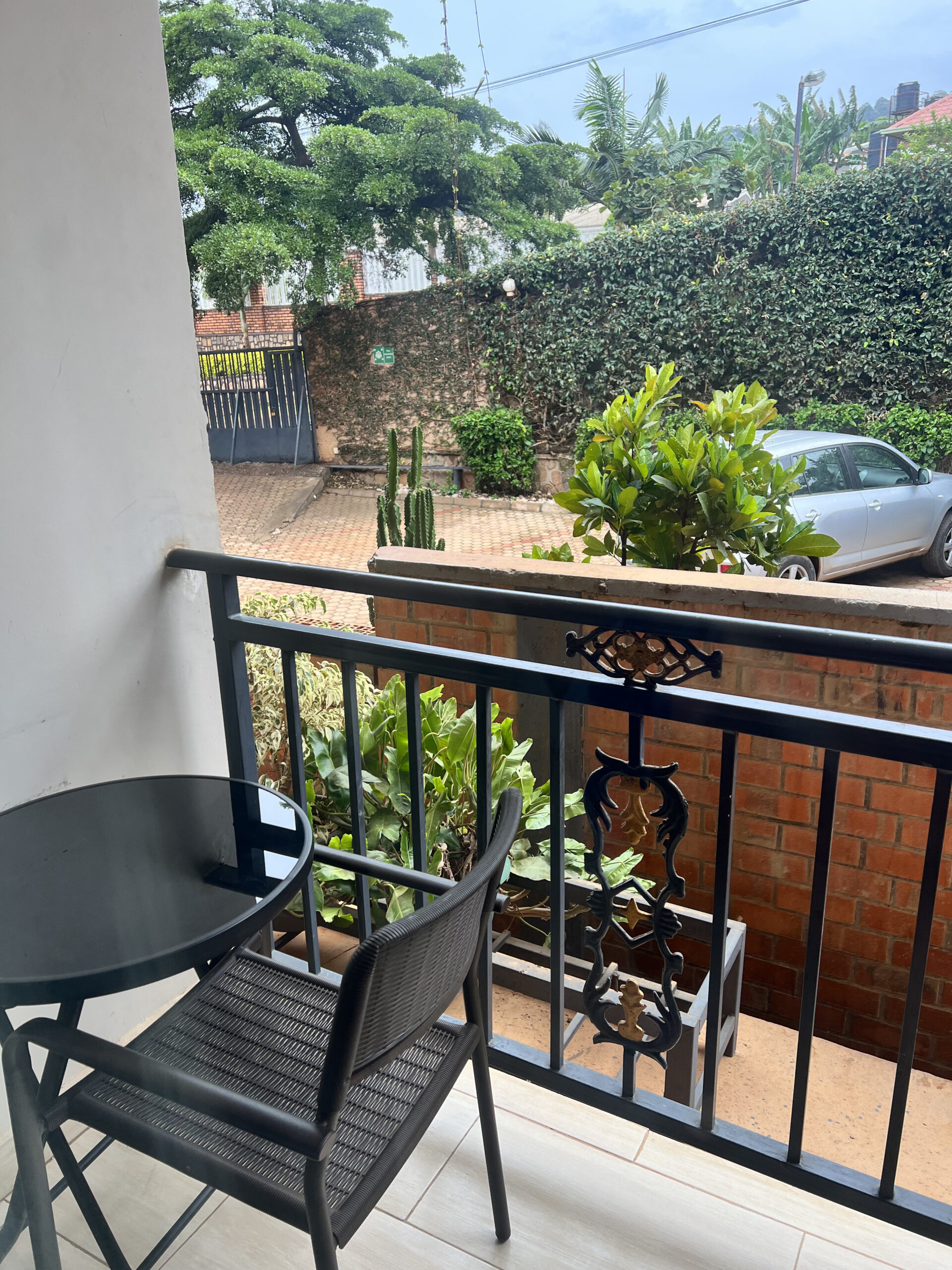
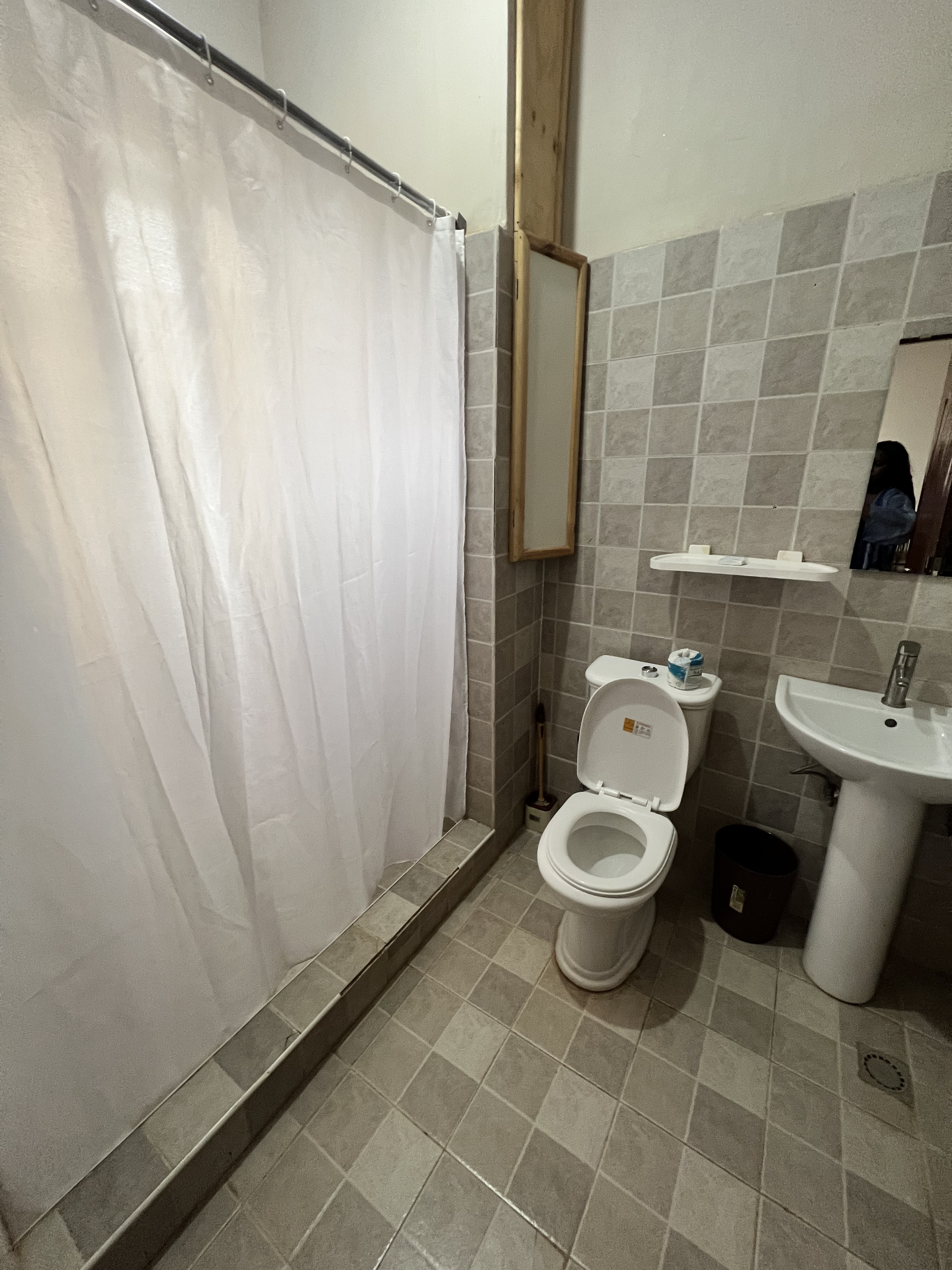
Free Breakfast Every Morning
My stay came with a complimentary breakfast offered by the hotel. The options were pancakes, omelets, bread, fruit, a variety of teas, and hot chocolate. For the rate of my room, I was impressed that breakfast was even included and that it was actually a filling one.
I had the choice of eating in the breakfast room or having it delivered to my room anytime from 7am – 10am, and I opted for breakfast in my room the entire stay.
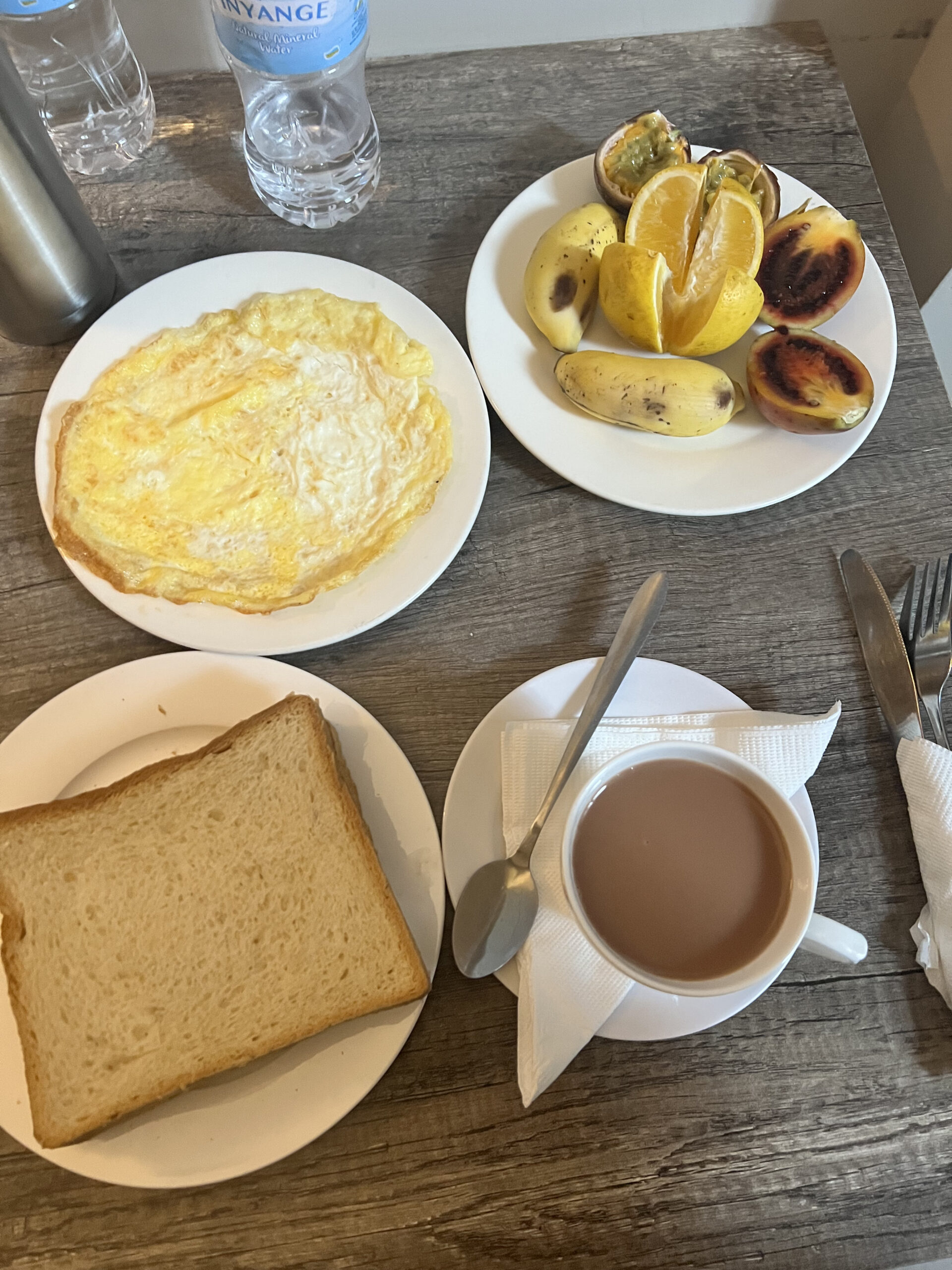
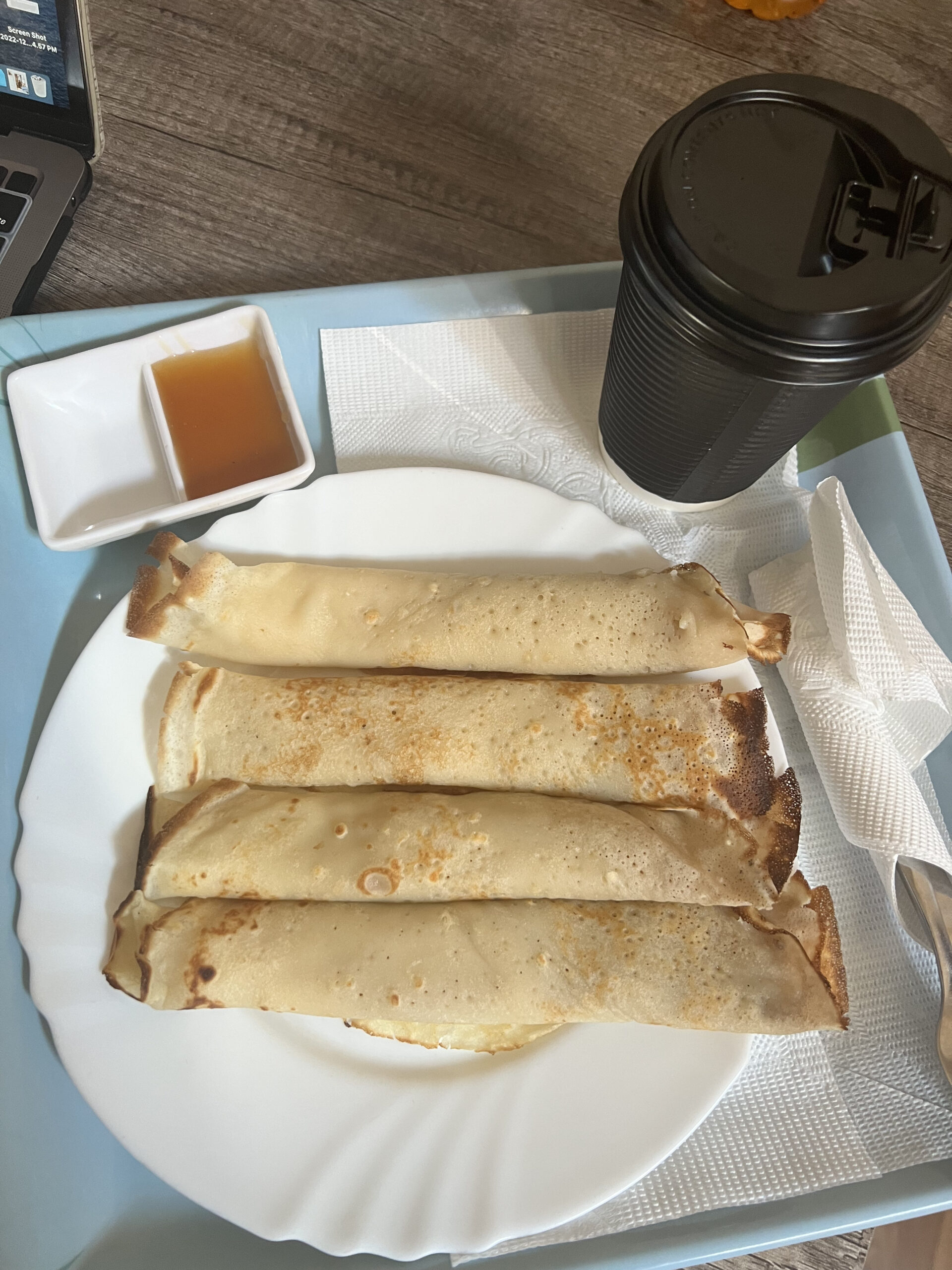
Daily Cleaning
I also was not expecting my room to be cleaned daily, but I would give my keys to the front desk whenever I was going out for the day, and each time I returned back to my room, I came back to a freshly cleaned room. My bed was made, soaps were replaced, and floors mopped every day.
Room Service
The room service was one of my favorite parts of the stay. Whenever I needed anything, I would use the phone in the room to contact the front desk, and they would come right away.
Washing/Ironing Services
There wasn’t an ironing board provided in the rooms, but whenever I needed my clothes ironed or washed, the staff would do it for me at an additional charge.
On-Site Restaurant
The Kigali Baobab Hotel did have an on-site restaurant with an impressive menu of lunch and dinner options to select from. Whenever I didn’t want to order in, I could just order something from the kitchen, and it would be added to my tab.
Overall, I would 100% recommend this hotel. As a solo traveler, I felt very safe, was well taken care of, and left feeling refreshed at the level of customer service I received.
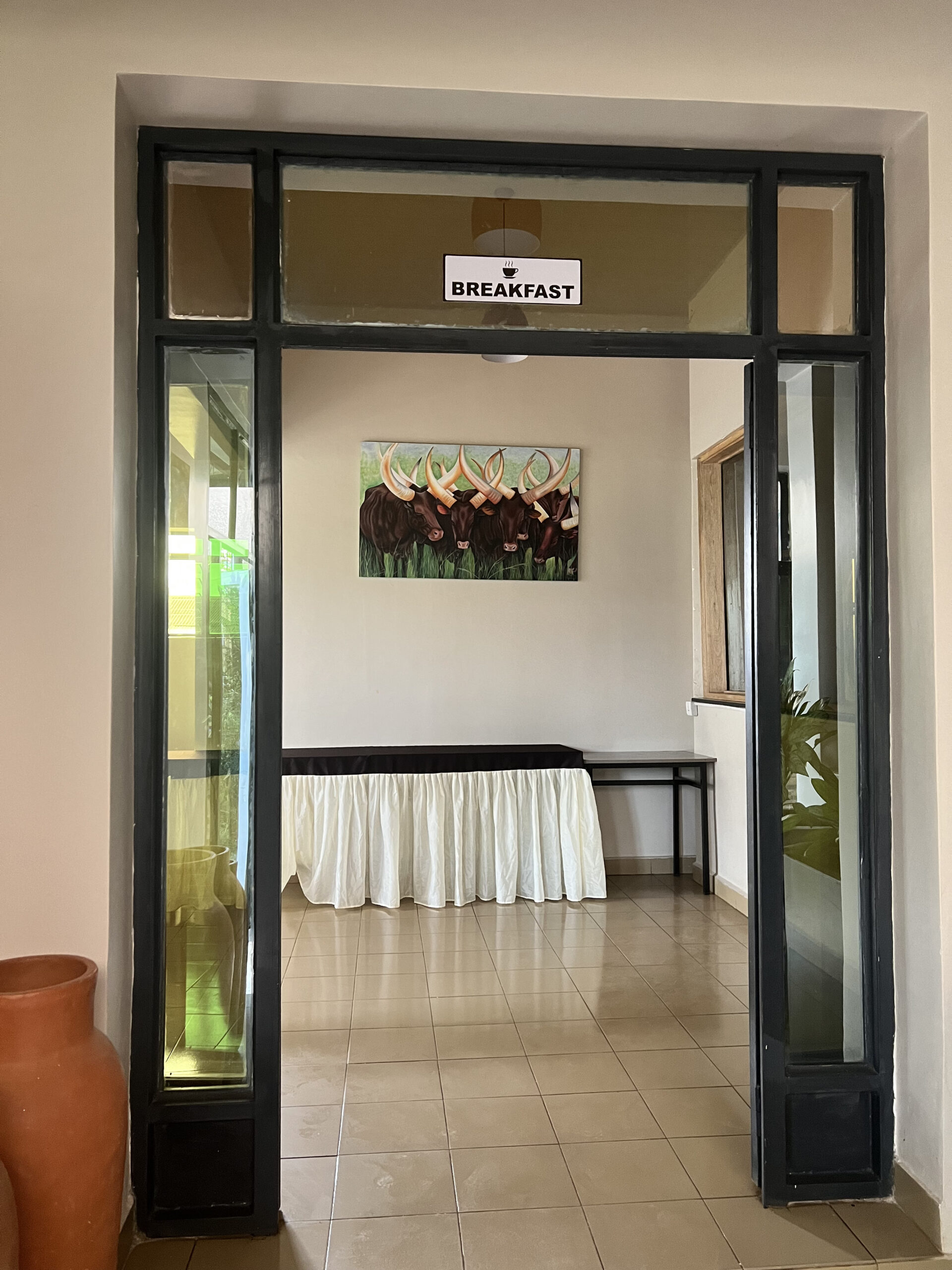
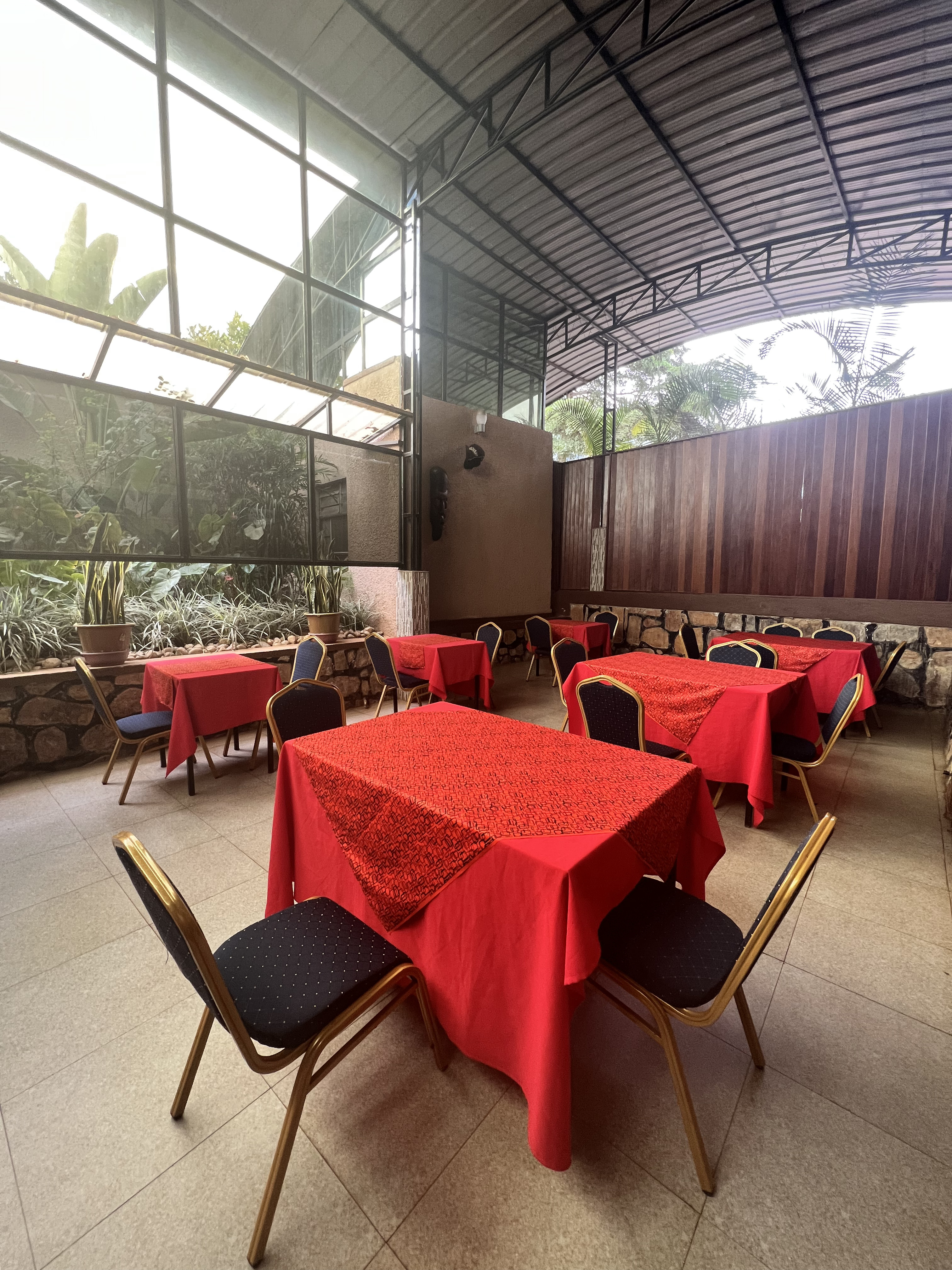
The Nest Rugando – Gishushu
I stayed at The Nest Rugando for two nights as part of a sponsored accommodation stay in exchange for a blog post review (read it here).
I’m always on the hunt for nice budget stays for all types of travelers and was excited to stay here because the property had great Google reviews and looked nice based on website pictures.
Here’s what the main parts of my room looked like:
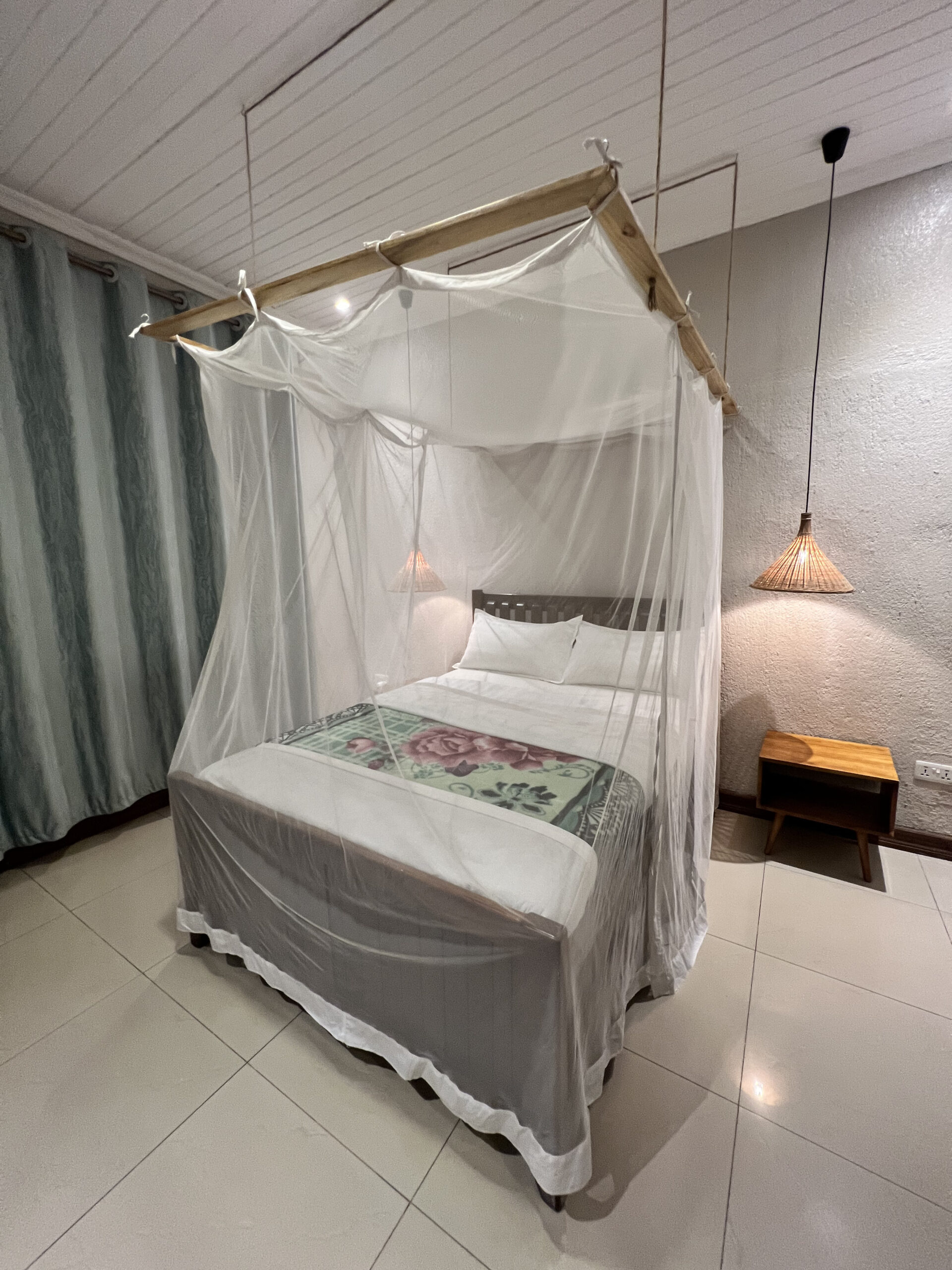
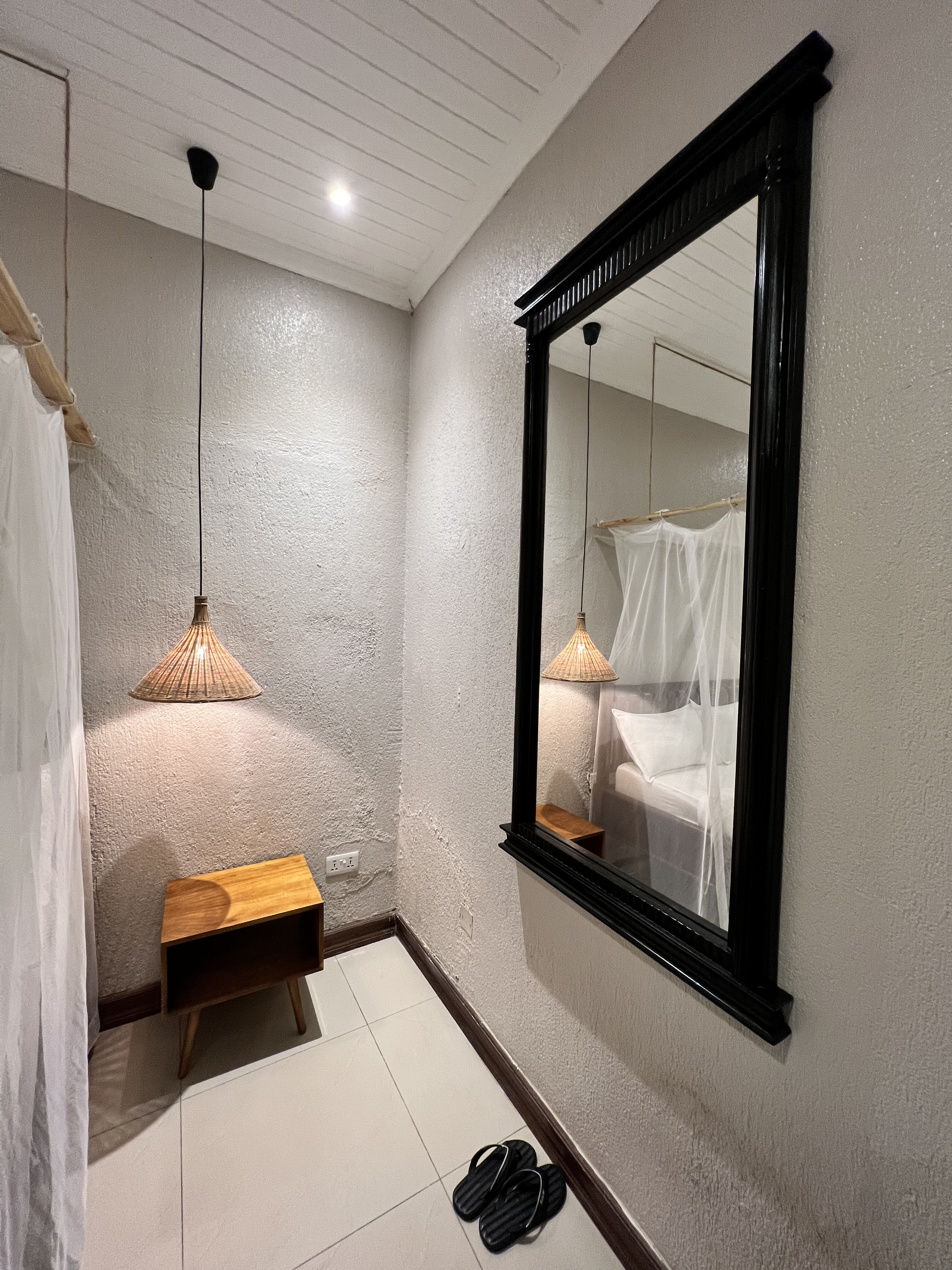
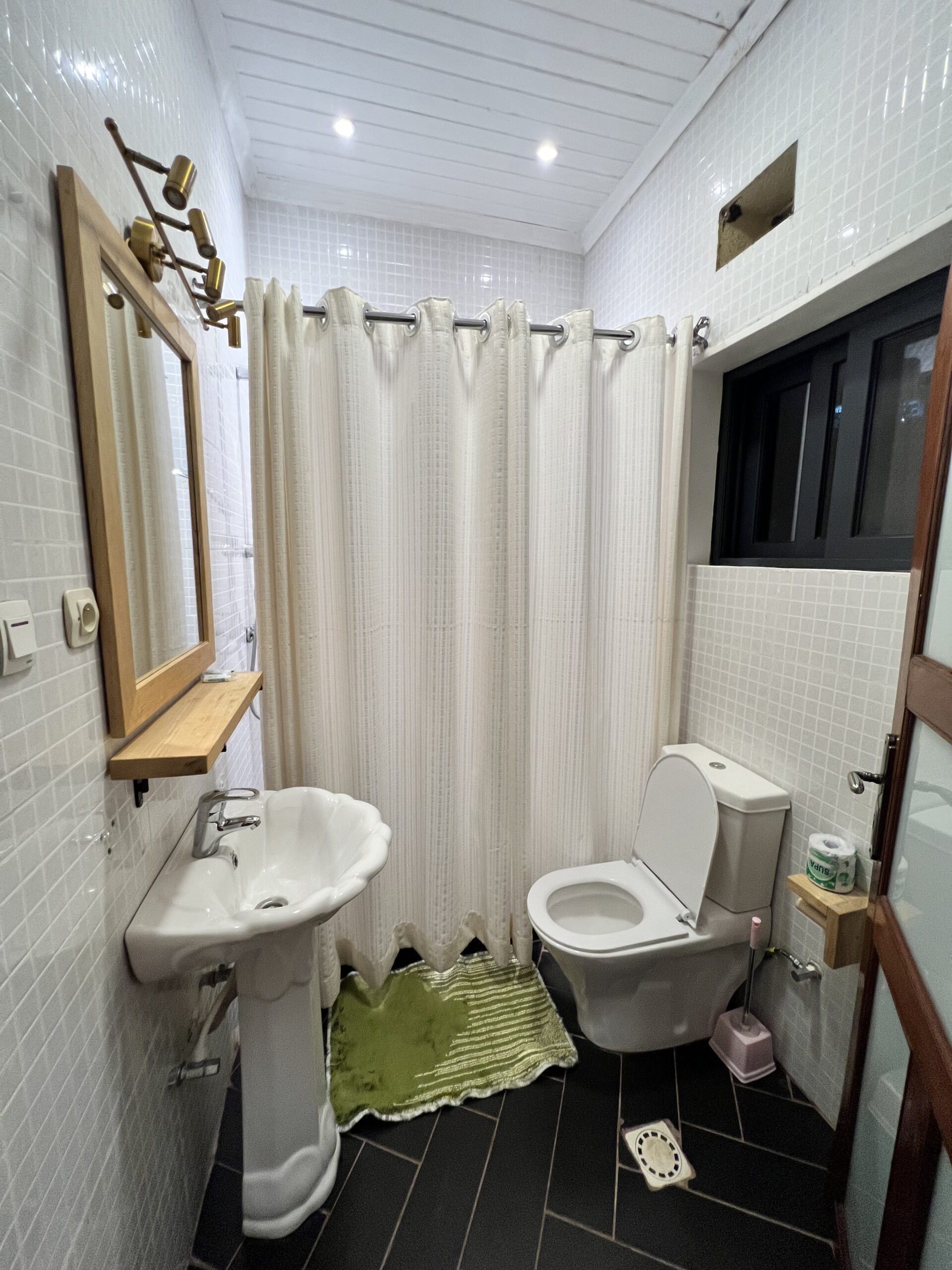
While the room wasn’t horrible and was pretty spacious, if I’m being honest, the staff seemed like they really did not want to be there at all. I received a very “dry” attitude from everyone as if they did not care about anything. For this to be a sponsored experience, I was very taken aback.
There was a smell in the room that was unpleasant and the shower had a lot of residue/glue peeling on the tiles. I also feel that the room could have been cleaner, but I feel like that was due to the smell. It wasn’t overbearing, but in certain areas it wasn’t good at all.
Lastly, the free breakfast that was promised was a variety of hot drinks, fruit, and granola. The way this breakfast was advertised you would think it would have more so this was disappointing. After speaking with the manager this was not what the breakfast was supposed to be but I will go into more detail in my blog post.
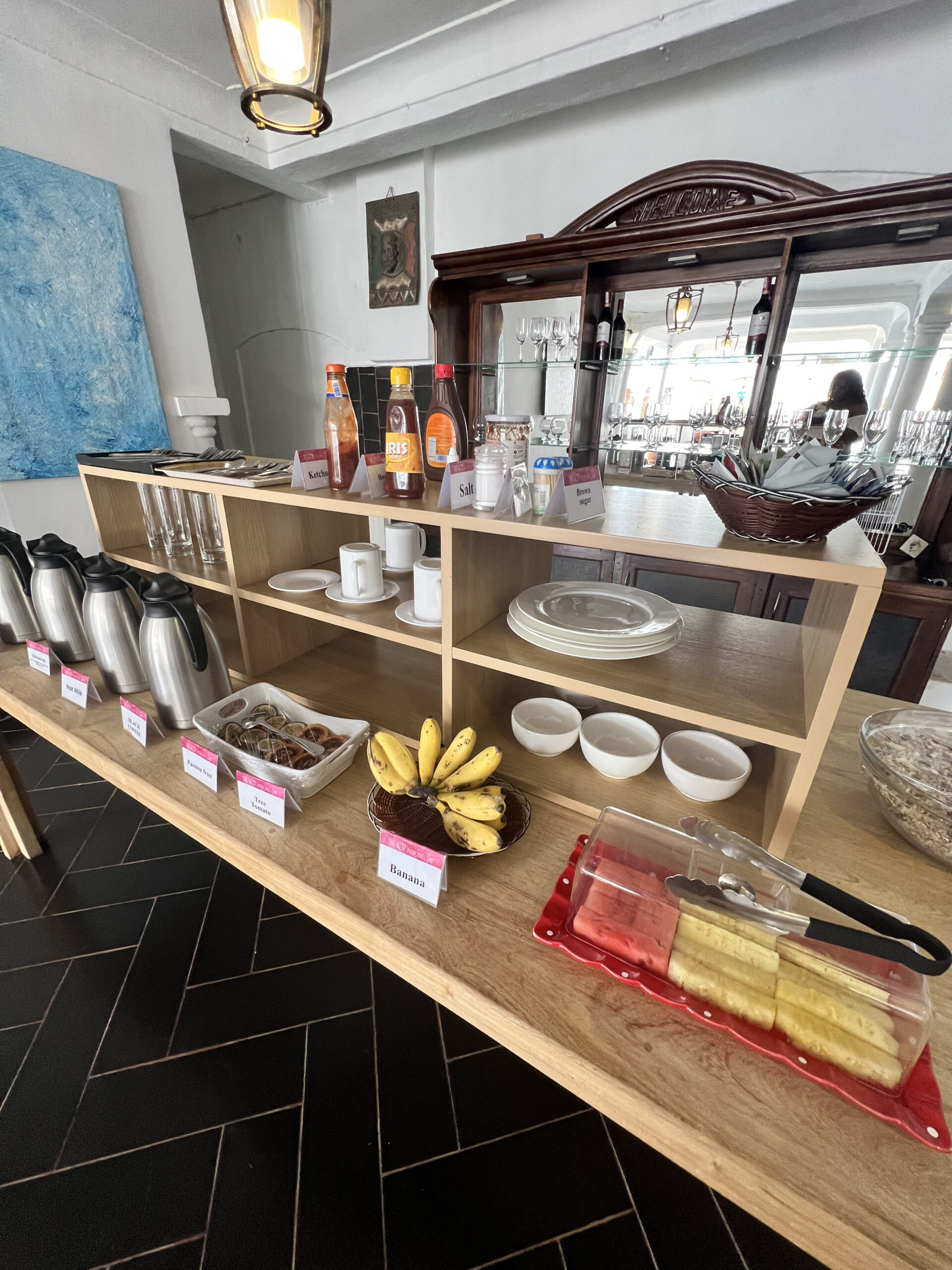
I sadly can’t recommend The Nest Rugando and would not stay here again.
I was also going to stay at The Nest Kimi, their other location but I looked at my room upon arrival, saw stains on my bedsheets and checked out, requesting a full refund. I ended up going back to The Kigali Baobab Hotel for the rest of my stay since there wasn’t any availability at Urban by CityBlue, the other hotel I wanted to check out.
Where to Eat in Kigali
I got the chance to dine at a few restaurants in Kigali during my visit. I was honestly shocked at the lack of traditional food options in Rwanda. It seemed like most of the restaurants I went to had everything BUT Rwandan food: Indian, Thai, American, etc. So if you see burgers and fries please know I tried to get some Rwandan cuisine in there!
Kijamii Table
Kijamii Table is a restaurant that serves healthy local and traditional East African food with a mission of community empowerment.
Kijamii Table has a full menu of breakfast, lunch, and dinner items but is known for its daily lunch buffet. The buffet includes soup, salads, African dishes, and desserts. It’s not super extensive as far as options go, but the food is freshly made, and I think makes for a great lunch in a community-oriented space. The buffet is priced at 4,500 Rwandan francs ($4.22).
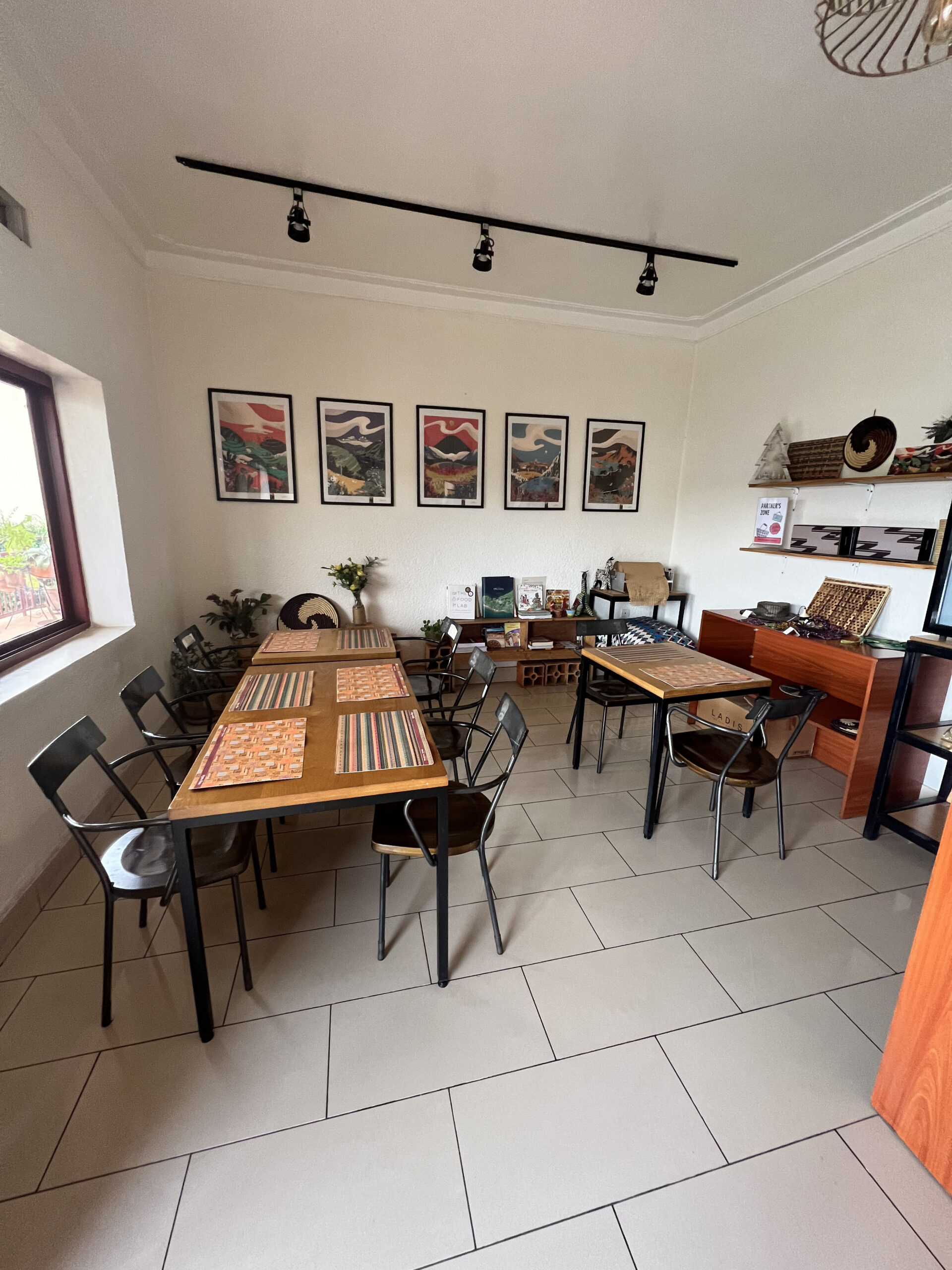
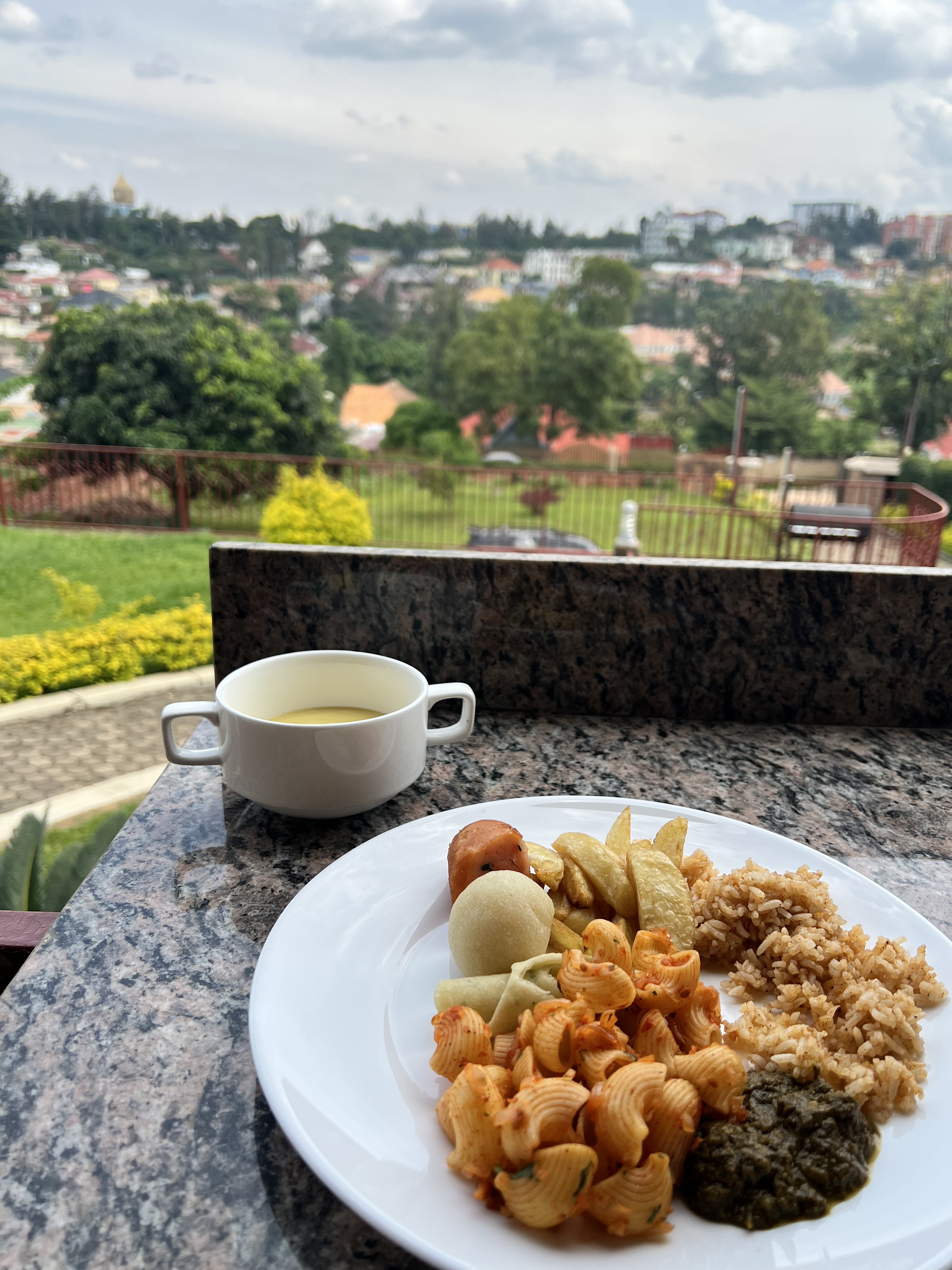
Card Payment Accepted: Yes
Price: $
Would I Return? Not willingly, if someone wanted to go then I would go with!
The Hut
Bringing together ingredients from different cultures, The Hut is a fusion restaurant located not far from the Kigali Convention Center. It’s part of their boutique hotel. This was said to be one of the best restaurants in Kigali, and after my meal, I can see why.
My server brought me a complimentary vegetable salad with a crisp center. My soup was garnished with cheese, and that made it delicious. It was a bit salty, but still good! I enjoyed my meal and would love to return back in the future at night to see the place come alive!
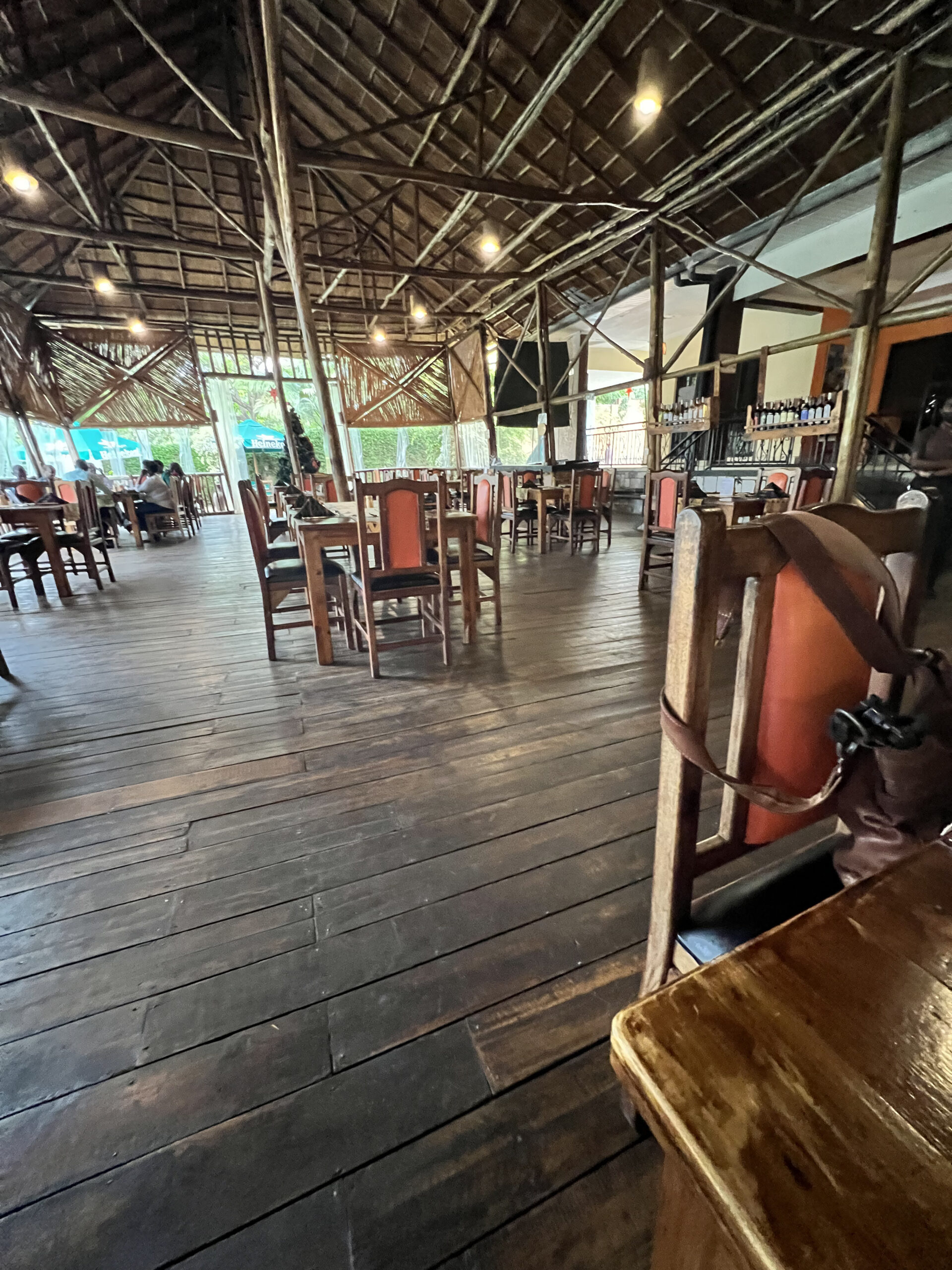
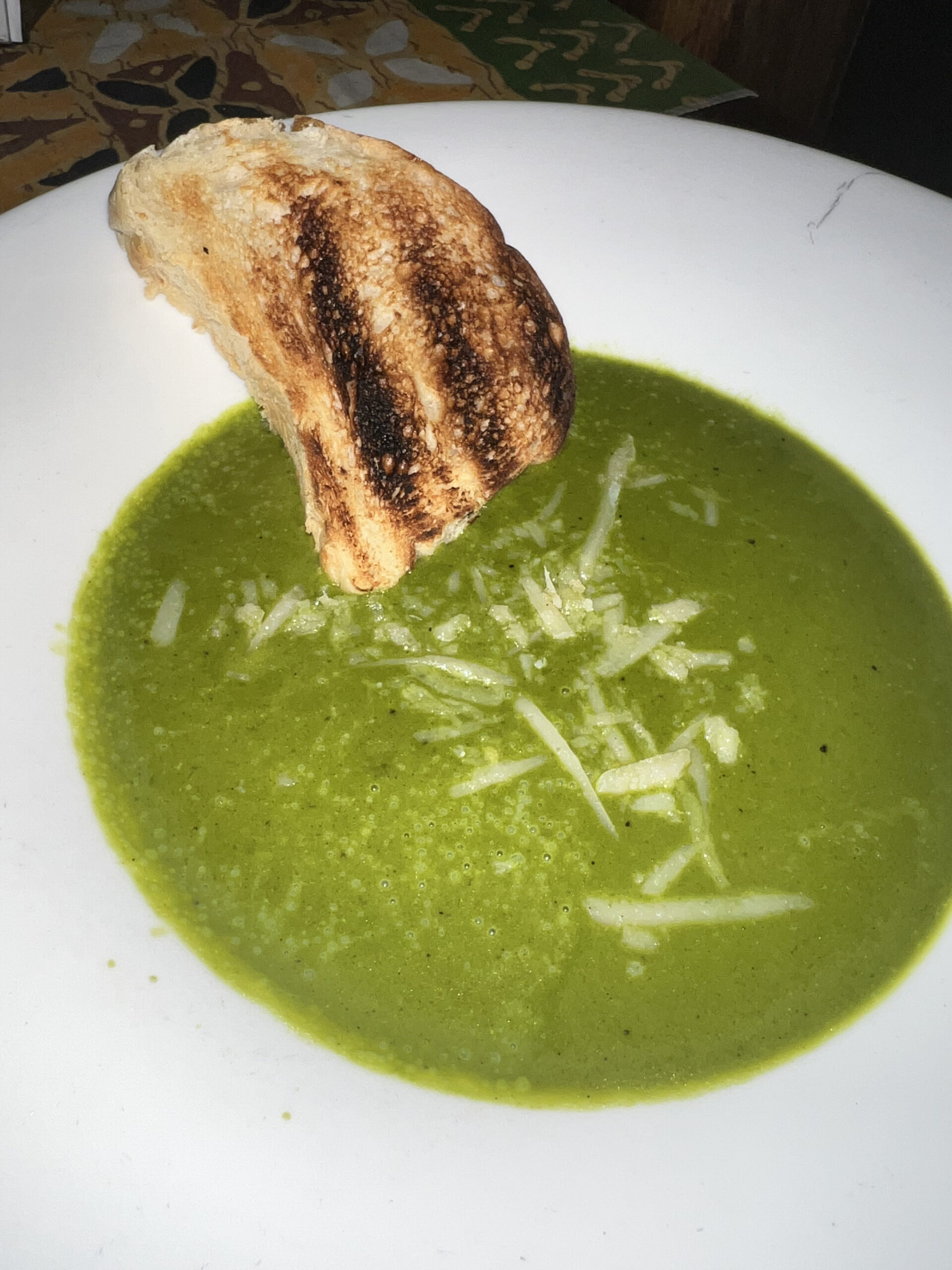
Card Payment Accepted: Yes
Price: $$-$$$
Would I Return? Yes!
Repub Lounge
This lounge has been around in Kigali since 2004 and is a great spot for trying Rwandan and general East African cuisine.
I chose to have Matoke Stew, which I was told would take 30 minutes to prepare. So I decided to have a starter meal of Isombe, a green Rwandan stew served with plain rice.
I love that Repub Lounge prioritizes serving East African dishes, and it was nice getting to check those food items off of my list.
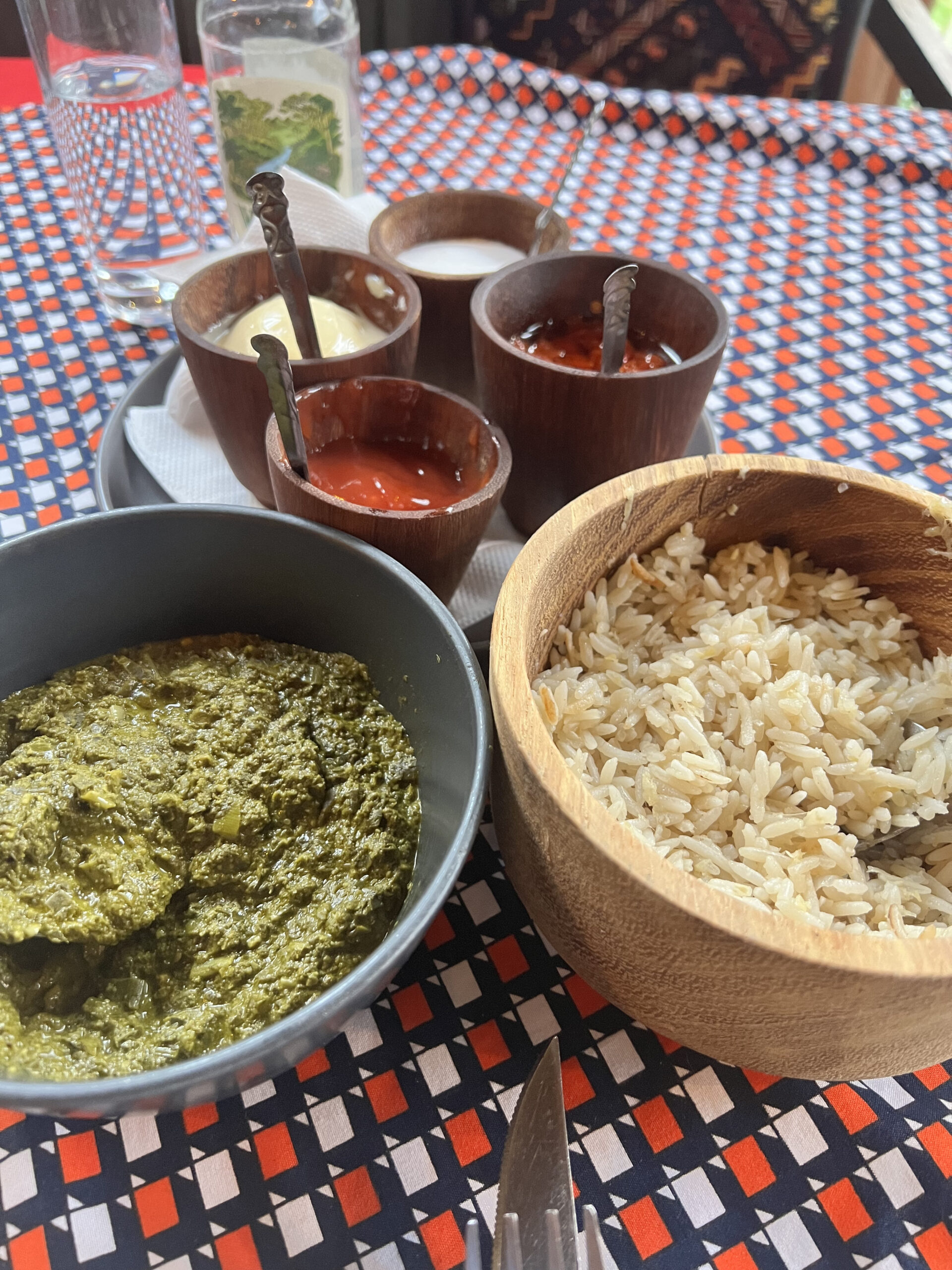
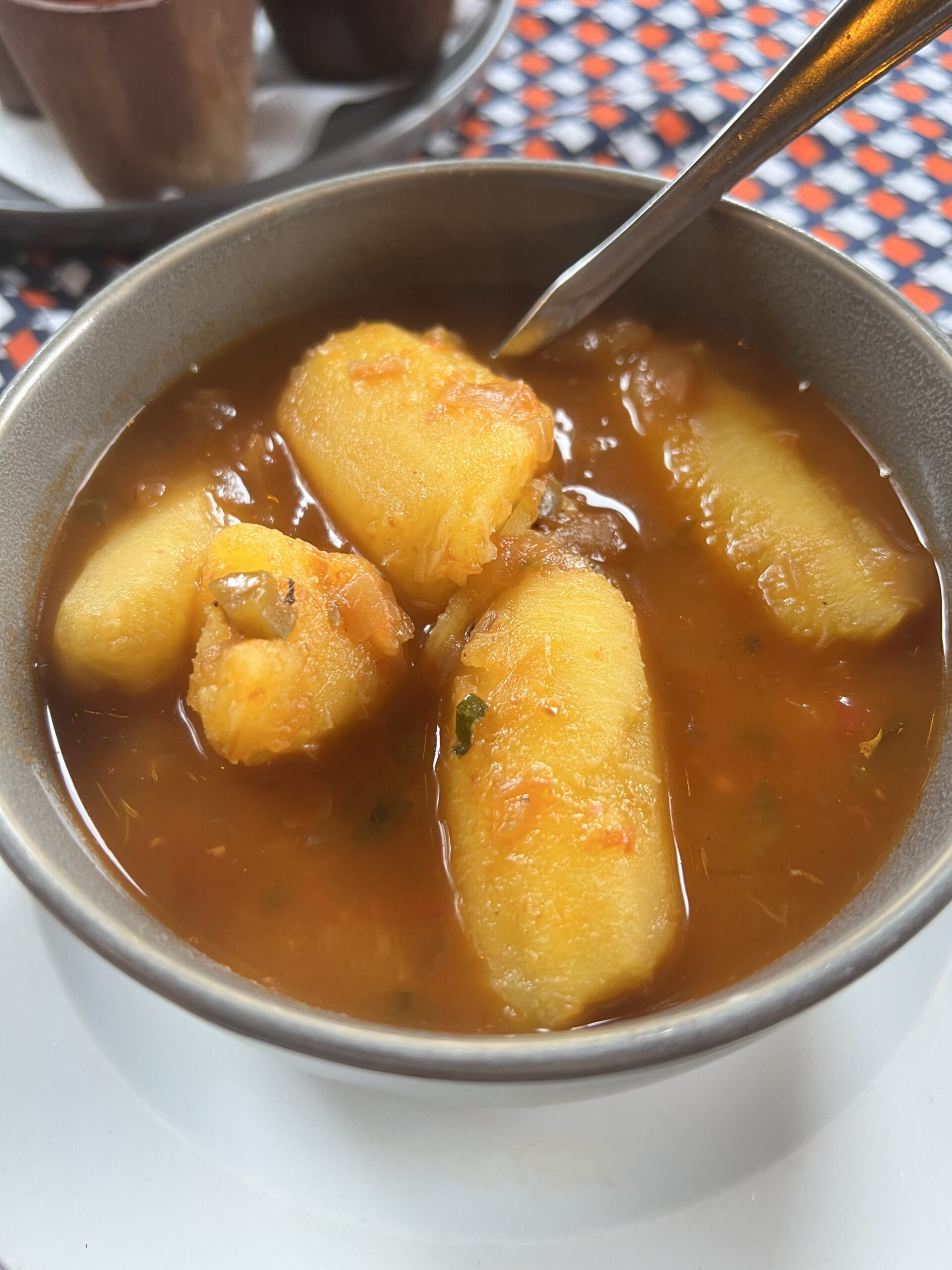
Card Payment Accepted: Yes
Price: $$-$$$
Would I Return? Yes, to try something else
Rwanda Bean at 1000 Hills Distillery
Rwanda Bean is a restaurant inside East Africa’s 1st Craft Small Batch Distillery, 1000 Hills. Since 2014, the distillery has prided itself on using high-quality, locally sourced ingredients to make premium distilled products.
The Tex-Mex Chicken Tacos I had were delicious and were served with fries and a side salad, so I did enjoy my food, the view, the service, and being there.
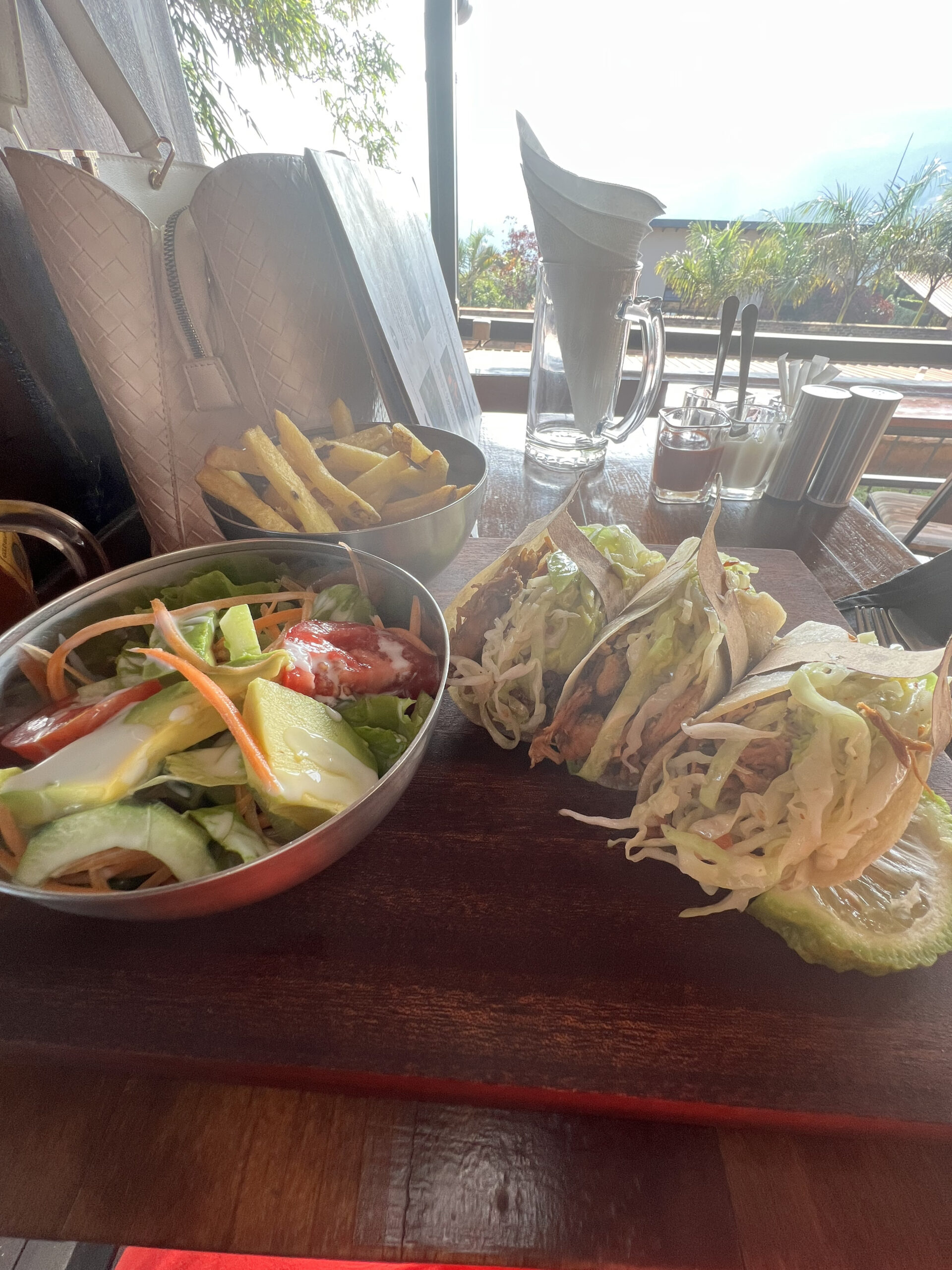
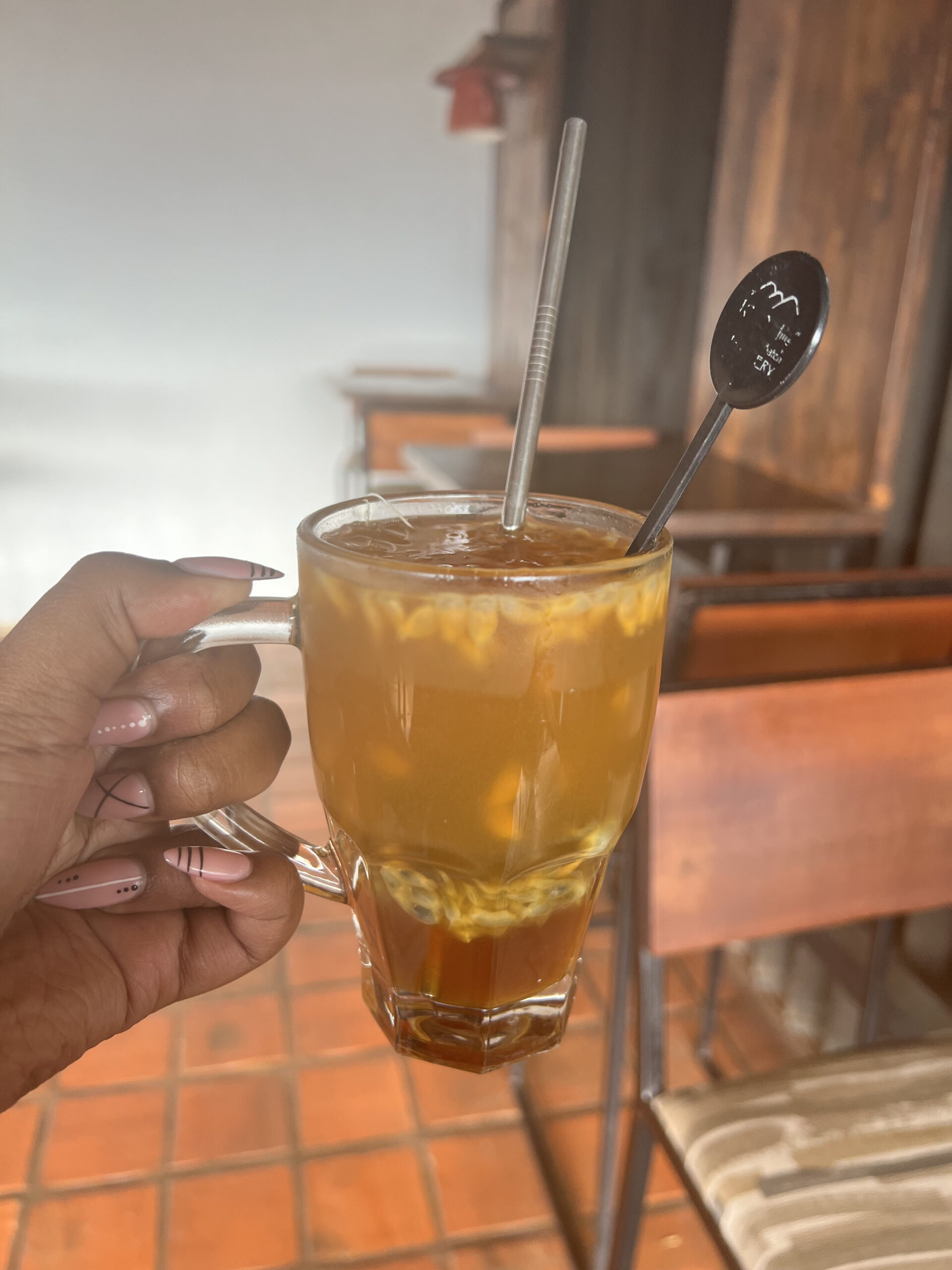
Card Payment Accepted: Yes
Price: $$-$$$
Would I Return? Yes, I would love to see the vibe at night time
Heaven Restaurant
Heaven Restaurant describes itself as serving “modern African cuisine with expansive views of Kigali.”
I visited around dinner time (7pm) and really loved the ambiance. I did not enjoy my cheeseburger, I have to say, due to the meat, but I would definitely come back!
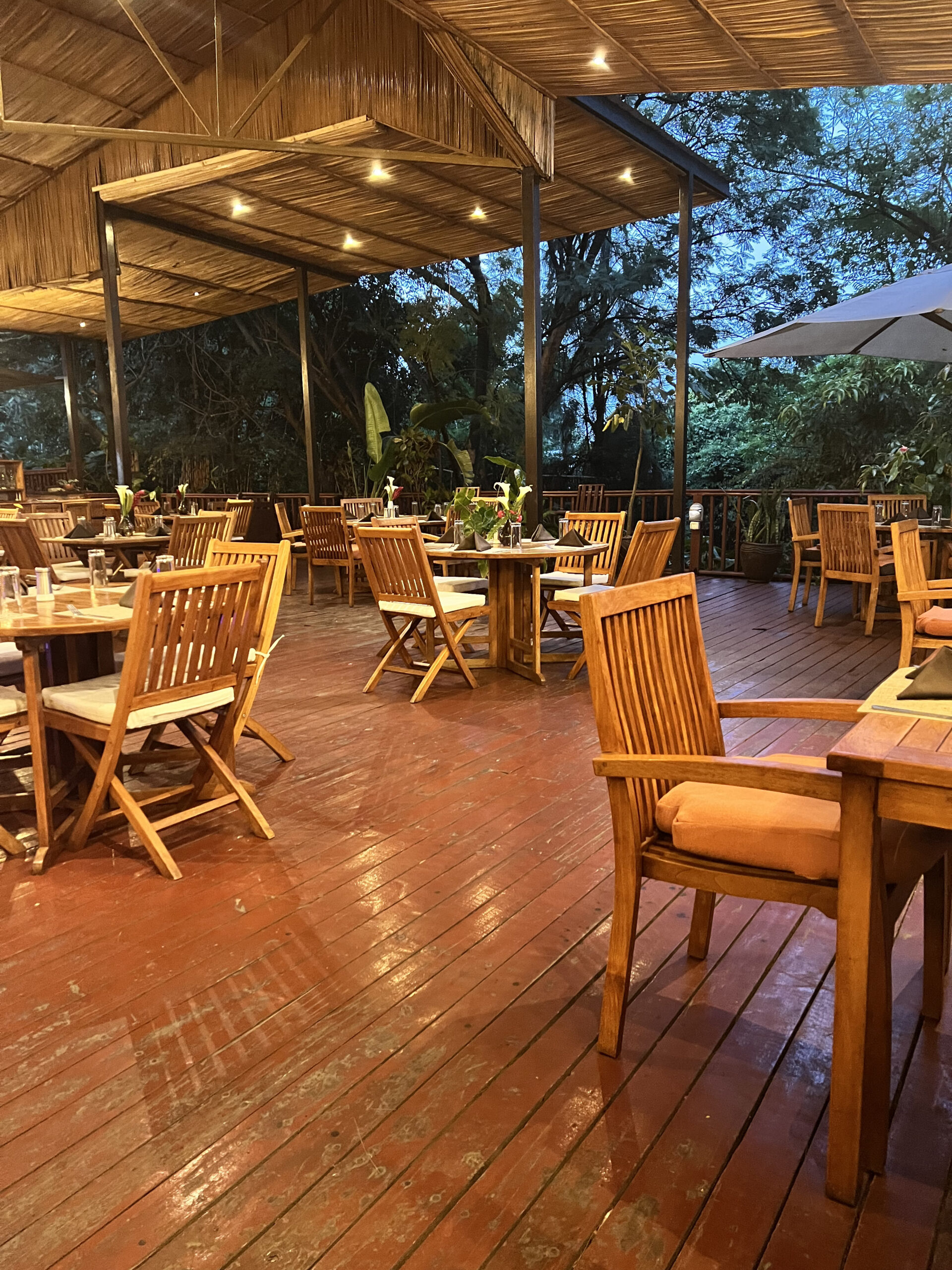
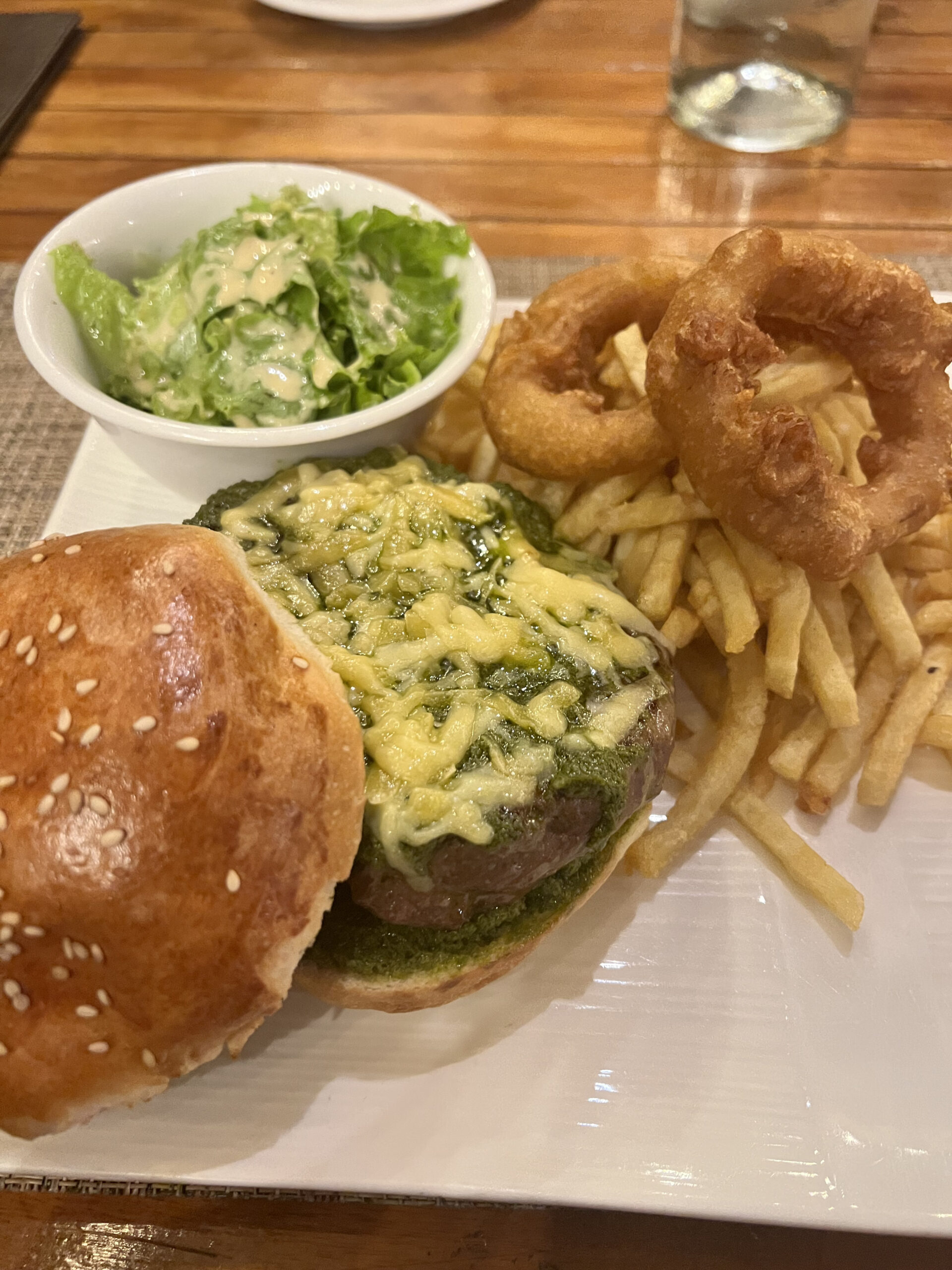
Card Payment Accepted: Yes
Price: $$-$$$
Would I Return? Yes!
Pili Pili
Another popular recommended choice in Kigali, Pili Pili is a bistro lounge known for catching vibes!
I can see how Pili Pili is a top choice among visitors and some locals! It’s a beautiful setup with gorgeous views depending on your seating of choice.
While I visited during the day, I would love to come back to Pili Pili at night time. During the day, Pili Pili is more of a relaxation spot where people come to lounge with their partners, friends, and kids. There is a swimming pool open to the public, so a few people were swimming.
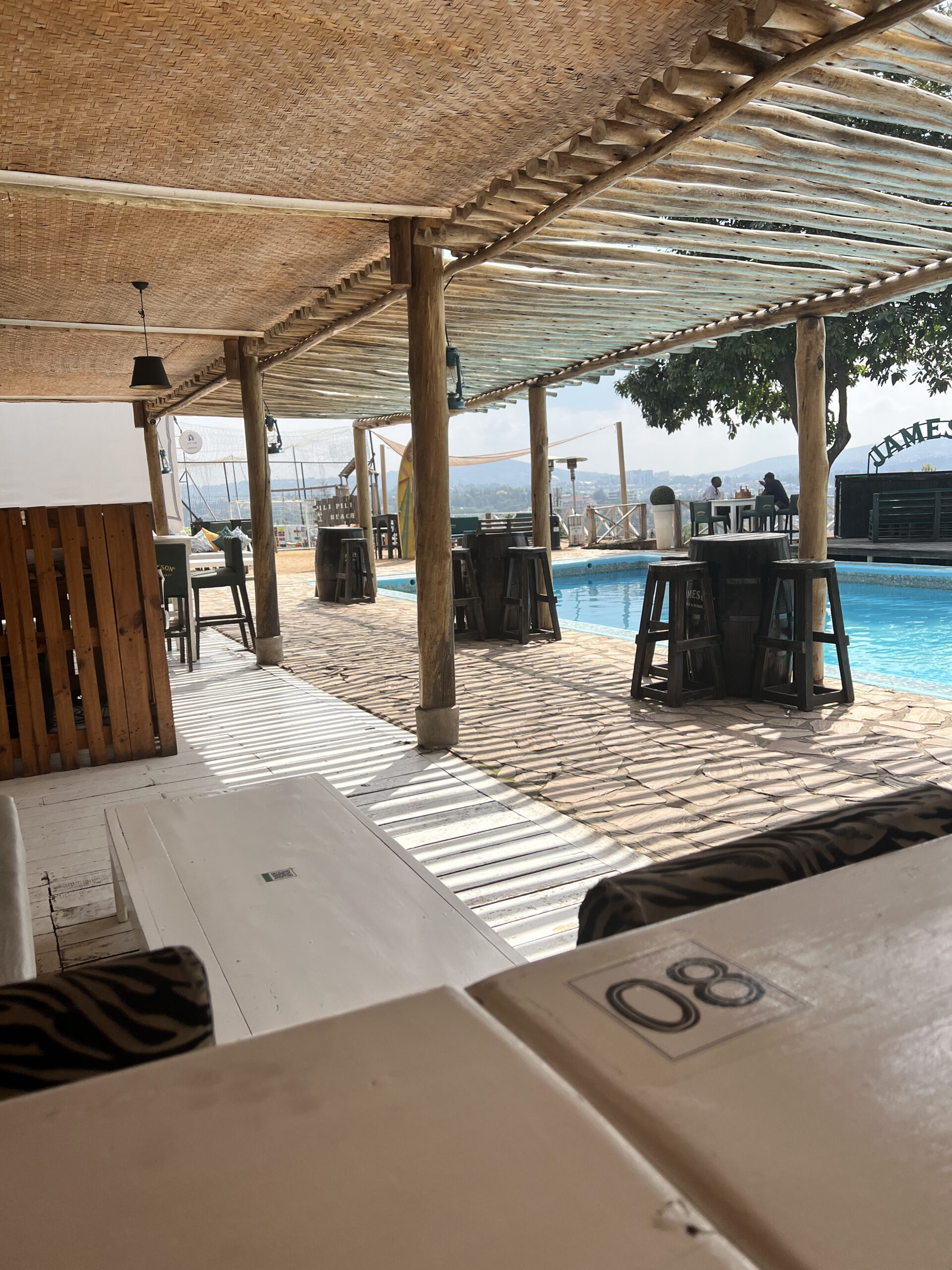
Card Payment Accepted: Yes
Price: $$-$$$
Would I Return? Yes!
360 Degrees Artisan Pizza
360 Degrees Artisan Pizza is a restaurant I stumbled upon while at Kigali Heights, a mall in the city center. The restaurant describes itself as an “upscale casual restaurant serving authentic Neapolitan Pizza.”
I ordered a small margherita pizza with a side of truffle fries and have to say that the pizza was delicious!
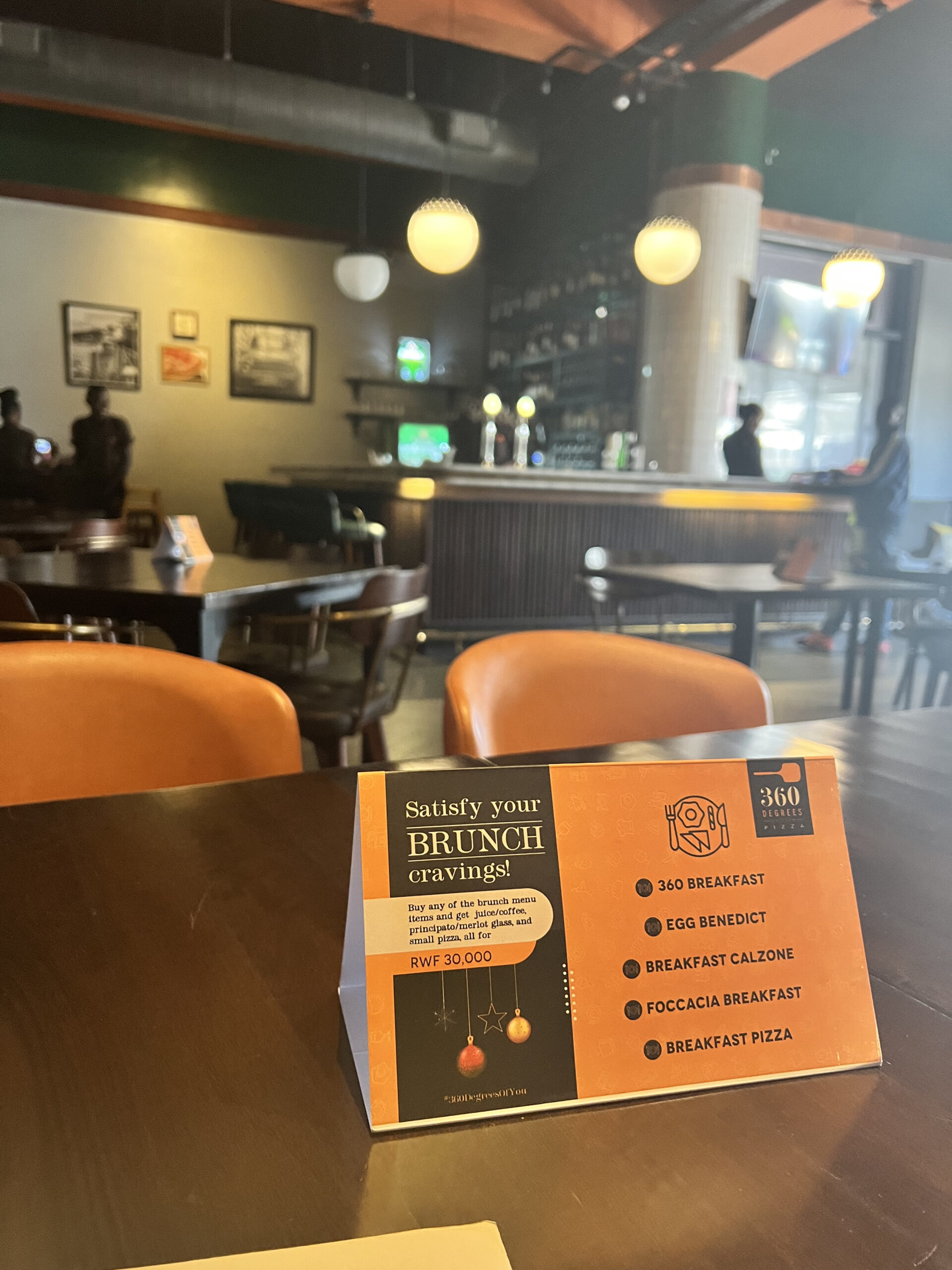
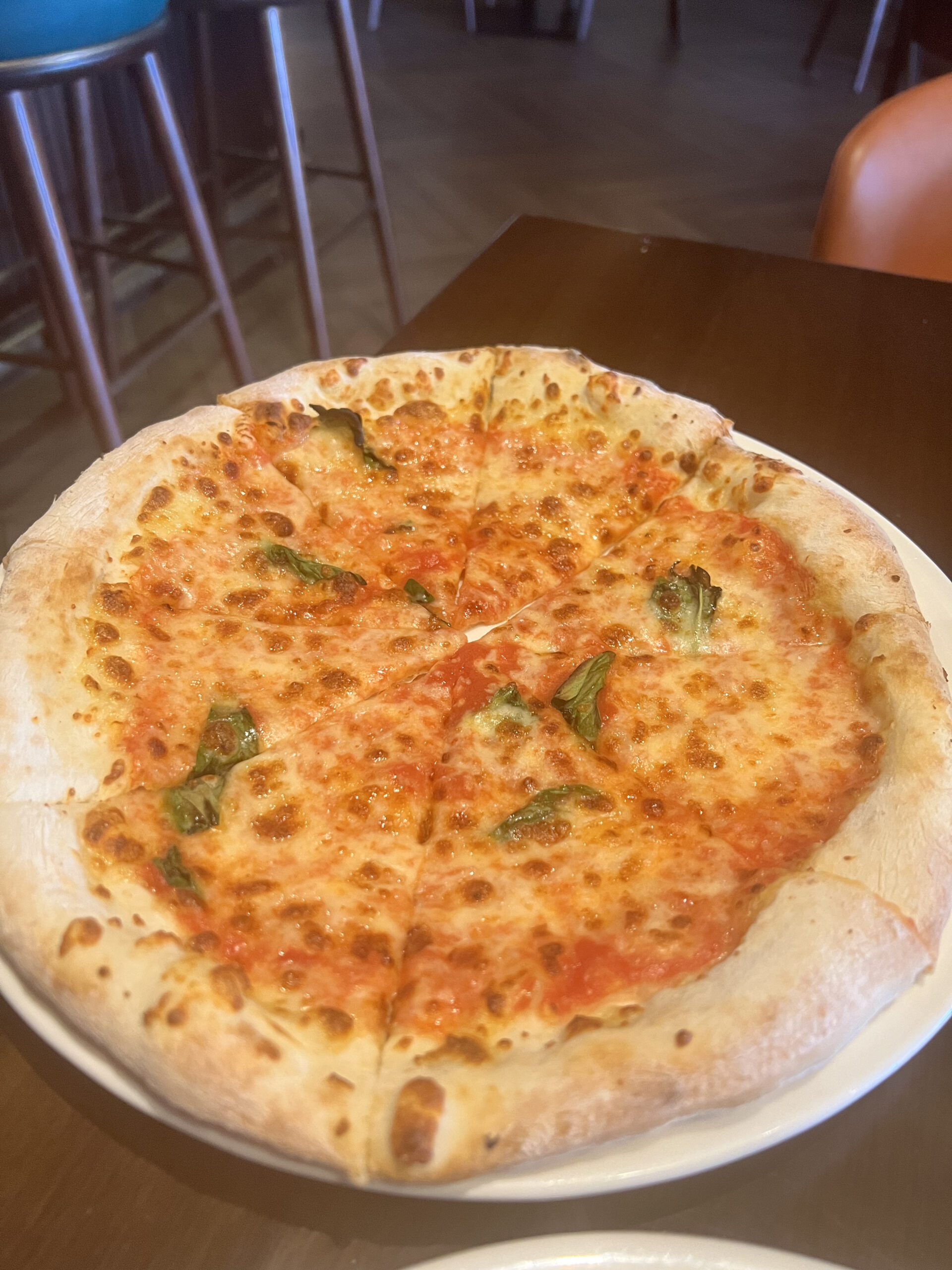
Card Payment Accepted: Yes
Price: $$
Would I Return? Yes!
Things to do in Rwanda
Learn about the 1994 Rwandan genocide at the Kigali Genocide Memorial
A visit to Kigali is incomplete without a visit to the Kigali Genocide Memorial. The memorial is an information and educational center, a burial site, and a place of remembrance used to record details of the genocide survivors.
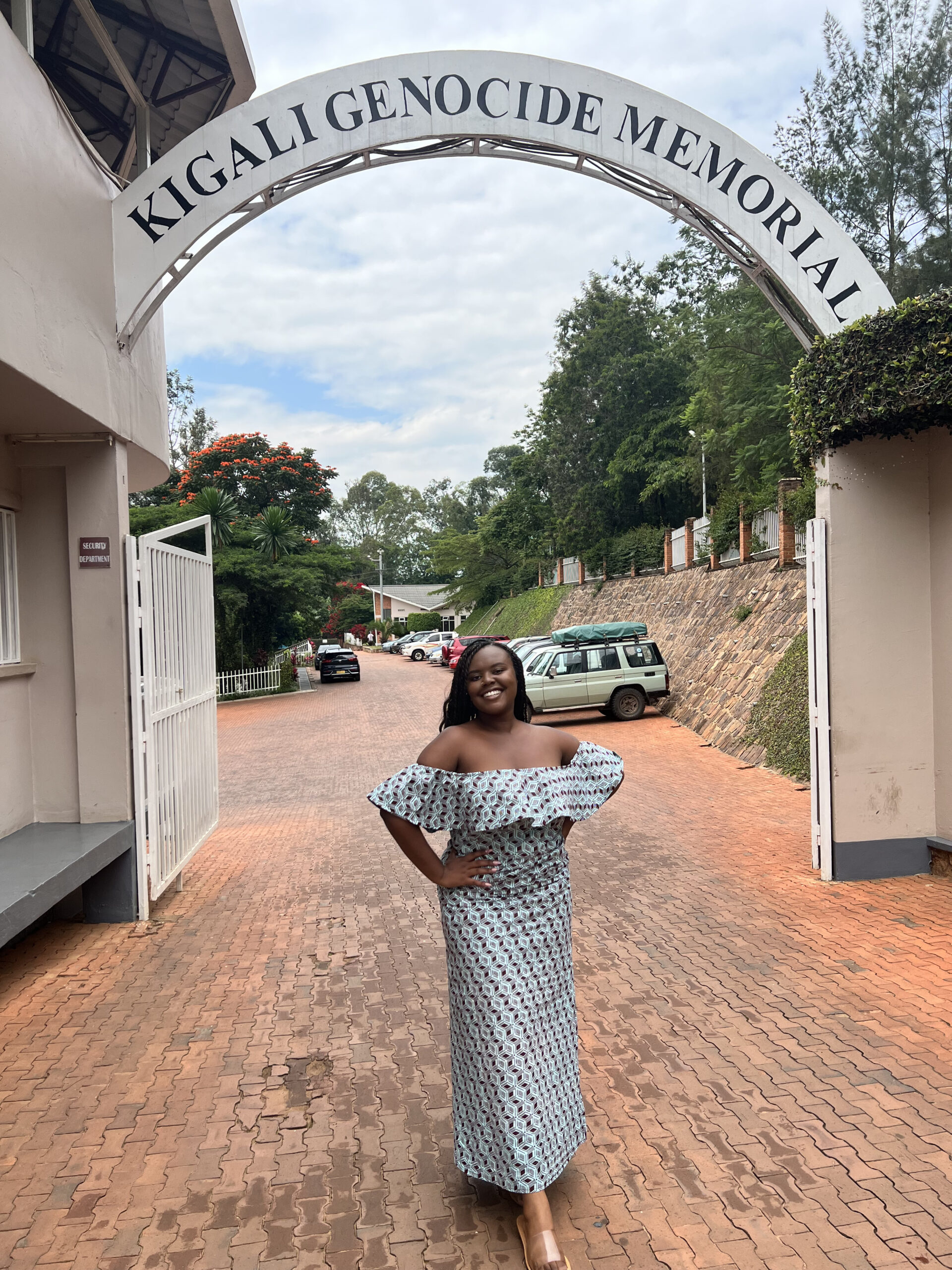
In 1994 from April 7 to July 15, the Rwandan genocide took place against the Tutsi ethnic group, killing over 800,000 people in about 100 days.
This event, as you can imagine, had a drastic impact on Rwandans. Many people lost their family members, were subject to great violence, saw their loved ones killed right before their eyes, and were overall in a time. That was marked by violence and separation, all due to the classification of ethnic groups.
In 1999, the memorial center was constructed by the Kigali City Council and is today a place you can go to recount the history of the genocide and how Rwanda was able to overcome the genocide and make tremendous progress in moving forward as a nation.
The entry fee to the memorial center is free, but it is self-led. You can have a guide escort you around, but that is if they are available, which is not guaranteed.
Your visit to the center starts with a short film about the Rwandan genocide.
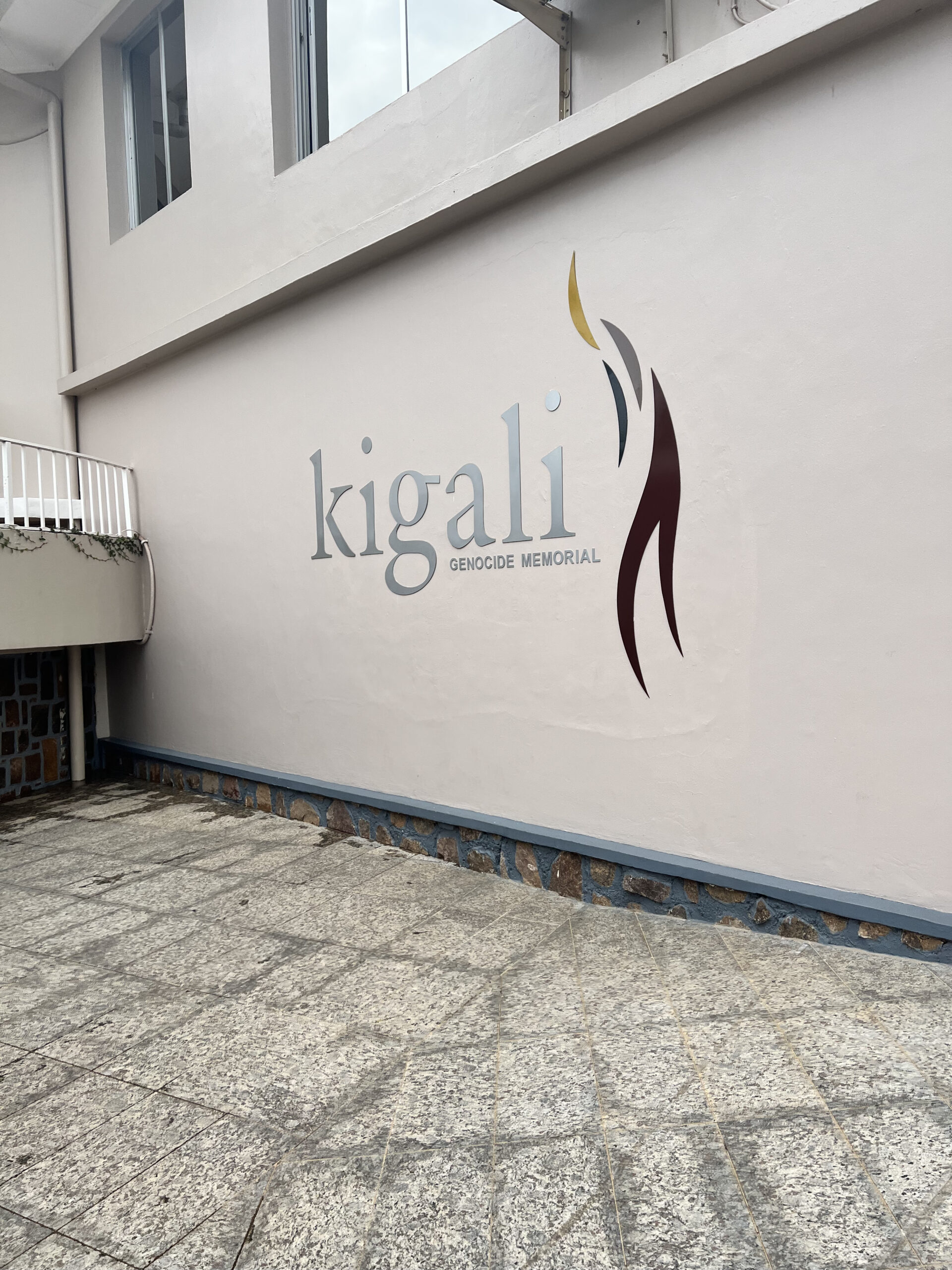
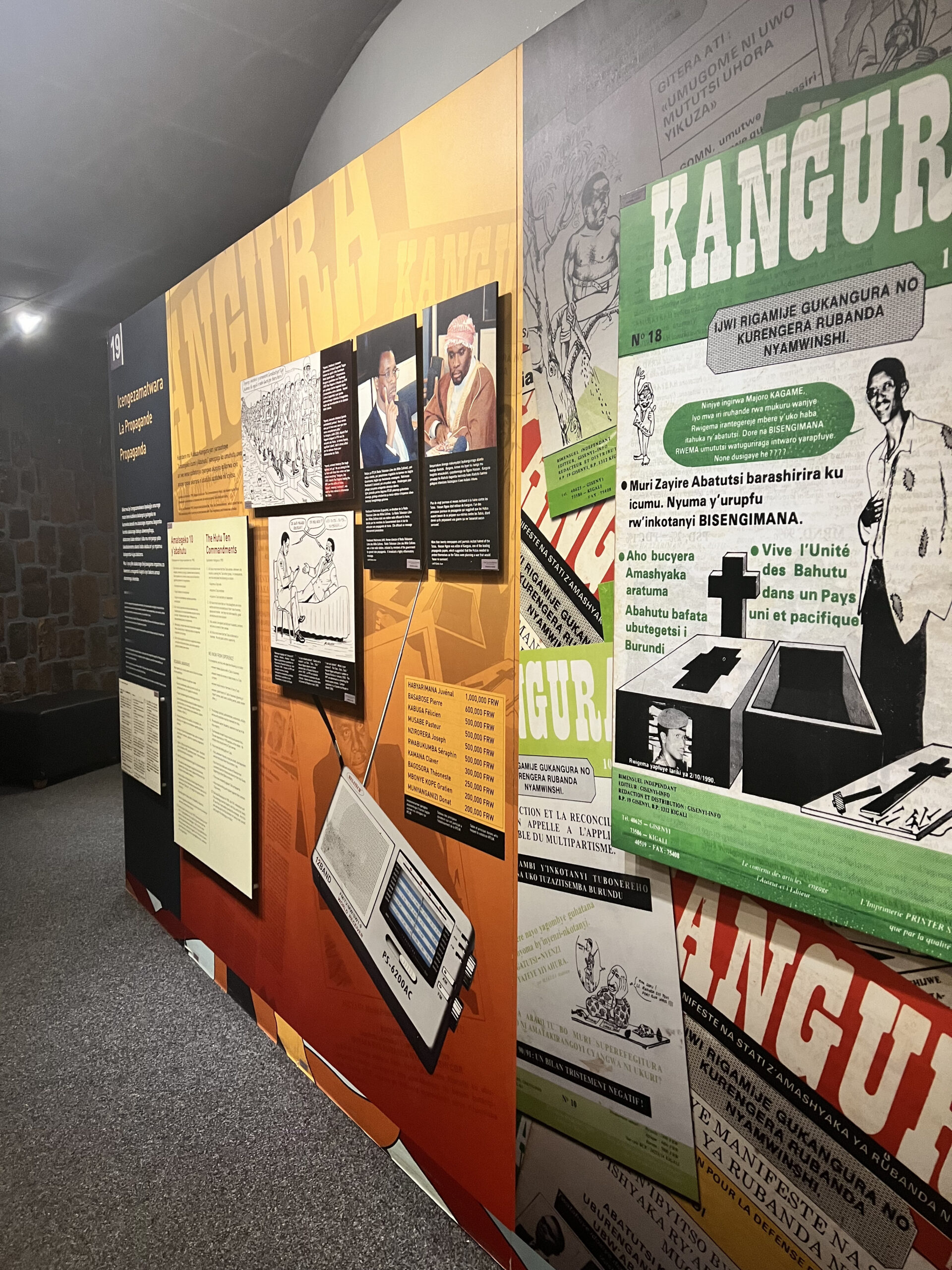
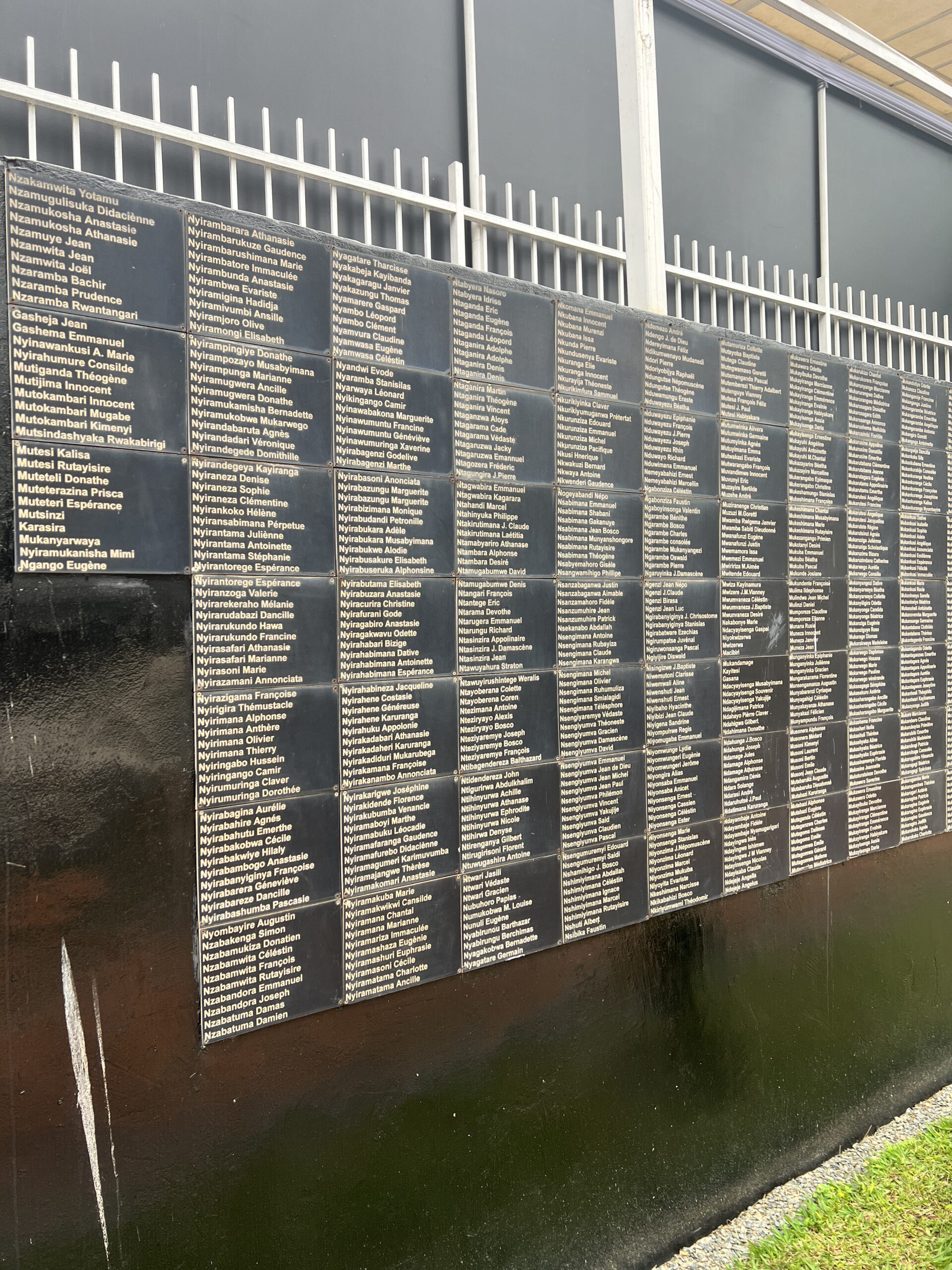
However, the center does provide audio records you can use for $21 in different languages. I purchased one of these, which was extremely helpful and explained all of the stops of the center and gave me details I wouldn’t have gotten from just reading the exhibits.
The center is very well done. The Rwandan genocide was only in 1994. There are employees at the memorial center who were alive and were young children during the genocide.
May we never forget these events and continue to educate ourselves on other people’s cultures and embrace our differences to ensure they never happen again.
Campaign Against Genocide Museum
After visiting the Kigali Genocide Memorial, it is worth visiting the Campaign Against Genocide Museum.
The museum is located inside the Parliament of Rwanda and tells the stories of how the 1994 Rwandan genocide was stopped. The Rwandan Patriotic Front/Army (RPF/A) stopped the genocide, and the museum walks you through the thought process, phases of how the group planned to stop the genocide, and others who played a role.
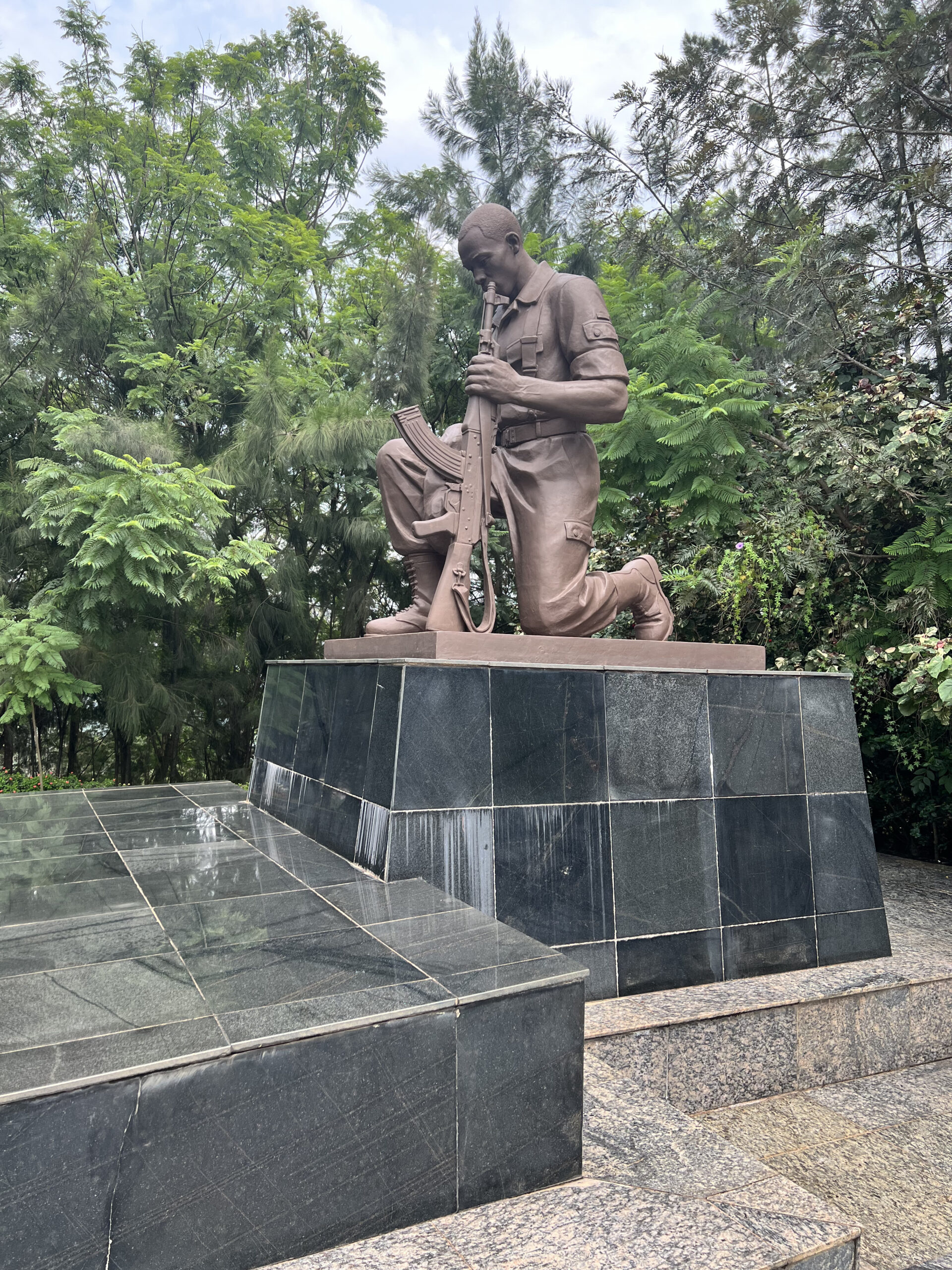
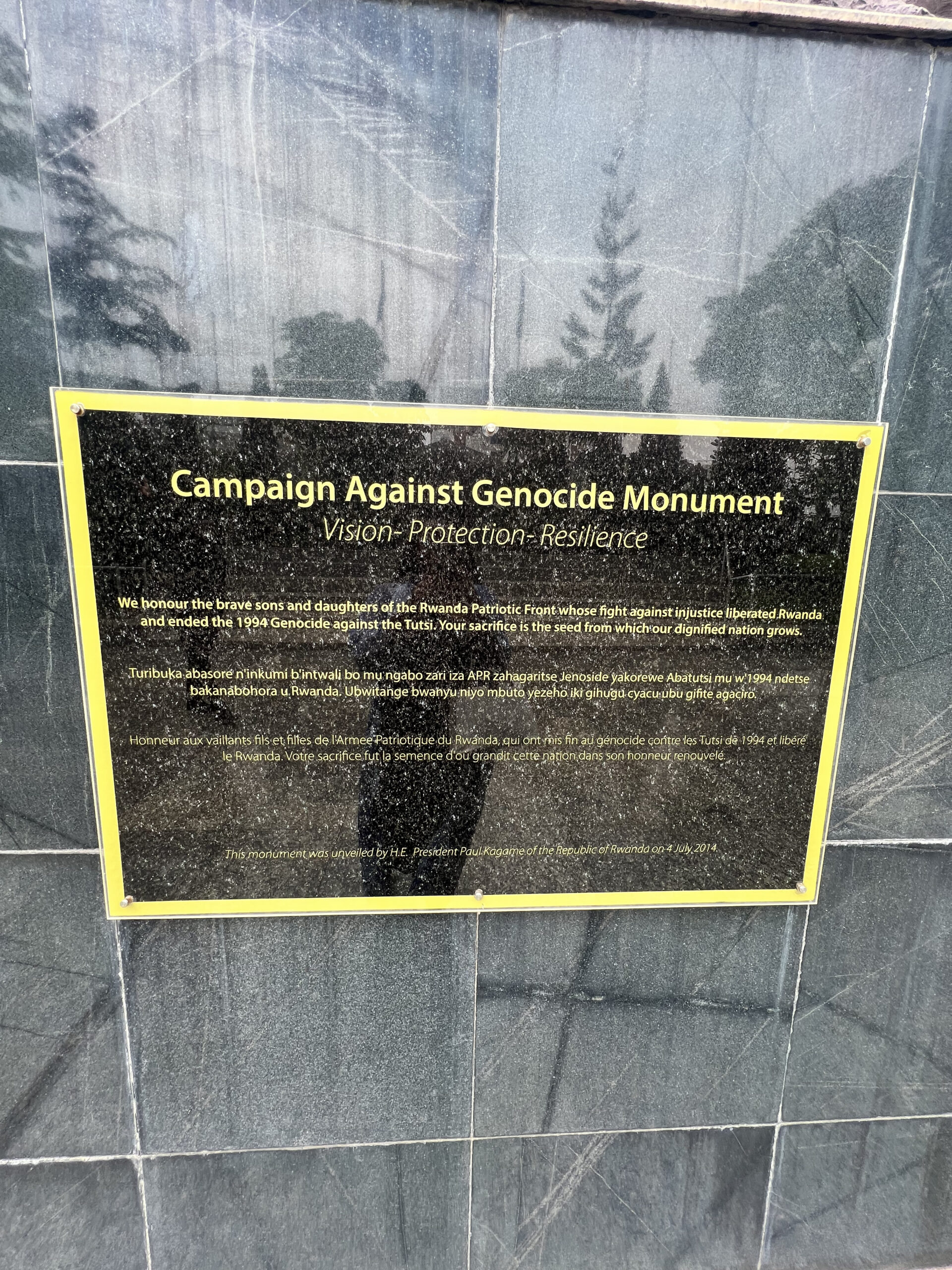
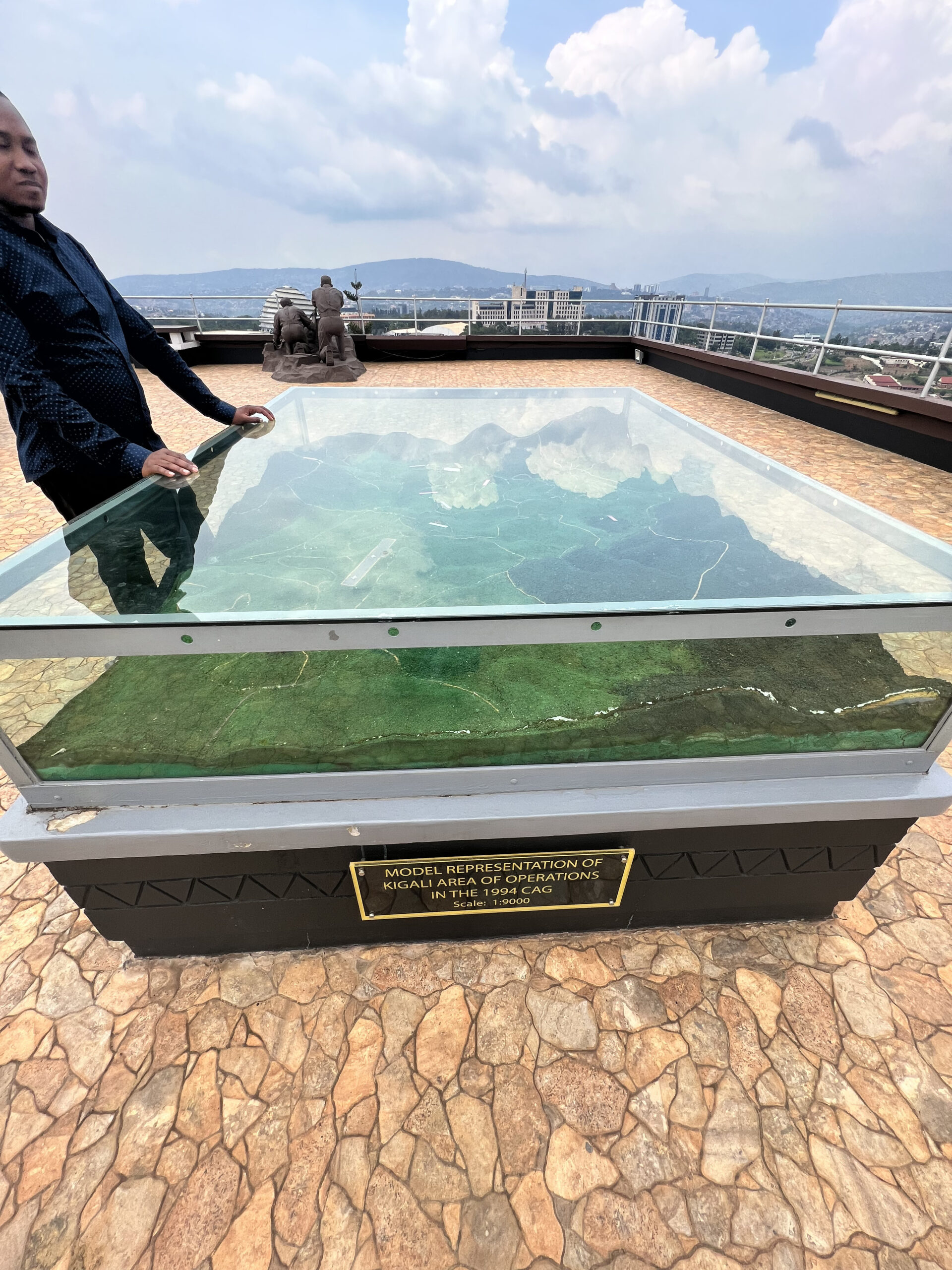
There is an entrance fee of 14,000 RWF ($13.12) for international visitors that can be paid with a card.
The museum is very well put together, with plenty of exhibits and a guide to walk you through and explain the different aspects of the events that occurred in those periods.
Have a spa day at Le Spa Kigali
Experience a Rwandan spa with a visit to Le Spa Kigali. Le Spa offers massages, facials, pedicures, waxing, and body services like scrubs.
I heard Le Spa Kigali was one of the best spas to go to in Kigali, so I booked a “Me Time” spa package for 55,000 RWF ($51.55). This included a massage, a facial, and a pedicure. I was at the spa for 3 hours, and it was a great experience.
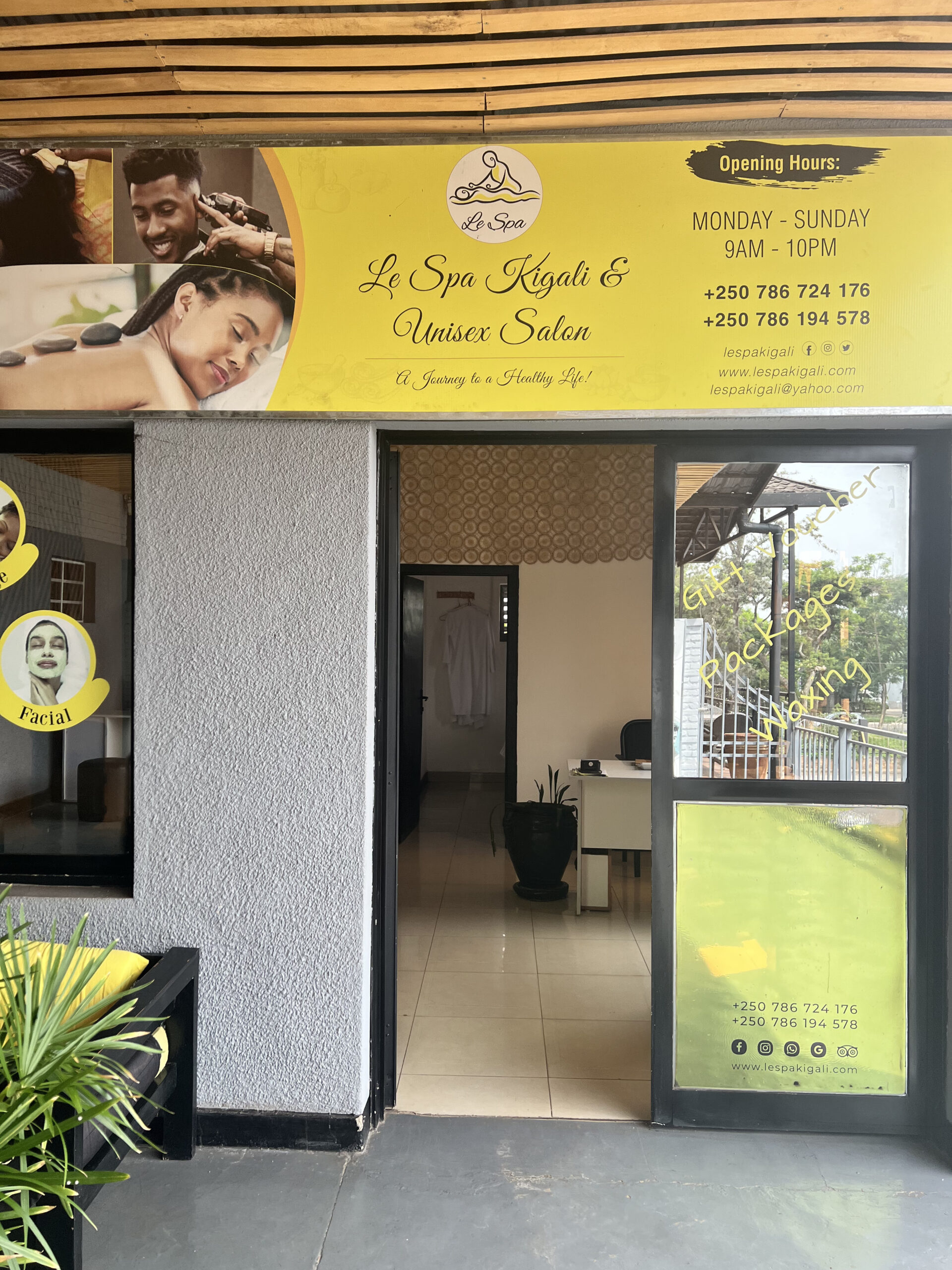
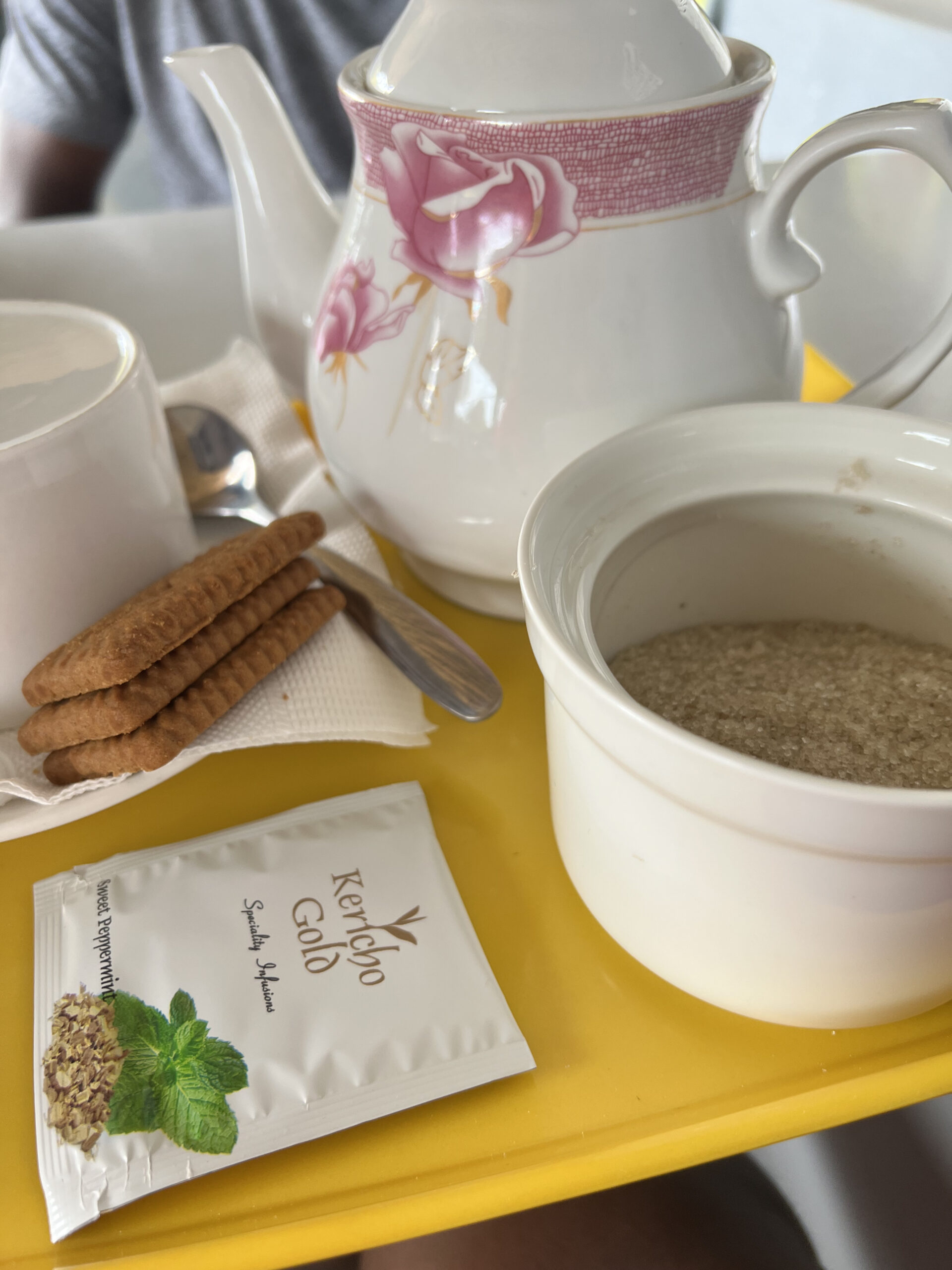
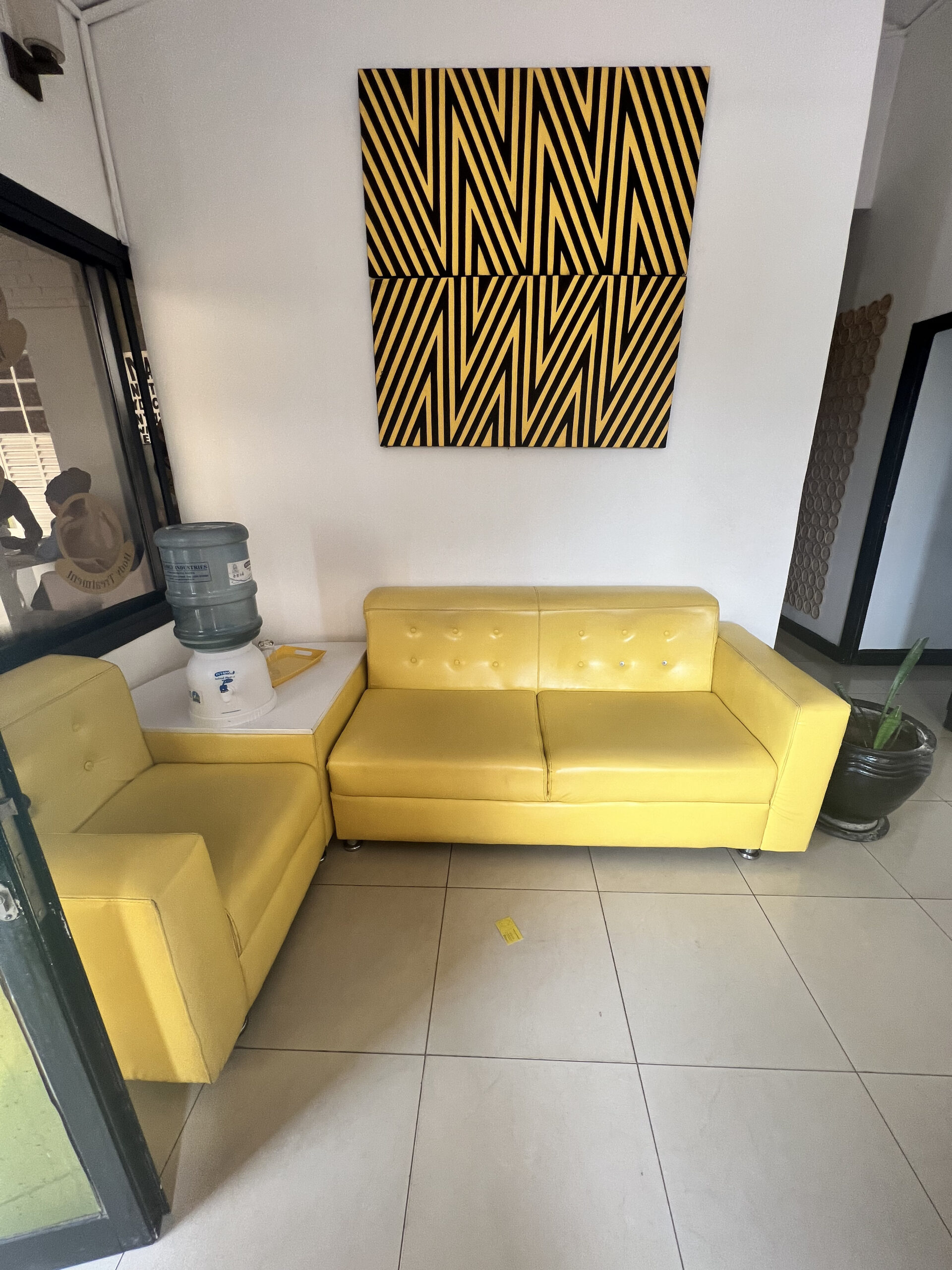
After a few days of exploring the city and maybe doing some out-of-town excursions, a day at the spa is a great way to reset your body and mind for the rest of your trip.
I didn’t find it to be that amazing and a bit lower quality ambiance-wise than most spas I have been to, but the massage was great!
Take a cultural tour from the Nyamirambo Women’s Center
Nyamirambo is considered to be one of Kigali’s liveliest neighborhoods, but tourists now have something else to look forward to while in this area.
The Nyamirambo Women’s Center is an organization that was created by 18 Rwandan women in 2007 with the goal of fighting gender-based violence, gender inequality, and discrimination. Over time the center has grown to provide education and vocational training to women to boost employment.
The center offers cultural tours and community-based tourism as a way to generate income for the center while allowing you to experience an “off the beaten path” day in the local community.
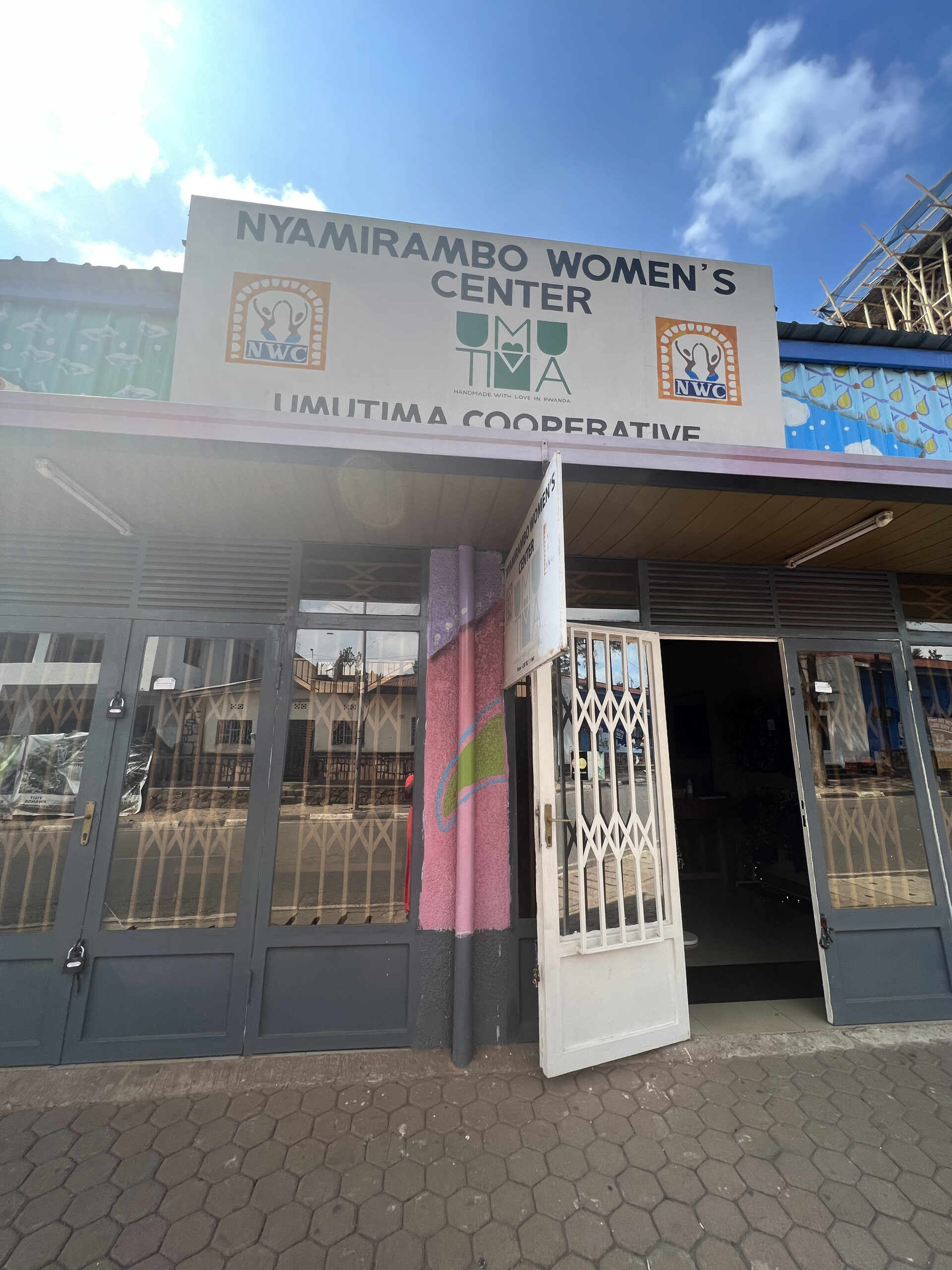
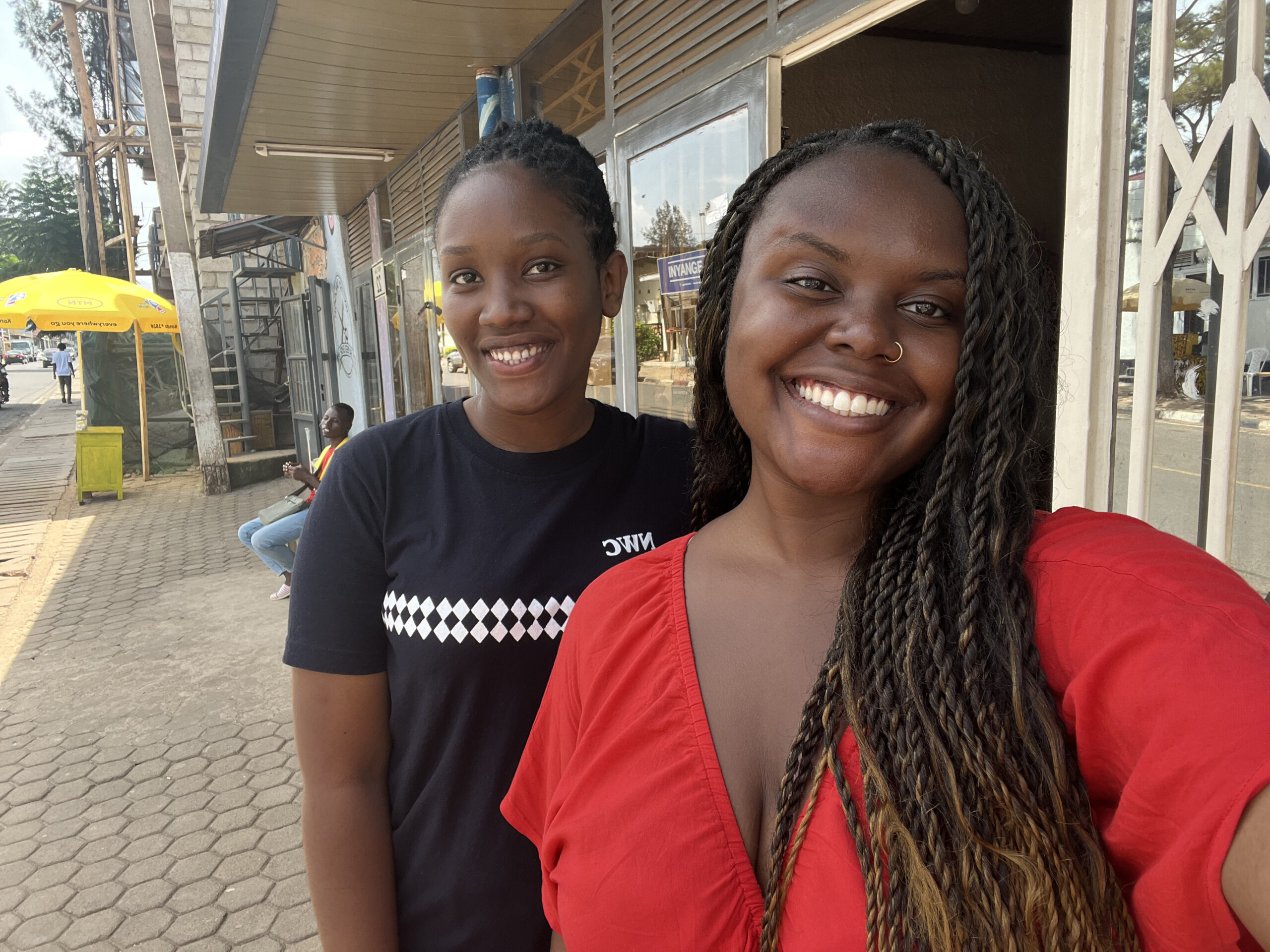
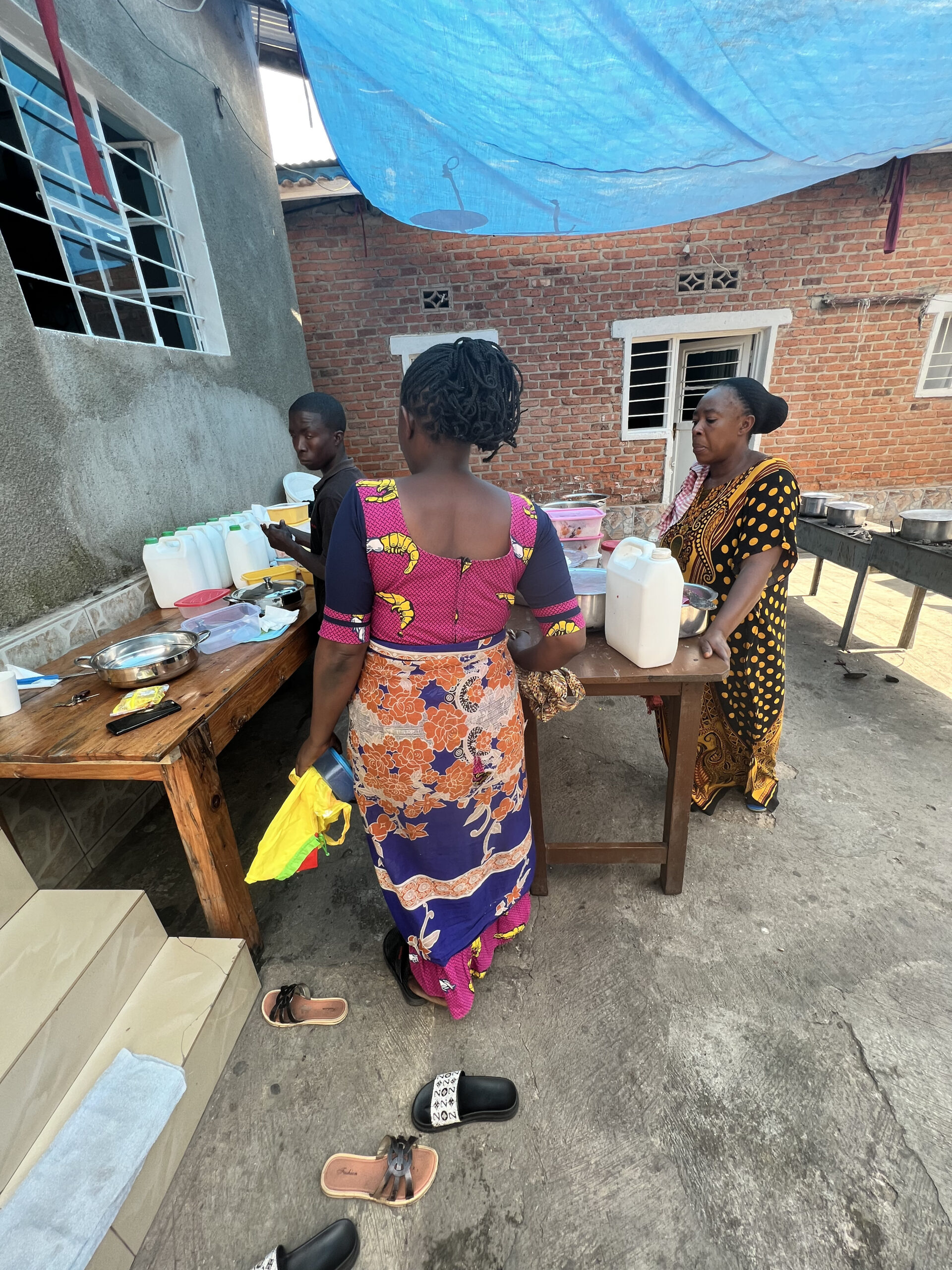
The Nyamirambo Women’s Center provides a walking tour, basket weaving workshop, and traditional cooking workshop.
I signed up for the walking tour of Nyamirambo for 18,000 RWF ($16.85). My hotel was only 10 minutes away from the center, so it was nice getting to see a different side of the town. I was taken to local spots like milk bars, a hair salon, and a market and explained in detail by my great guide Kervine the significance of each place.
The walking tour ended with lunch at Aminatha’s home. Aminatha is one of the women who helped start the center. The lunch was delicious!
I travel more for cultural experiences, so this was one of my favorite things I did in Rwanda. I loved getting a better understanding of certain aspects of Rwandan culture.
Pay a visit to the Belgian Peacekeepers Memorial
The Belgian Peacekeepers Memorial is where 10 Belgian UN Peacekeepers were killed during the Rwandan genocide in 1994. The memorial is inside Camp Kigali, a former military base where the soldiers were taken while protecting the Rwandan Prime Minister at the time.
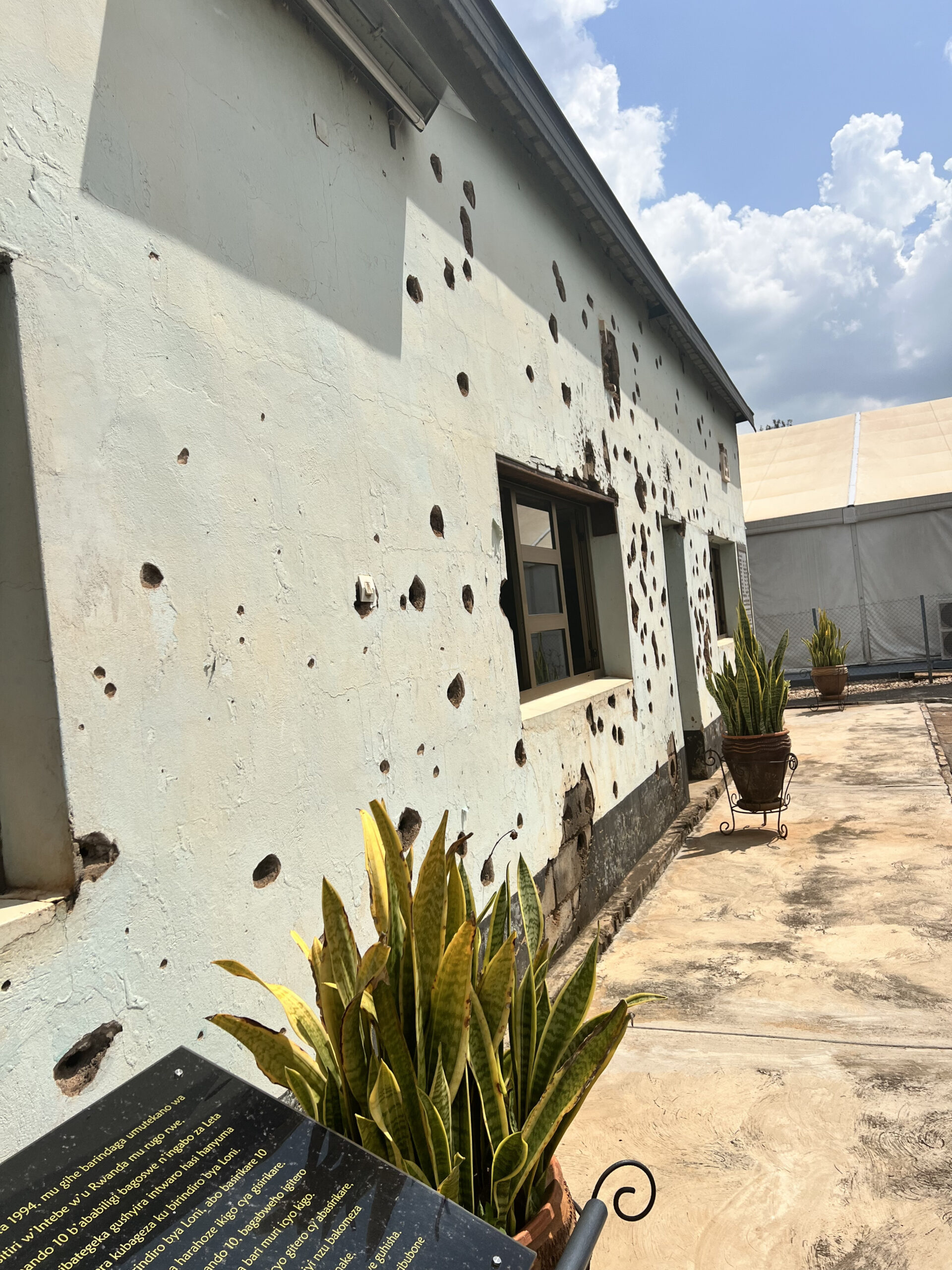
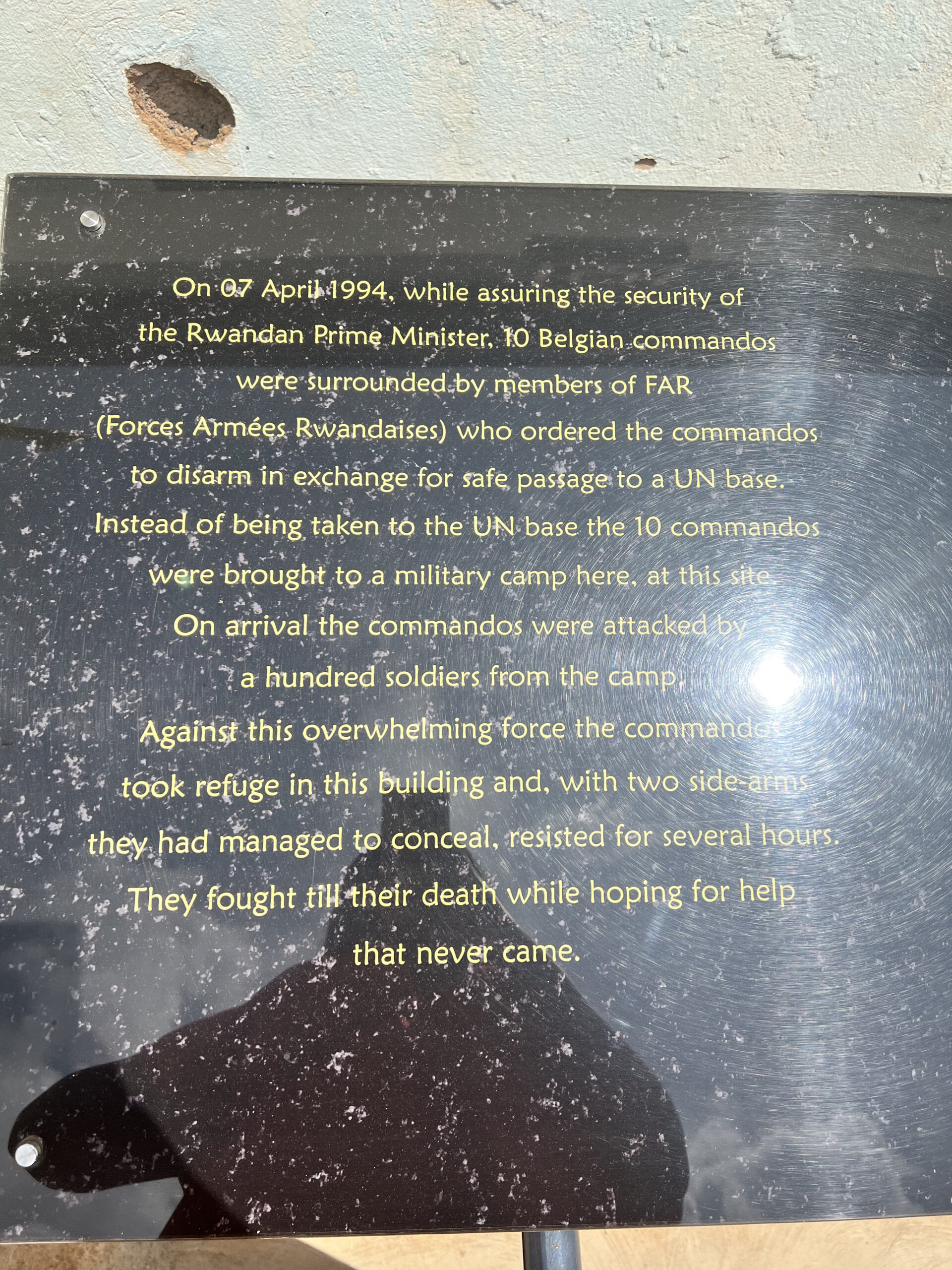
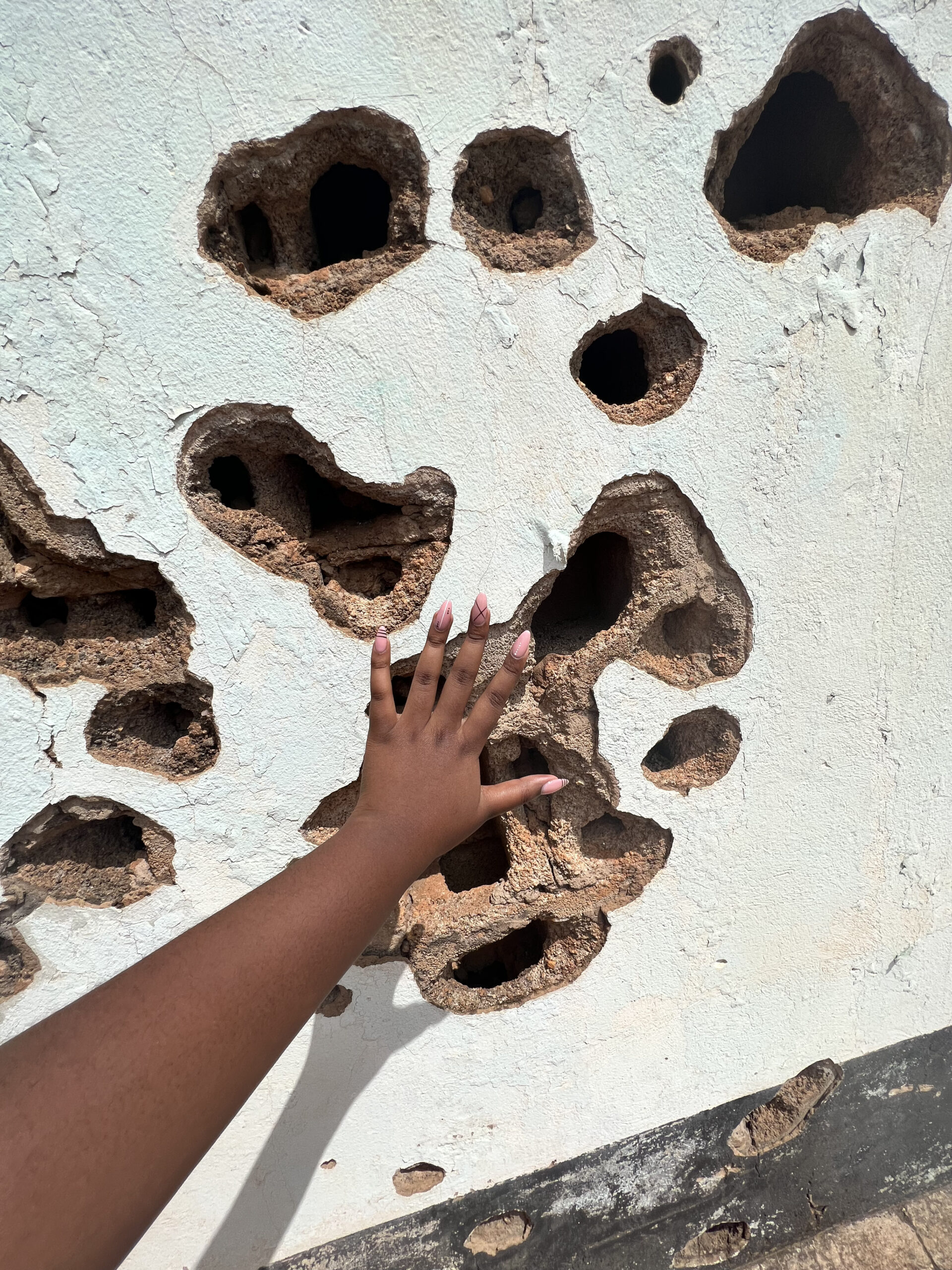
Today, the camp has become a memorial site for the soldiers. The bullet holes from the weapons used against the soldiers are still very visible as you walk through the site. There are exhibitions you can walk through and read to learn more about the mission, the soldiers, and the genocide.
The memorial is free to enter, but leaving a donation behind is highly encouraged.
Browse the Ikirezi Bookshop
If you are a bookworm or looking for a good read during your time in Kigali, you should stop by the Ikirezi Bookshop! This bookstore is well known in the city and has a range of different books you can purchase. I saw a lot of books written by African authors and could definitely see myself getting lost in the inventory.
The bookshop is also home to the Inzora Rooftop Cafe, where you can sit and get work done. The cafe is cozy and provides rooftop views of the neighborhood (I can’t get enough of the views in Kigali!).
Spend the day at the Kigali Public Library
The Kigali Public Library is another great example of Rwanda’s development initiatives in the country. The library is very impressive, with computers, learning spaces, a kids zone, and more. Different programs are usually hosted at the library, so keep up with the page to stay updated!
The library is open daily, with early closure on holidays.
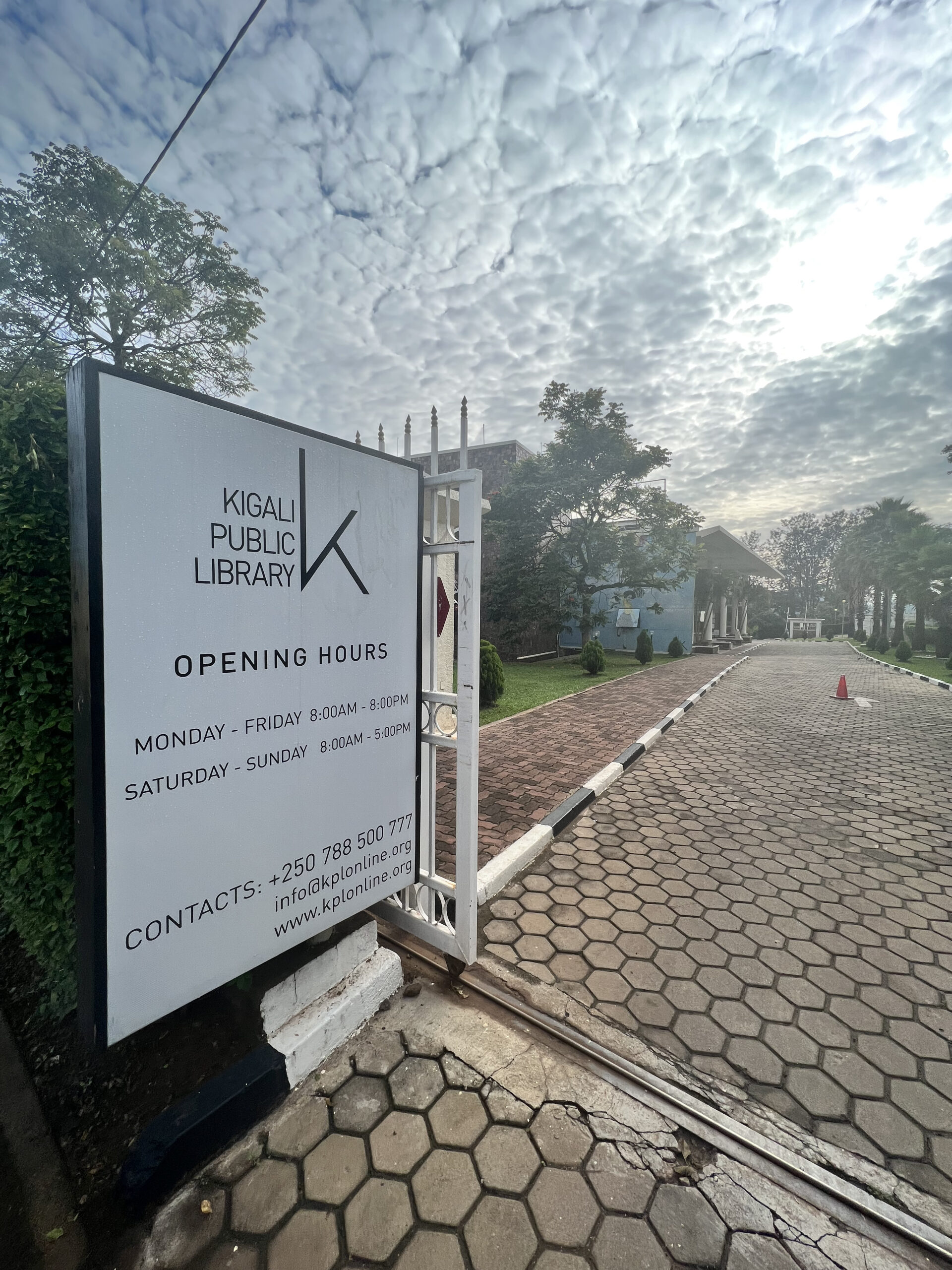
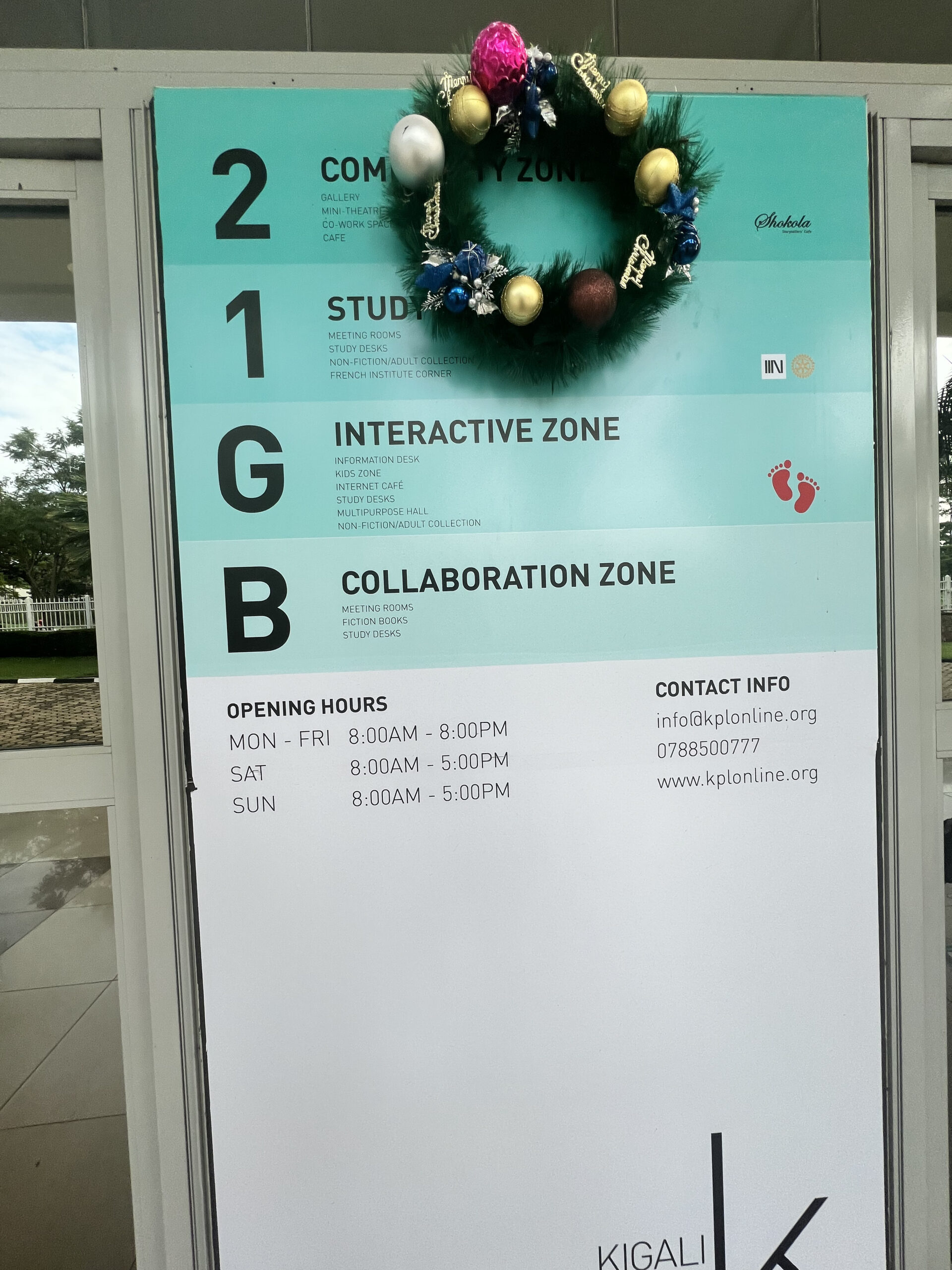
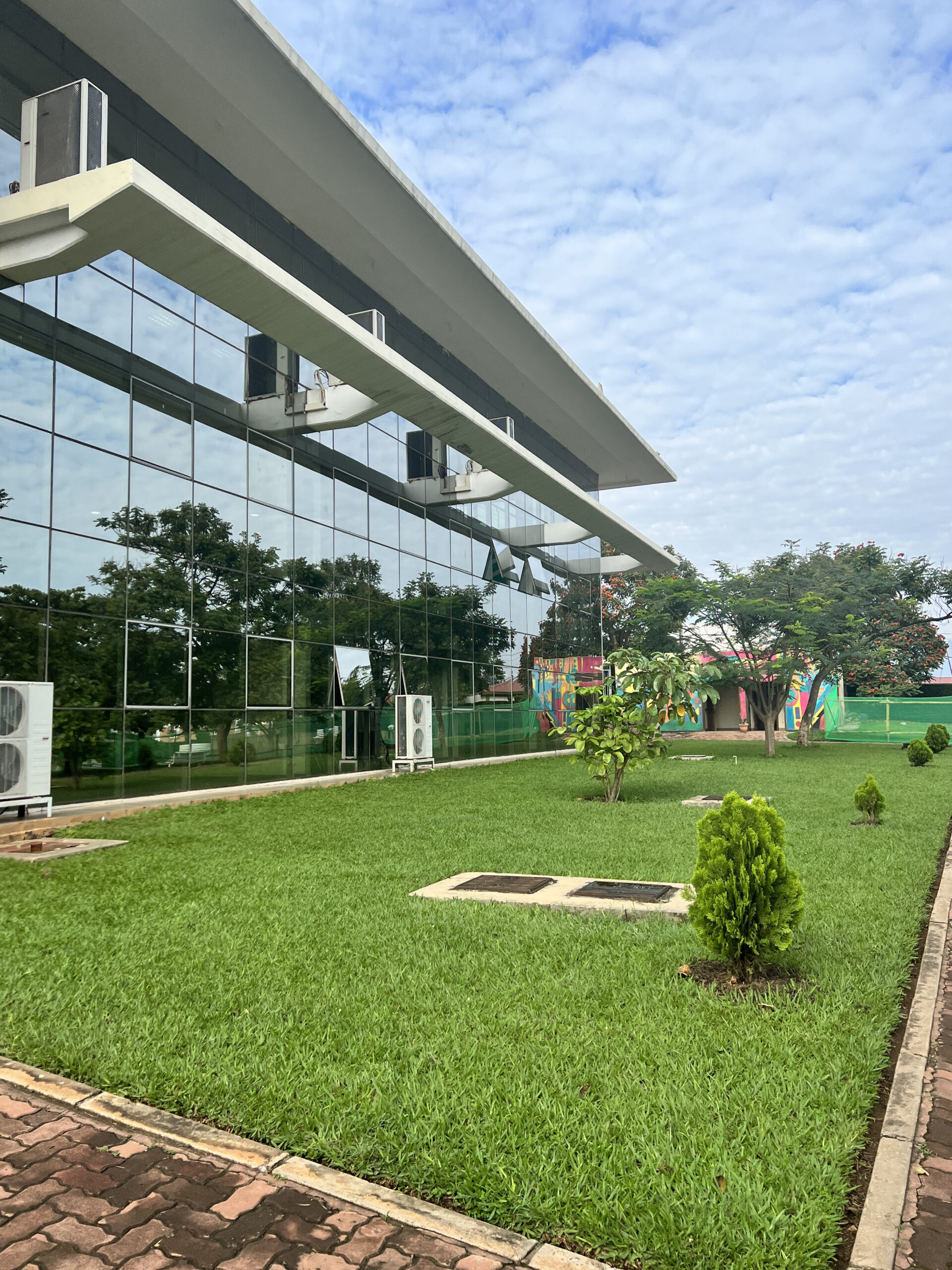
Take a safari drive through the Akagera National Park
What is a visit to Rwanda without a safari drive through the Akagera National Park?
The Park is home to over 8000 animals and is where you can see animals like hippos, elephants, giraffes, zebras, and more in a natural habitat.
There are also plenty of activities to do in the Park besides the safari as well so I would go early (leave Kigali at 3am if you’re doing a day trip) to take advantage of some of the other activities.
The Park is about a 2.5-hour drive towards the Eastern Region, one of the flattest points in the country, from Kigali. This is one of the best things to do in Rwanda, but it can be pricey if you are a solo traveler.
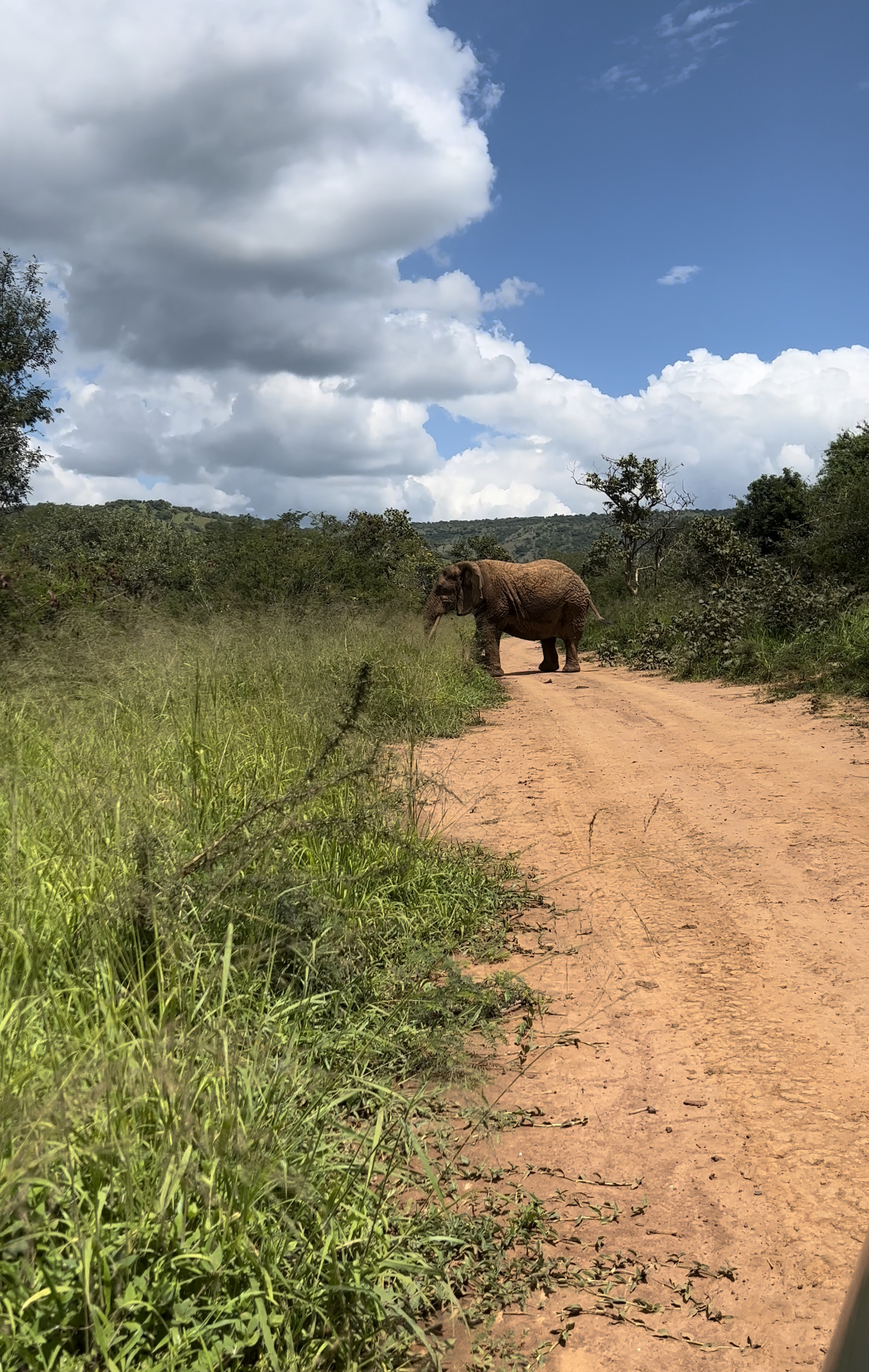
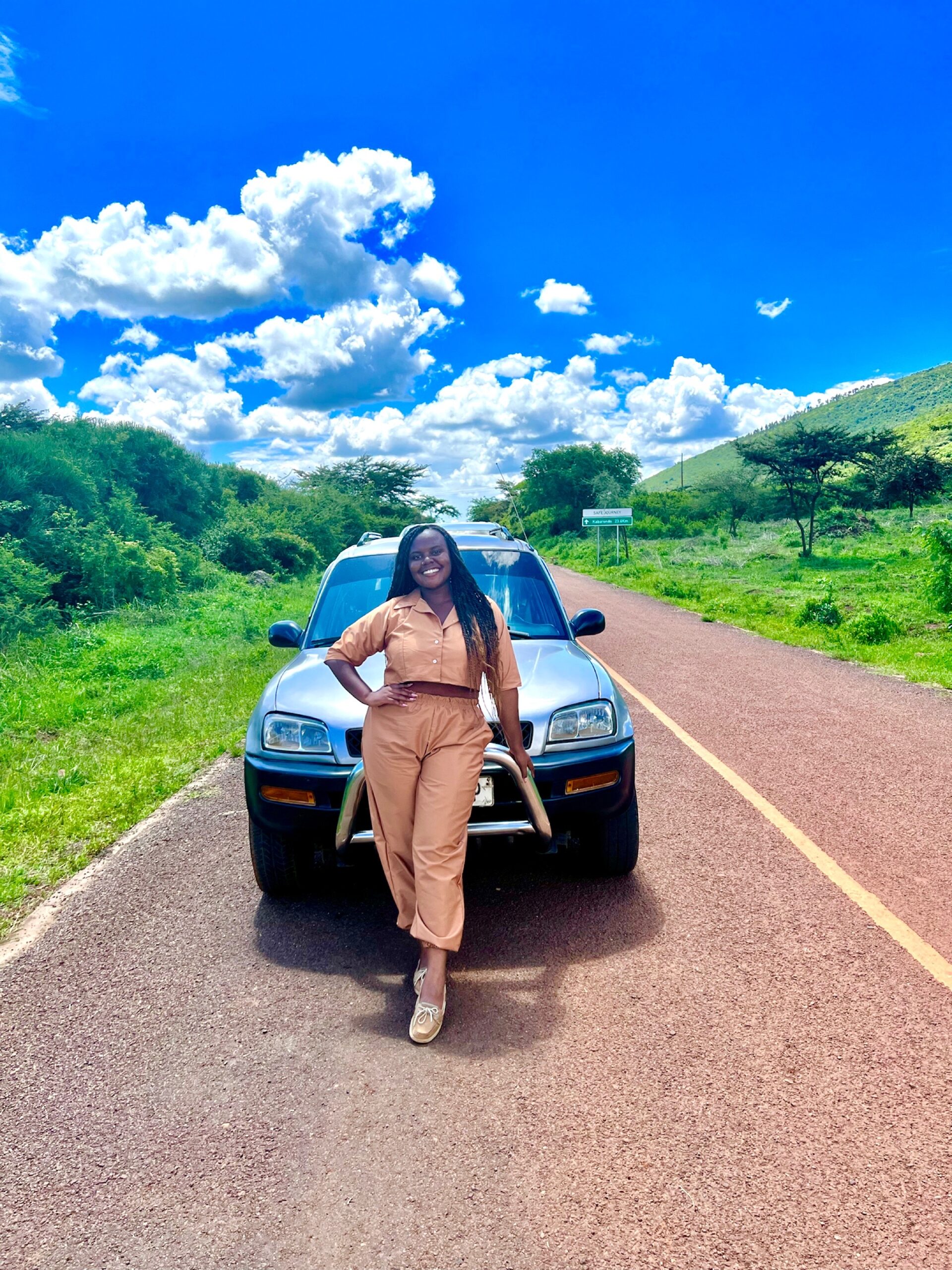
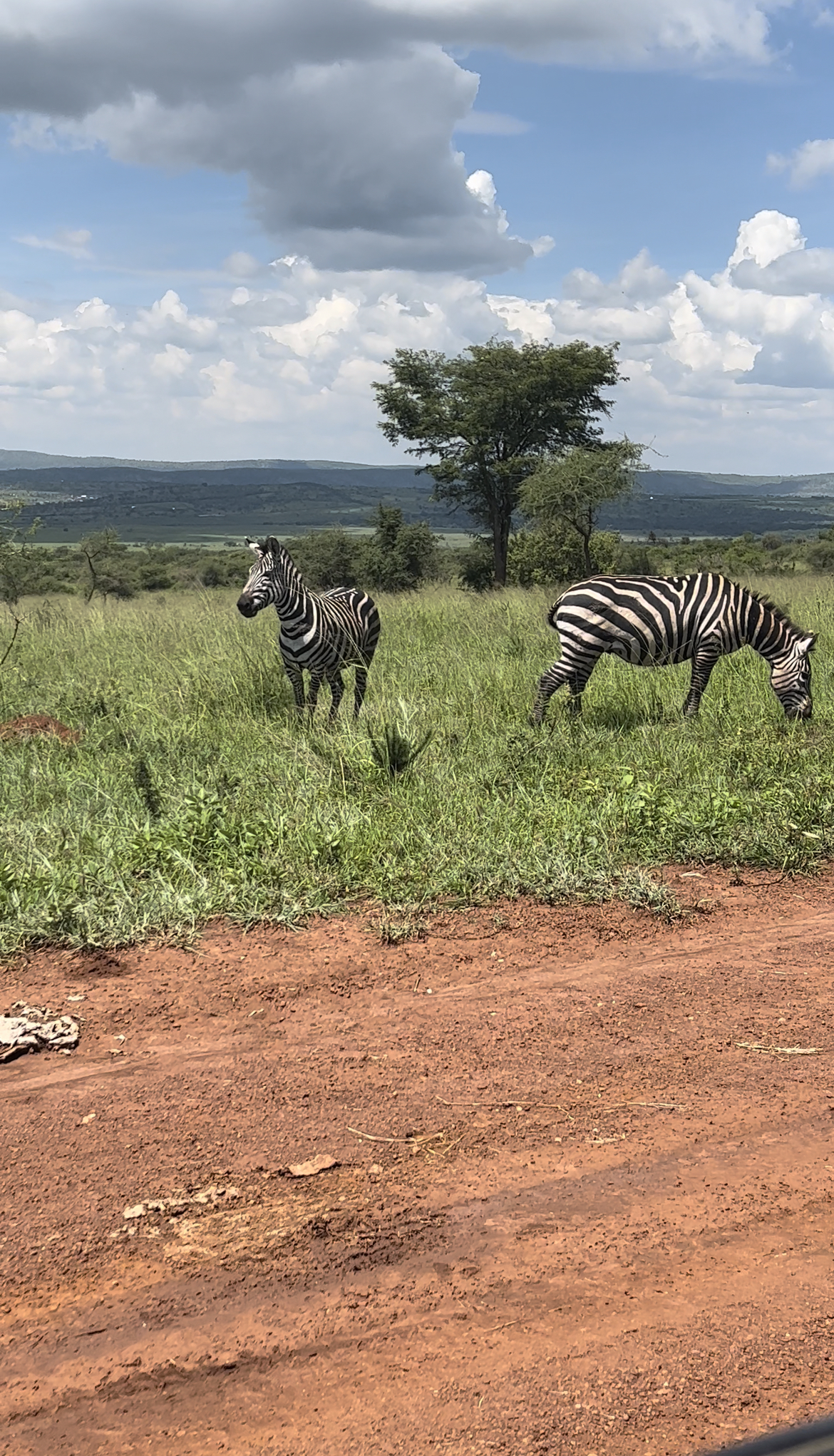
It was difficult for me to find group tours to the Park, and when I did, the other travelers backed out. Thankfully the owner of Lion Safaris was very accommodating in hosting me for a fraction of the price. I received quotes of $500 from several tour companies.
Thankfully I only ended up paying $250 for the tour because I was a bit disappointed. I only saw one elephant, zebras, impalas, and some warthogs, but it was still a great experience. When going on safari drives, it’s not guaranteed that you will see animals, so no hard feelings!
You will have to take a PCR COVID test before entering the Park for 5000 RWF ($4.64).
Learn how tea is made at the Silverback Tea Factory
Rwanda is known for its beautiful tea plantations and for producing some of the best tea in the region. As a daily tea drinker, one of my goals when visiting Rwanda was to learn how tea was manufactured and produced from start to finish.
I went to the Mulindi Tea Factory, 1 hour and 10 minutes away from Kigali, only to be told that the person in charge was not around to verify that we could go inside. The contact person through Lion Safaris basically falsely promised that we could, so this was a waste of a day.
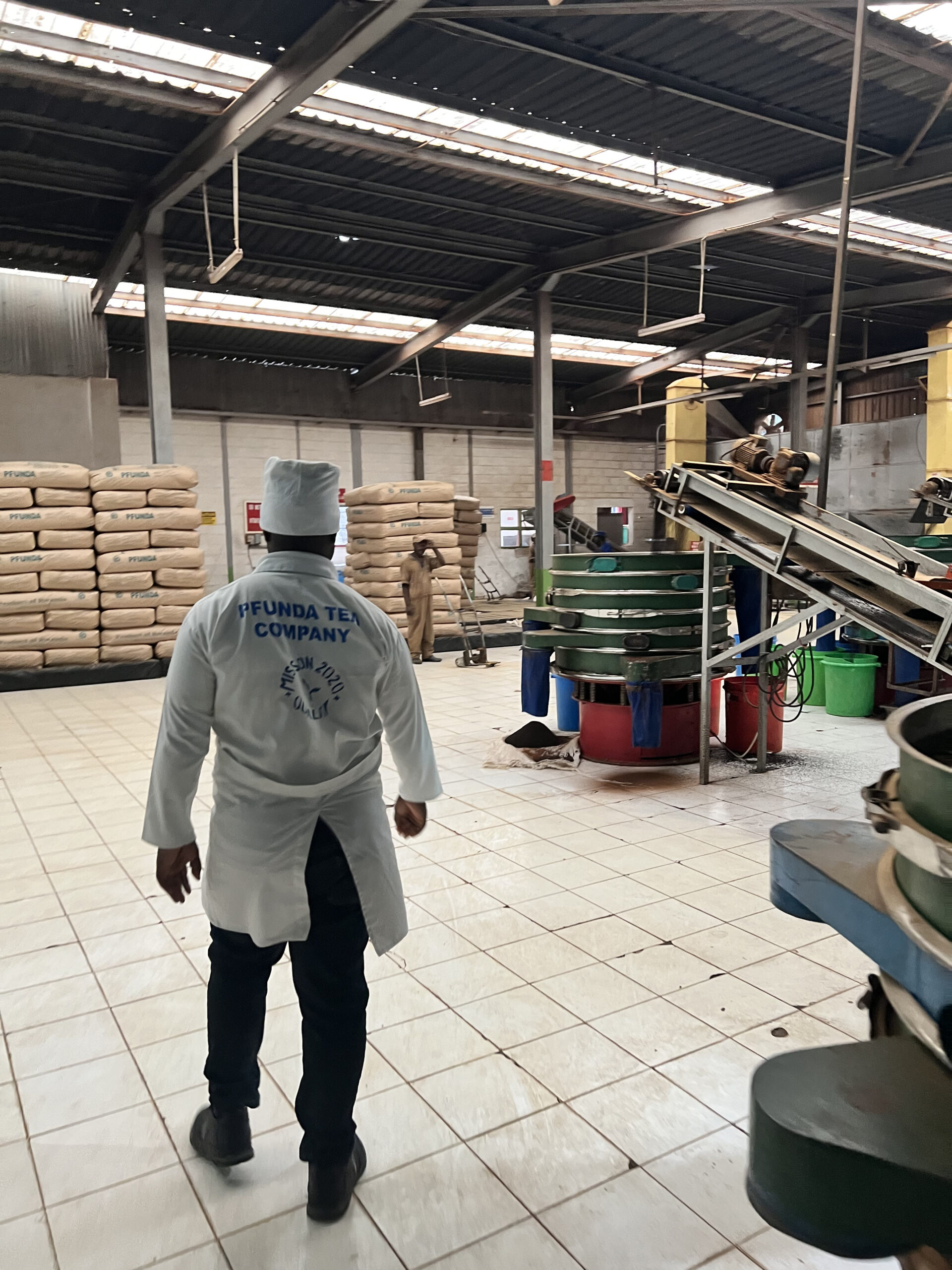
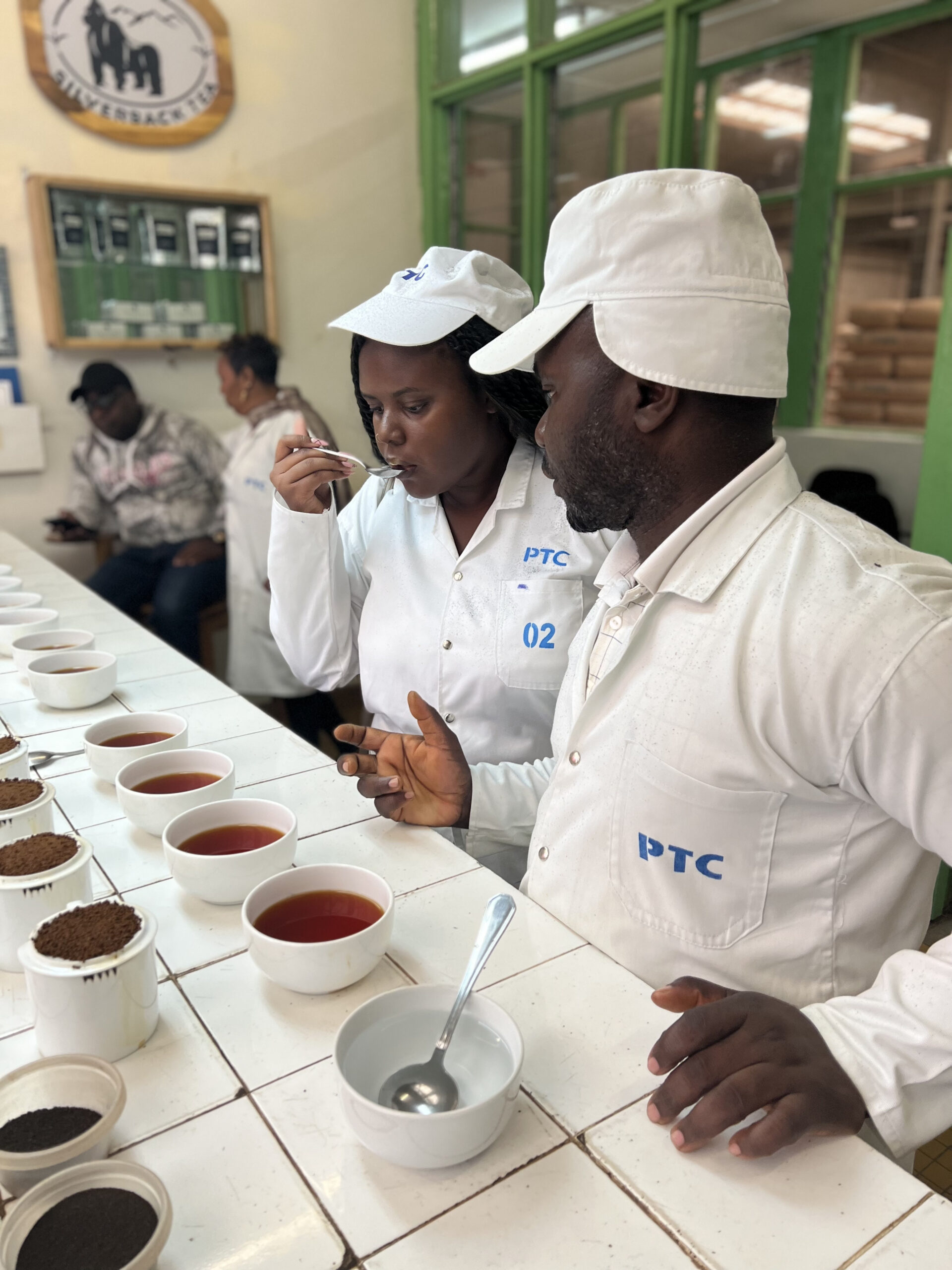
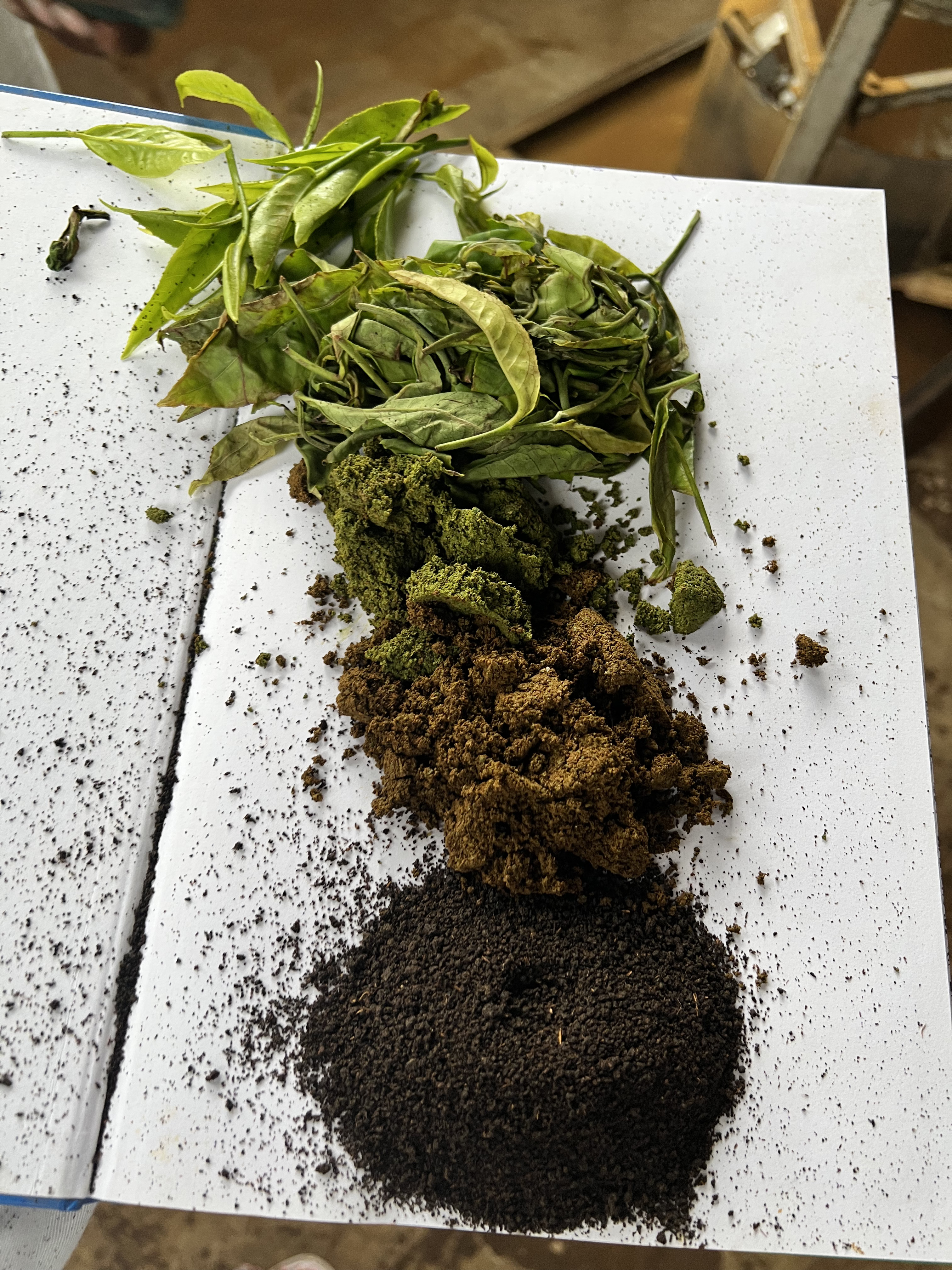
I headed to the Silverback Tea Factory, a 4.5-hour drive from Kigali, on another day! I really wanted to visit a tea plantation in Rwanda, so I added this stop on the same day as one of my other tours. Honestly, it was worth the drive.
Upon arrival, I was given a jacket, a hat, and my guide Fabian who works at the factory, took us through the entire factory, walking us through the process step-by-step.
If you’re interested in the tour, the entrance fee is 10,000 RWF or $10, and you can contact Fabian on WhatsApp (+250 788507022).
Spend an hour as a queen or king at the Gorilla Guardians Village
Formally called the Iby’iwacu Cultural Village, under its new name, the Gorilla Guardians Village is a non-profit village that works to improve the lives of reformed poachers through community-based projects.
I loved every moment of my time in the village. I wasn’t sure what to expect, but I was greeted with a welcome cultural dance. I was able to join in on drumming and dancing, had a tour of the village and historical practices done by the community, and was transformed into a queen.
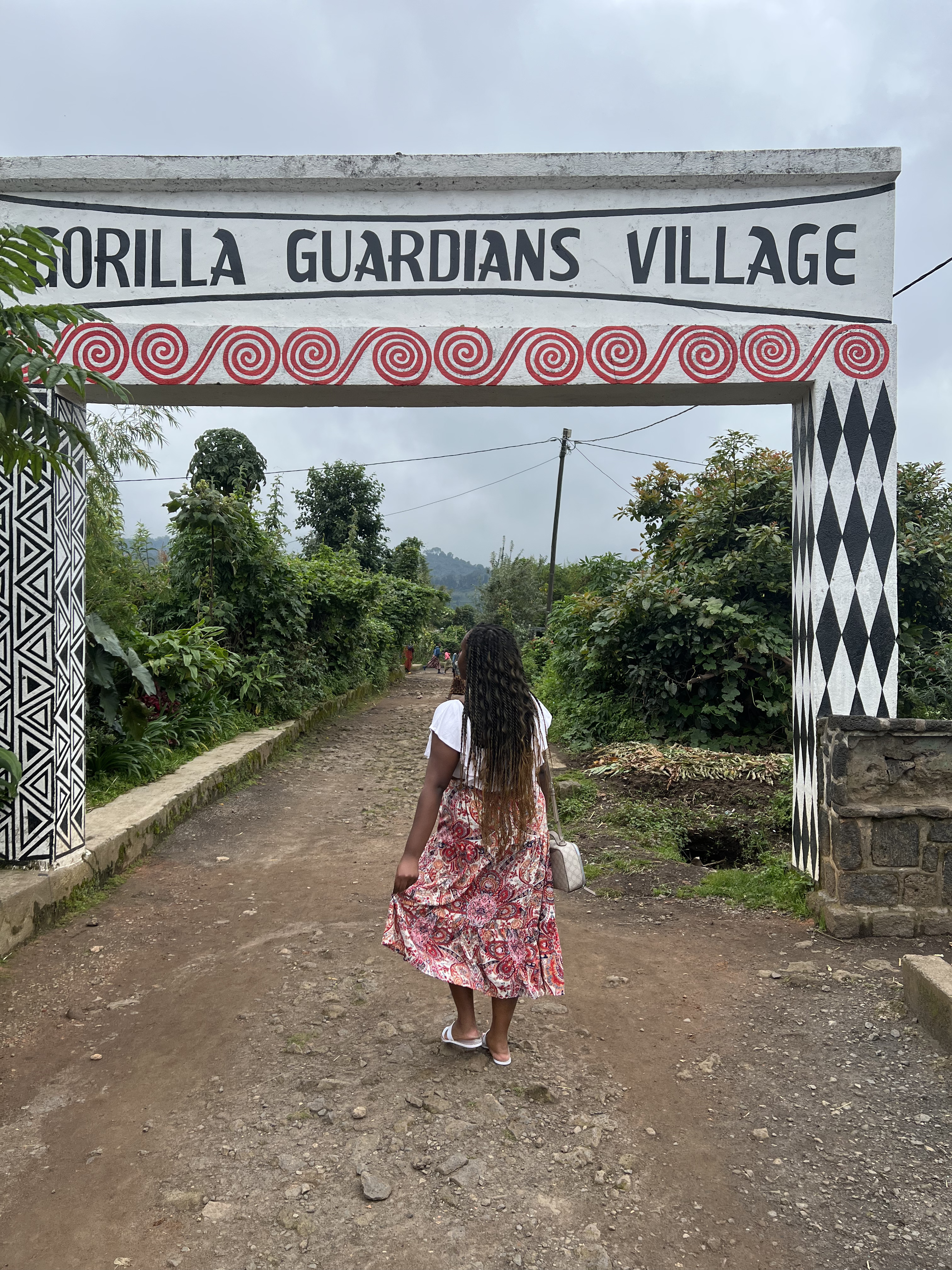
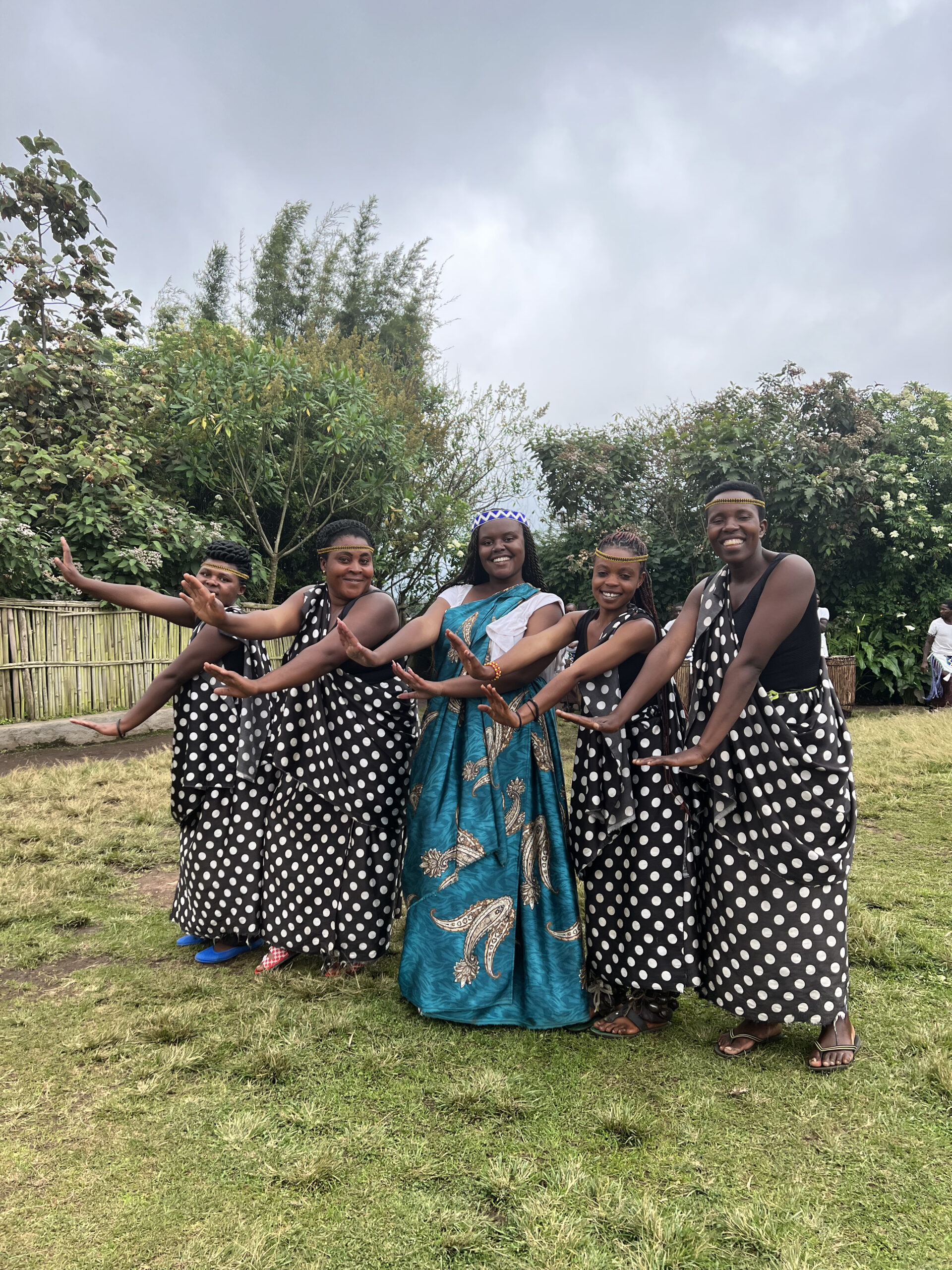
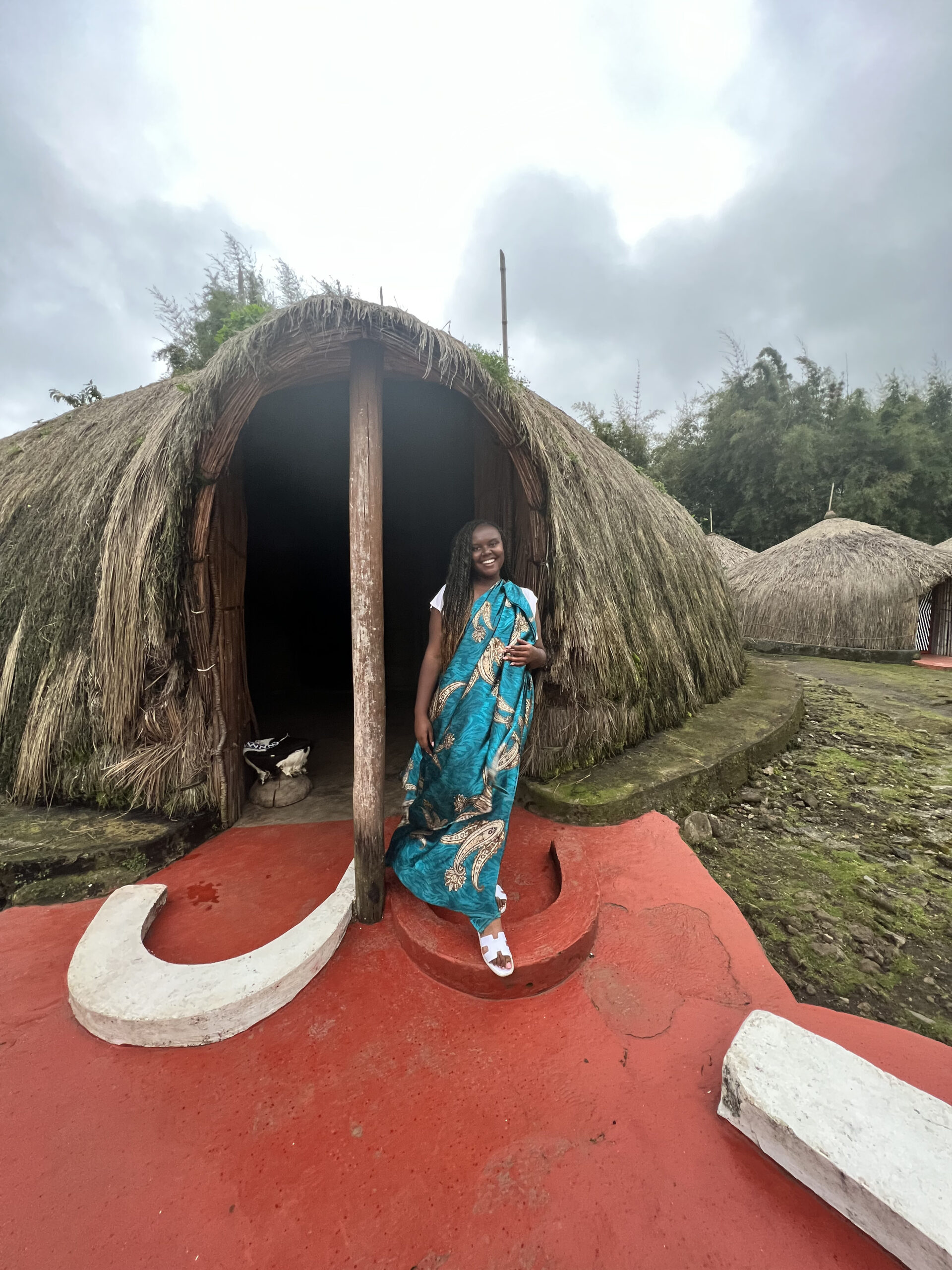
This was another highlight of my trip, and it was beautiful being able to take part in a visit and try some of the historic cultural practices still carried on at the village.
The proceeds earned from the village go toward preserving Mountain Gorillas and improving the lives of the local community. I was told that a visit is $50/per person.
Quick Places to Shop in Kigali
Kigali Heights
Kigali Heights is a shopping center filled with restaurants, a pharmacy, ATMs, clothing stores, and a supermarket. The center is a few stories high and is a great place to go for a quick stop to find something you aren’t sure where to locate in the city!
Simba Supermarket
This is a popular supermarket brand in Kigali. Simba is where you can find grocery ingredients, household items, and your other day-to-day needs. Many Simba Supermarkets have bakeries and cafes inside for a quick grab-and-go as well.
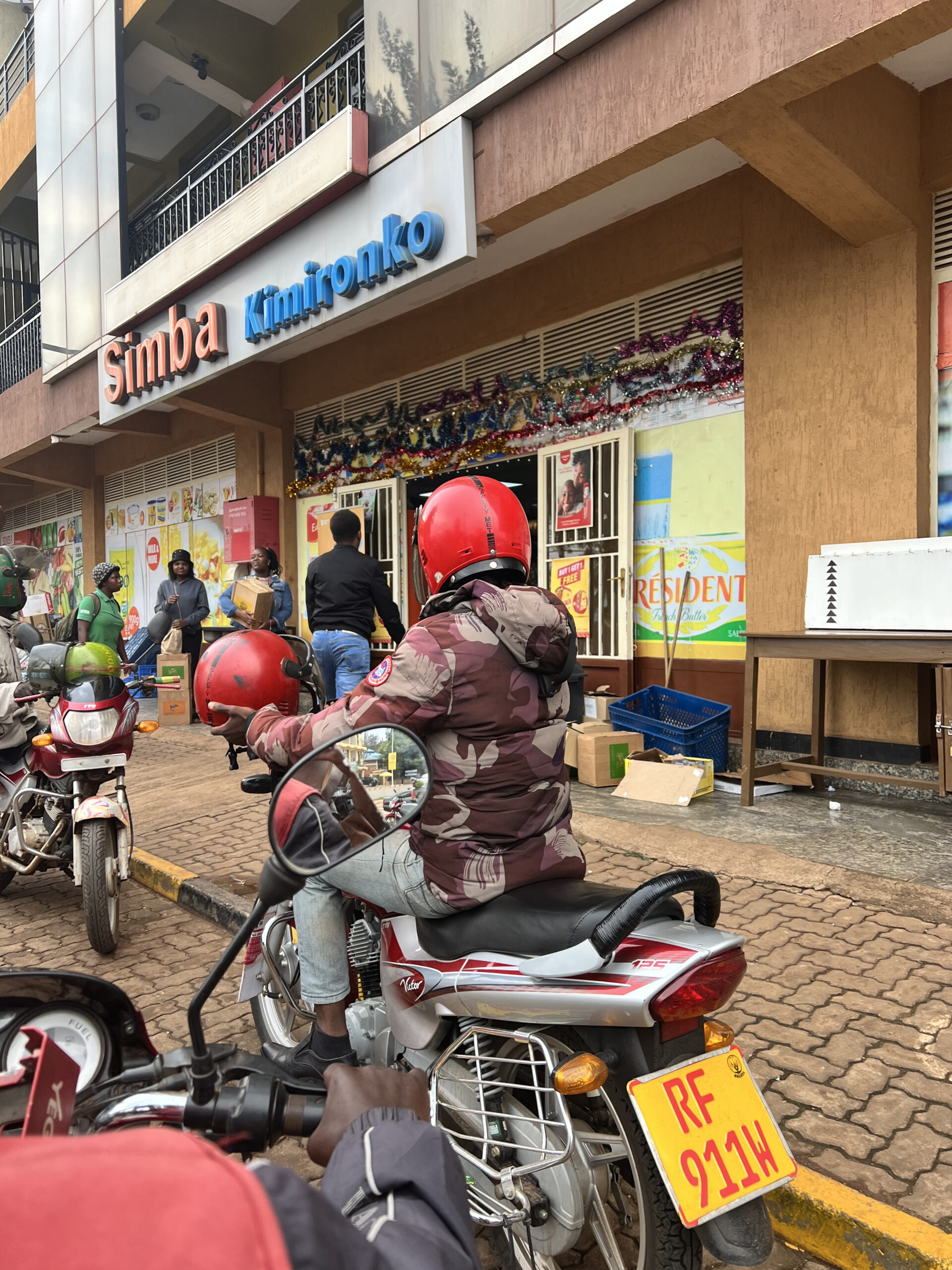
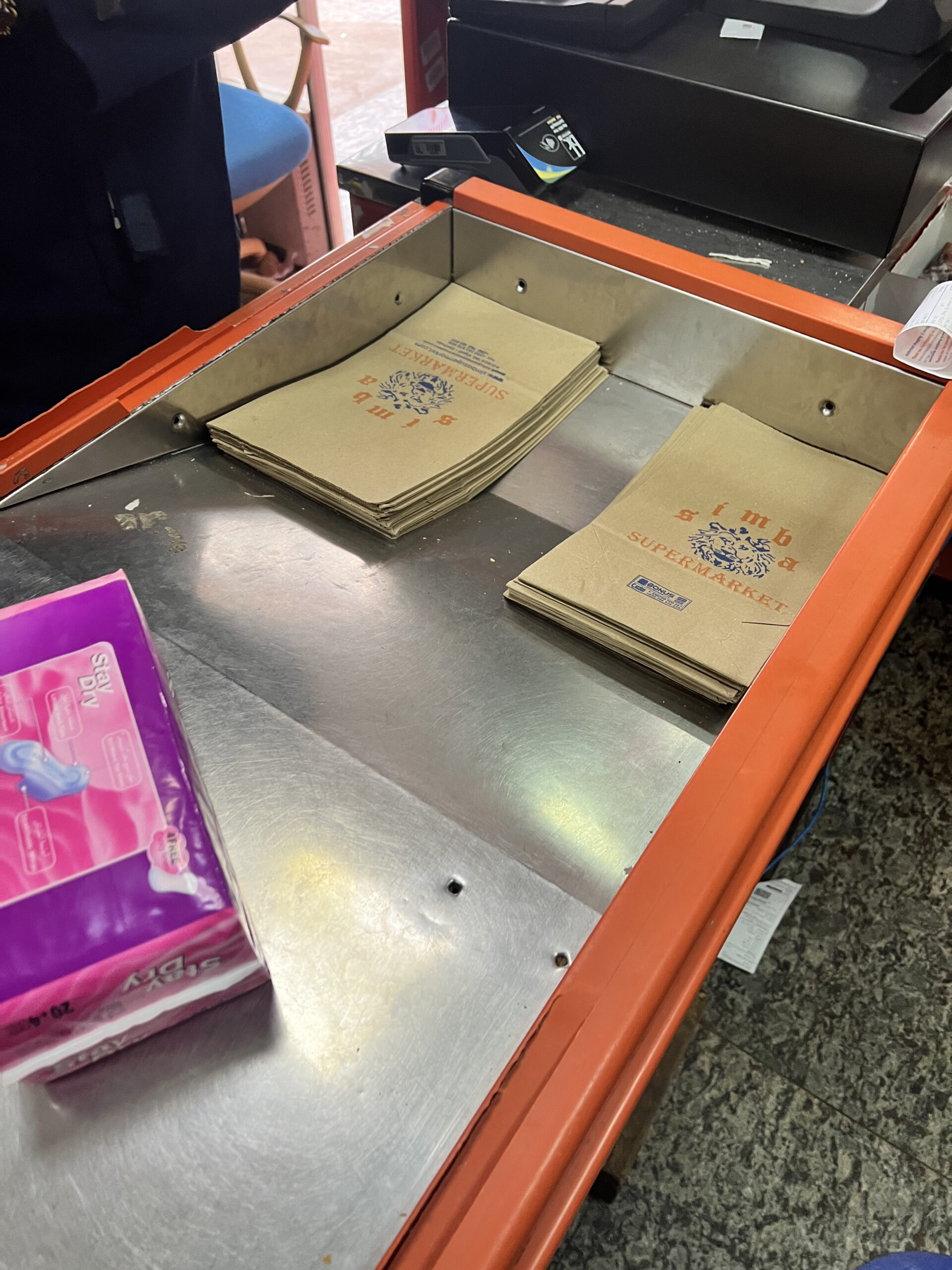
The Kigali Cultural Village
This cultural village is where local artisans and craft makers come to showcase their products.
Planning Tip: The “village” is in the same area as the Belgian Peacekeepers Memorial, so after learning about the Belgian Peacekeepers, you can stop by and shop!
Final Thoughts on Rwanda
Rwanda was my first East African country and was a great introduction to the eastern part of the continent. I found myself constantly amazed at Rwanda’s progress and development. While I’ve tried not to continuously bring up the genocide because, if we’re being honest, it’s very easy for African countries to be overshadowed by their issues, in this case, I feel like it is necessary to understand Rwanda’s progression.
I always say it’s one thing to read about historical events and textbooks, but another thing to actually get on a plane and travel to that country and see the Reminence of those events for yourself.
Moving past 1994 was no small event, and honestly could have easily crumbled the country and led to some of the same harsh conditions its neighbors face today.
The natural beauty of Rwanda constantly took my breath away.
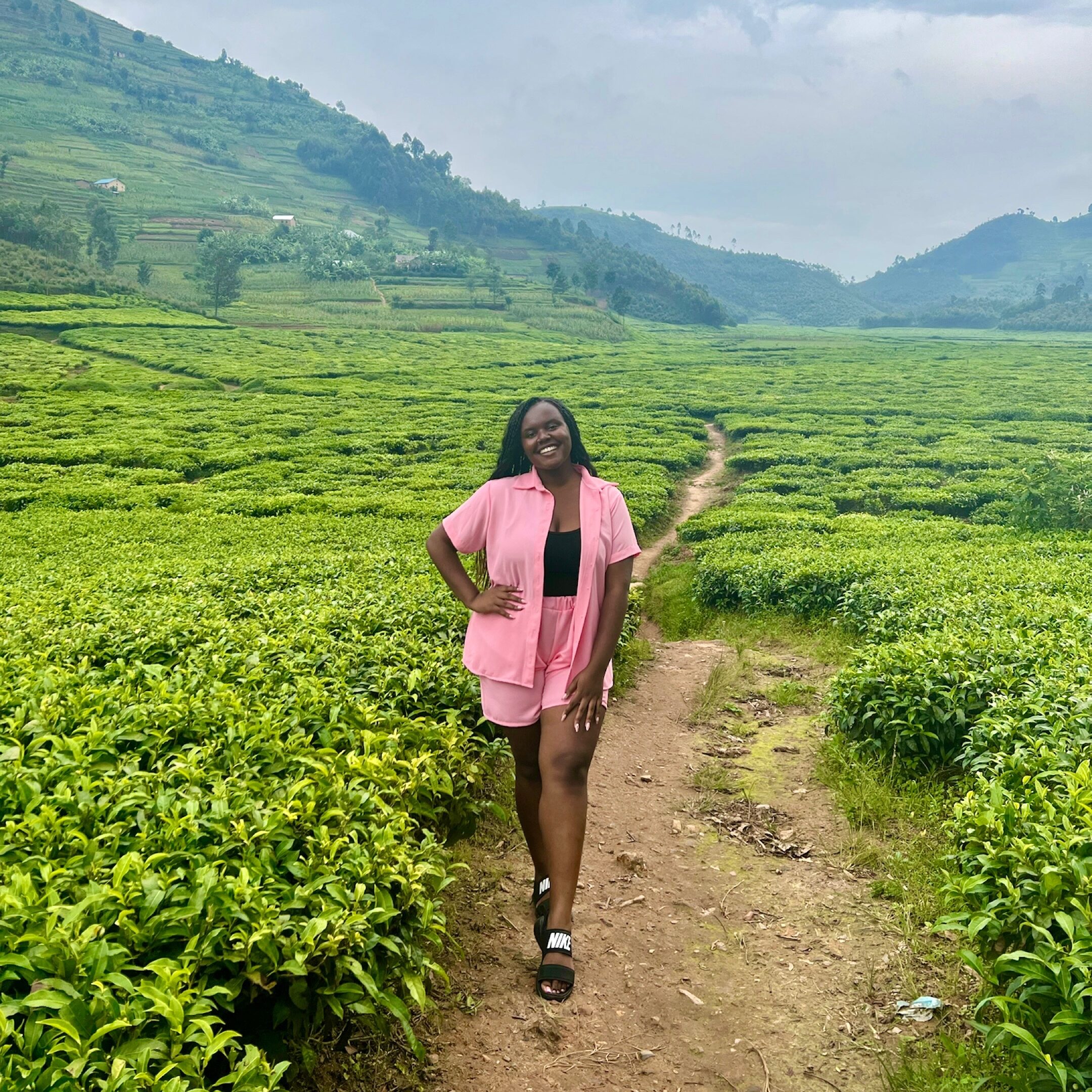
If I’m being honest, at first I didn’t think Rwanda was somewhere I would be eager to visit again or would need to be a repeat country for me. I didn’t find it to be a super exciting place. I visited during December, so I would be willing to visit around another time, as I understand many people may have been traveling, but it was extremely quiet.
However, as I reflect more on my trip I would love to visit again and learn the ins and outs of the country. Dig deeper beyond the surface level as I often do and really get to discover some of the “hidden gems”. The first trip is always filled with the touristy sites and repeat countries give you the chance to learn and see more.
Rwanda is considered to be a small country in comparison to other African ones, and I didn’t touch every corner but did get to see different regions, which I’m always proud of when traveling.
I definitely think it’s a country that is worth visiting to get a glimpse of how far they have come.
Lastly, I was shown a lot of grace in circumstances where grace did not have to be extended in Rwanda, and I will never forget it.
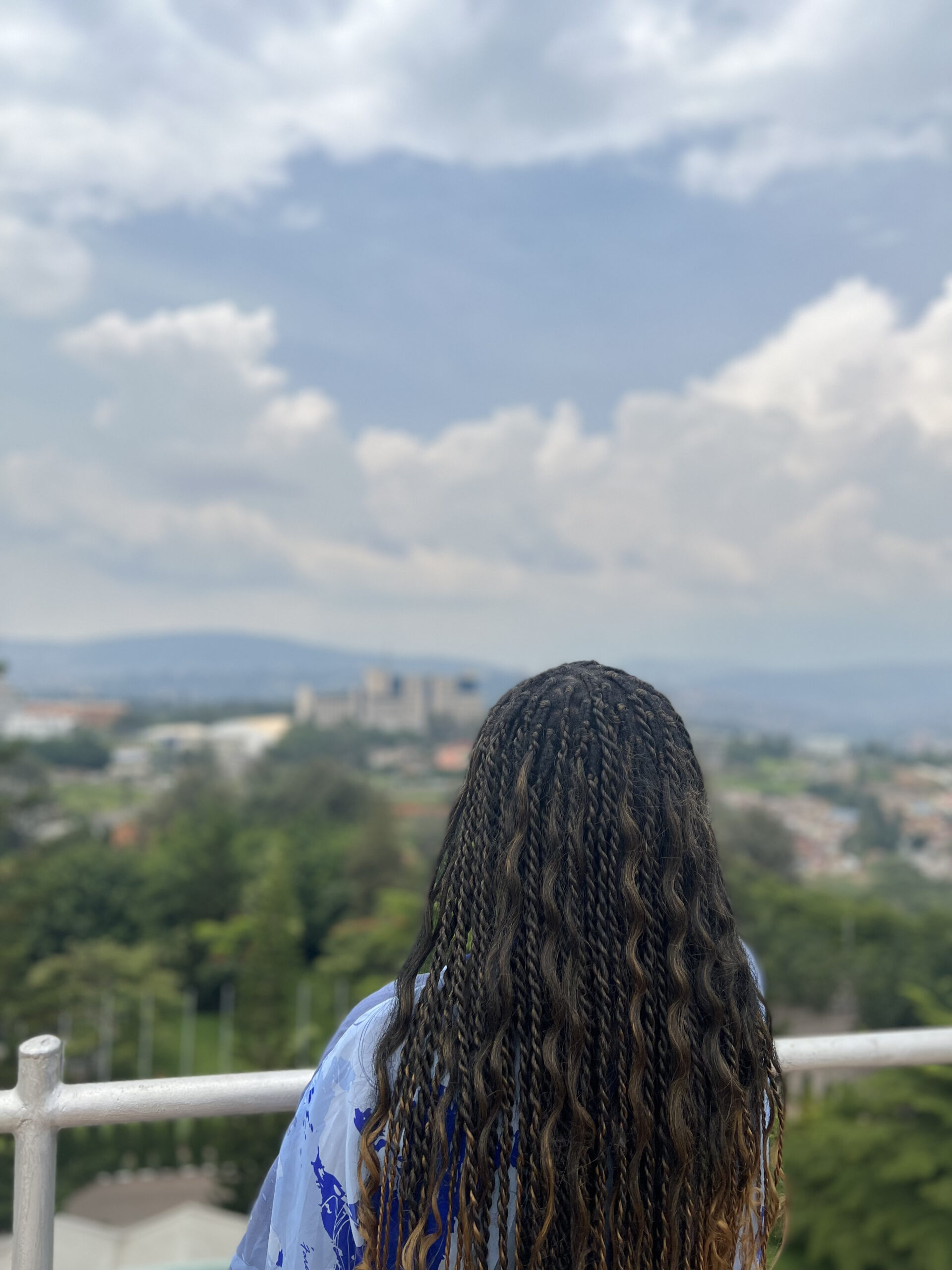
I lost my travel credit card in Rwanda and was accommodated regardless. My hotel tab was closed for me as I waited for the money to come from my bank accounts, my tour operator really worked with me to ensure that I got to do the out-of-city activities I wanted to do, and I was constantly helped by complete strangers who really did not have to go out of their way to assist me as a visitor in their home.
I’m in a space where I am also trying to be better at extending grace, so my time in Rwanda was a beautiful reminder of why it’s necessary.
Until the next adventure.






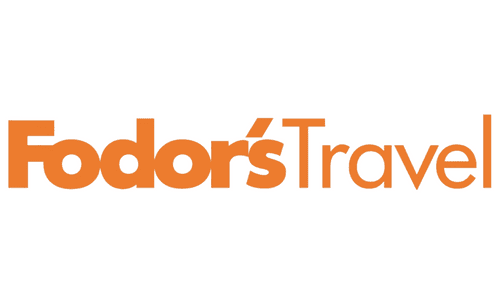
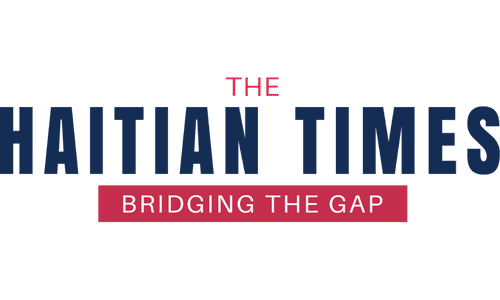





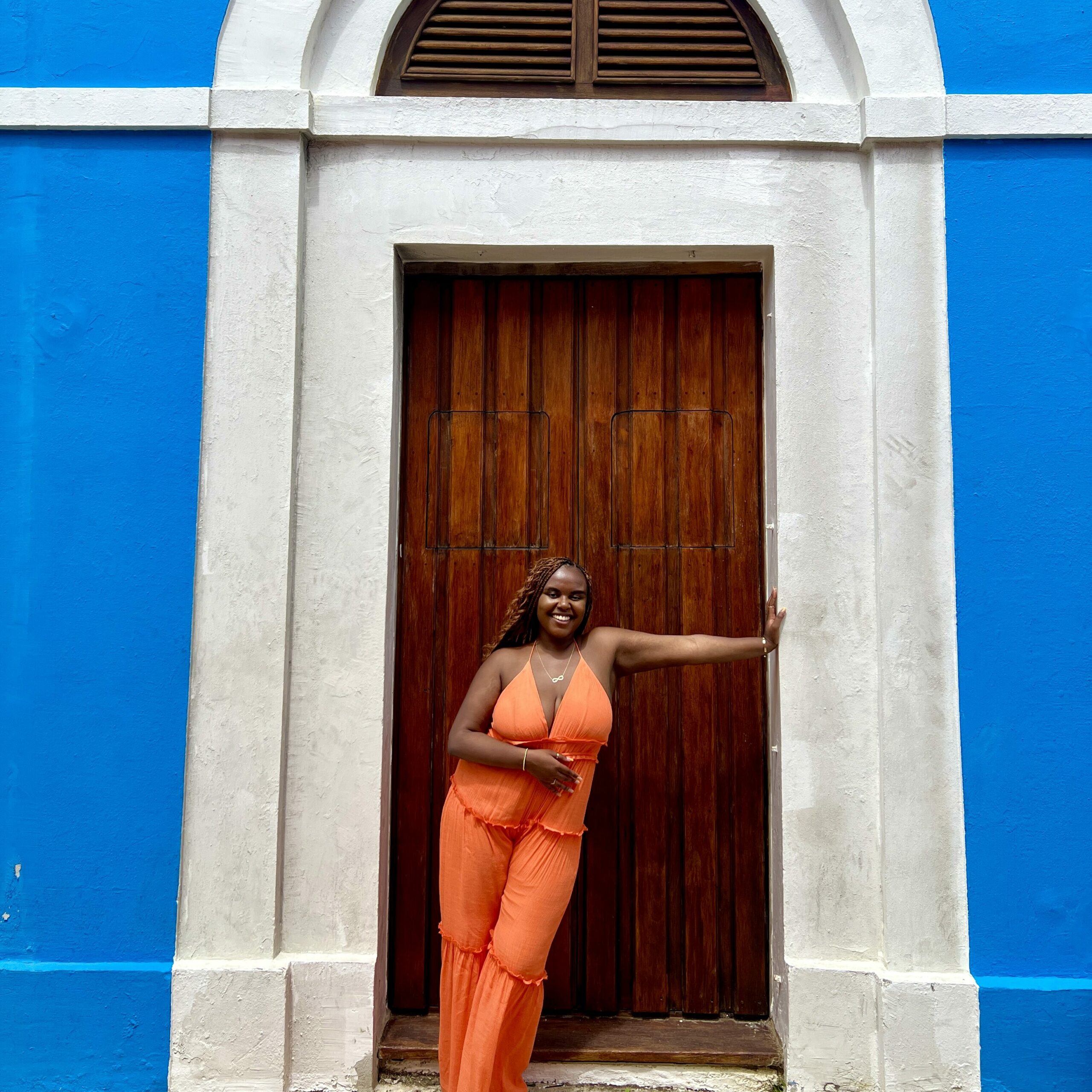


16 Responses
As you know I am so ready to get to Rwanda. Thanks for all of the information! You are right from my research I didn’t know there would be a language barrier, not an issue but good to know! I really want to get on the bicycle, the budget hotel was really cute and it’s seems you were accomdated well. Being the foodie I am I’m really eager to find more authentic Rwandan food. I will definitely be going to the tea shop. Kigali looks so fresh, can’t wait!
Hey Zariah! Yes I can’t wait to see your trip at this point!! Hope it’s everything for you and yes I wanted to shed light on the possible language barrier you might experience because no one really talked about it! Thank you so much for reading and commenting!
Hi Christina, this was very helpful for me as I’m planning a trip there in the summer this year. A few questions, did you see many hair braiding shops around? How did you travel from Kigali to the rural areas and was it expensive?
Nicola
Hi Nicola, thank you for reading! I did see some braiding shops and salon around Kigali. I thought I would do my hair there so I found a few via Instagram before coming as well using hashtags like #kigalibraids! Traveling to rural areas to go to Akagera, the tea factory, and the cultural village I was with Lion Safaris. The owner Emile was my guide and yes it was expensive as a solo traveler in my opinion.
He charged me $150 for the first tour which ended up being a waste because we couldn’t go inside (Mulindi Tea Factory)
$250 for Akagera National Park
$150 for the cultural village and another tea factory
So that’s $550! I didn’t expect the tours to be so expensive, but group tours were hard to come by! He does offer weekly group trips to Akagera every Saturday but it depends on how many people sign up so!
Yikes! Ok thanks for sharing these details I will do my due diligence to get the best out of my trip. Again this was very informative and helpful. Great post.
There are also ways to take buses/motorbikes to these locations! It takes a little longer, but is a fraction of the price.
Hi Sarah, yes this is true and something I was told as well! But I heard for tourists not too familiar with Rwanda it can be hard to find the places since there are not clear stops (not sure how difficult it would be), but if I wasn’t solo I definitely would have taken the leap of faith!
Thanks for all the great info! I’ll be arriving late in the evening (1am) and was wondering if you had any issues with early check-in at Baobab? I am also struggling to find tours to join as a solo traveler and will tey Lion Tours.
Hi Allie! Glad you found it useful 🙂 And no, I actually also arrived around 1am and was still able to get into my hotel room but I believe I paid for the night I was arriving! I recommend sending them a message and communicating with them. They were always so helpful and very accommodating.
Yes its so unfortunate that there aren’t more group tours, but I also found a group called Explore More Tours online that had group tours. You can WhatsApp +250 788 771 883 to check if the owner has any! (I did not book any tours with them so I can’t confirm if it is reliable, but it’s something!
Have a great trip!
Loved reading this!! I was in Rwanda a few years back and it’s truly such a wonderful place to visit!
Hi Alice! Thanks for reading! It was an incredible country to experience 🙂
Thanks CJ. I actually used this guide to plan my tea factory tour experience in Kigali. Was truly helpful. Keep up the good work
Hey Kofi! Yay! That was one of my favorite experiences in Rwanda! Glad you loved it 🙌🏾
Thank you for writing such a thorough recap of your trip; I am a planner and this post really gave me the courage to put Rwanda on my travel list. Also, I love your white and blue kimono!
Hi! You are very welcome! The planner in me is so happy for the planner in you!! Rwanda is truly one of the most eye-opening places I have traveled to. Hope you get to visit and thank you for the compliment!